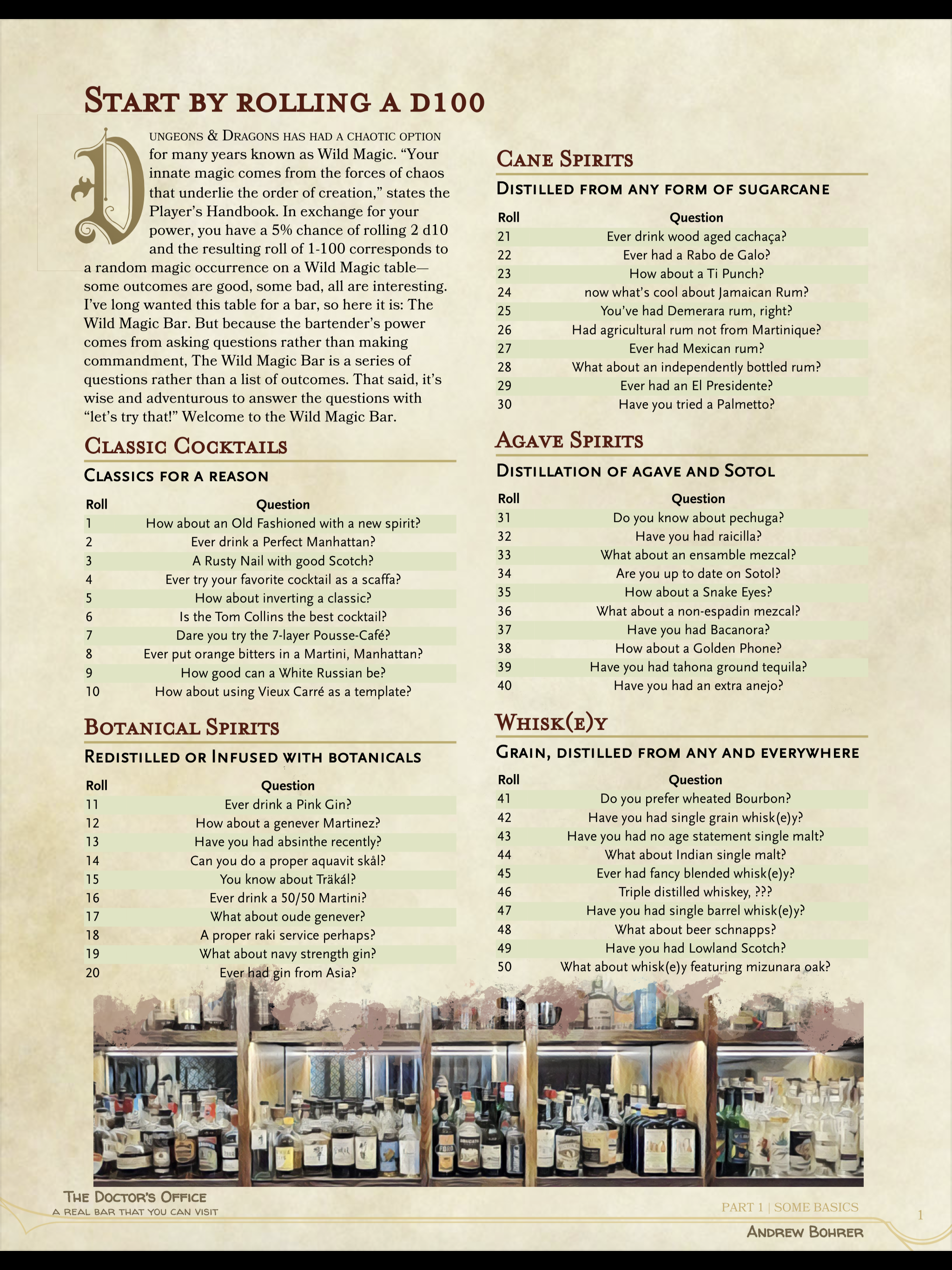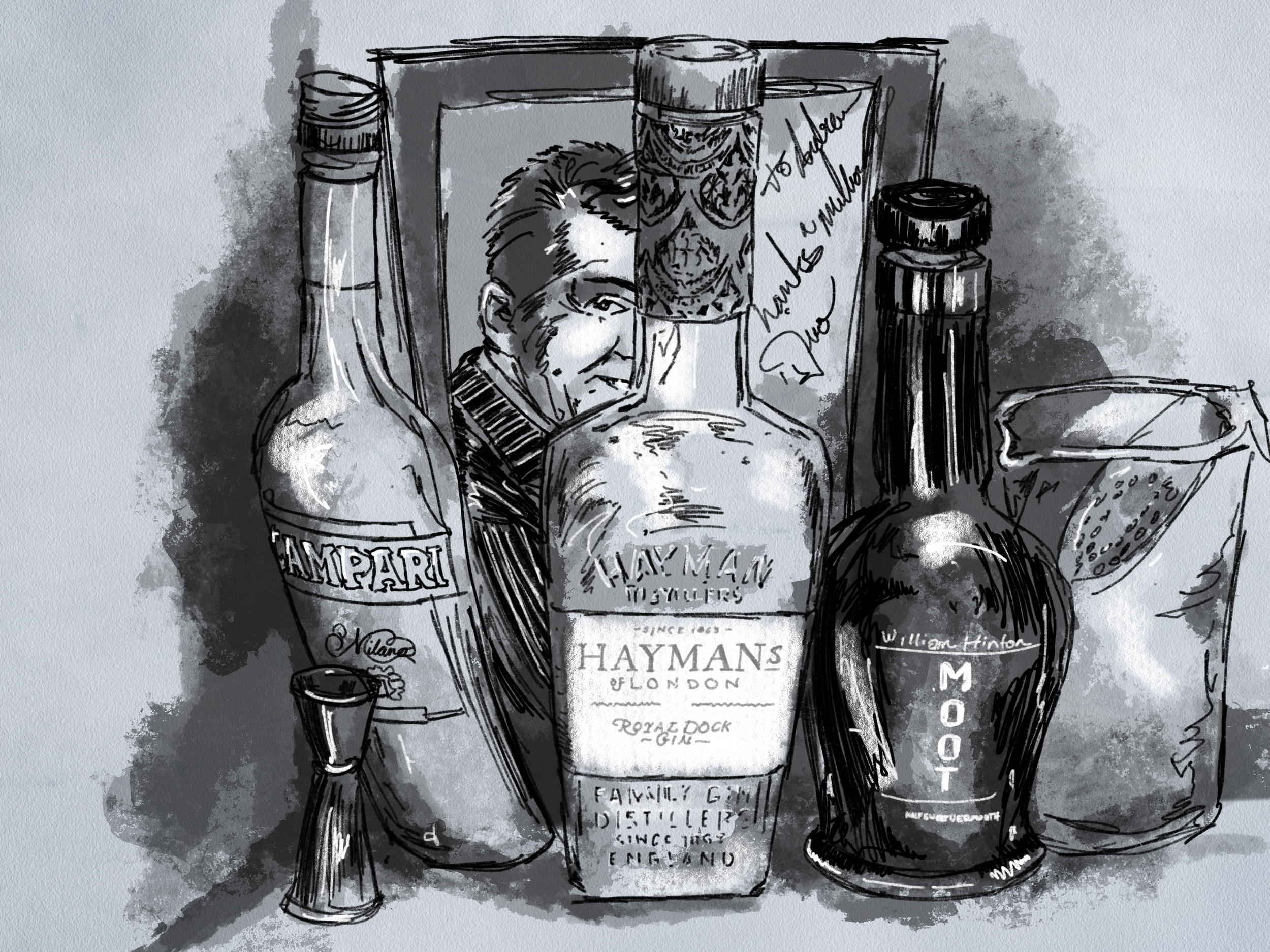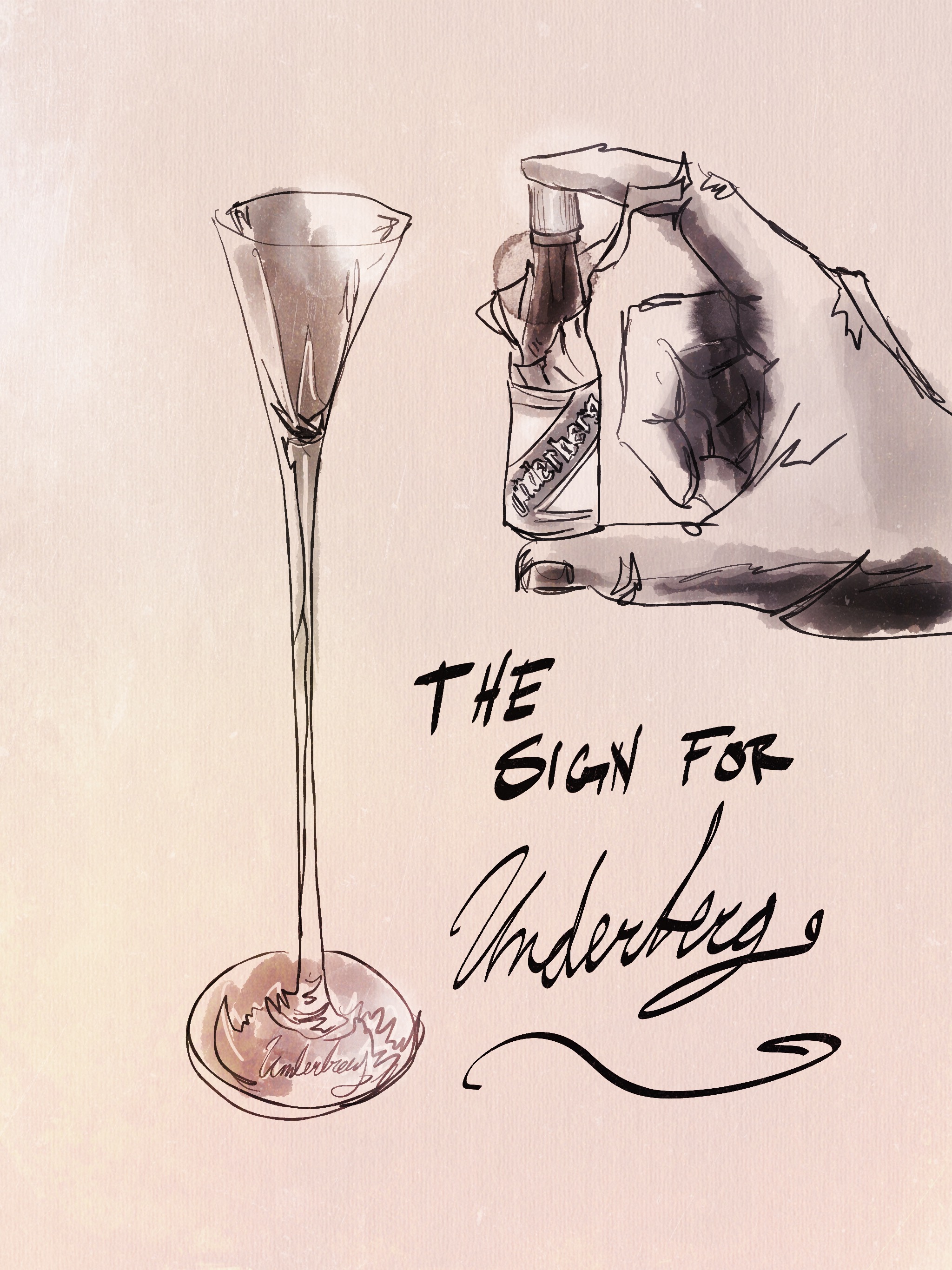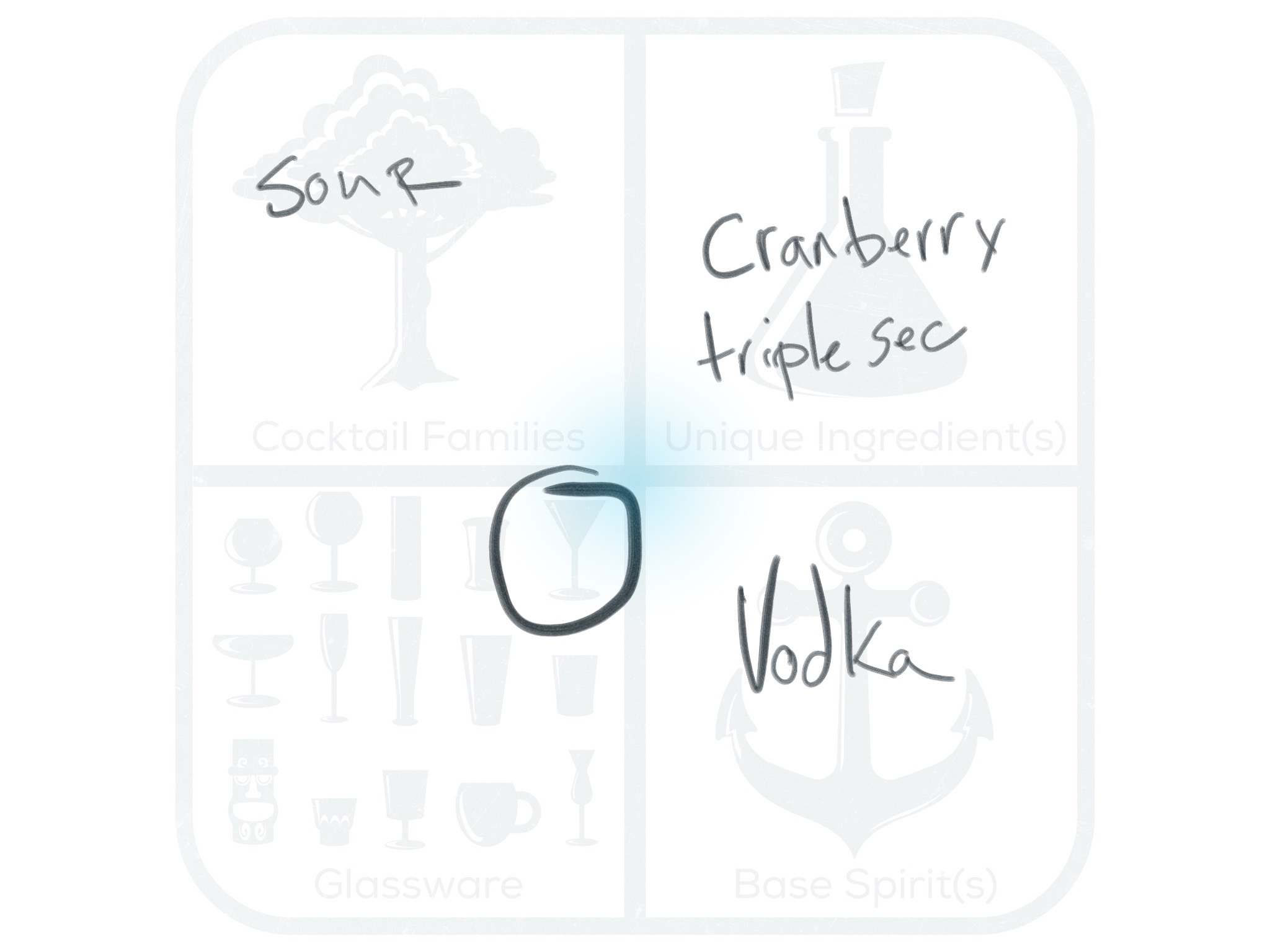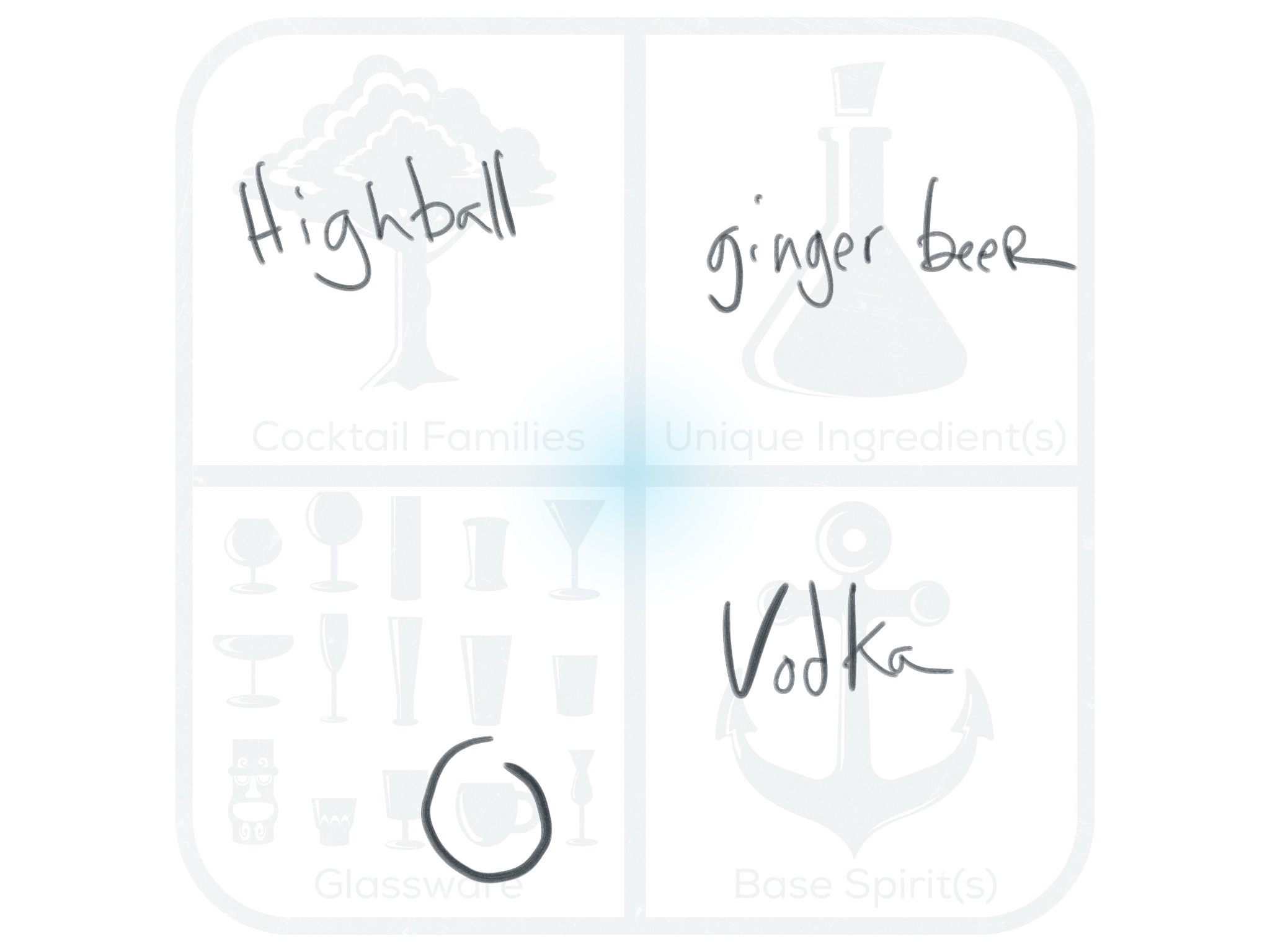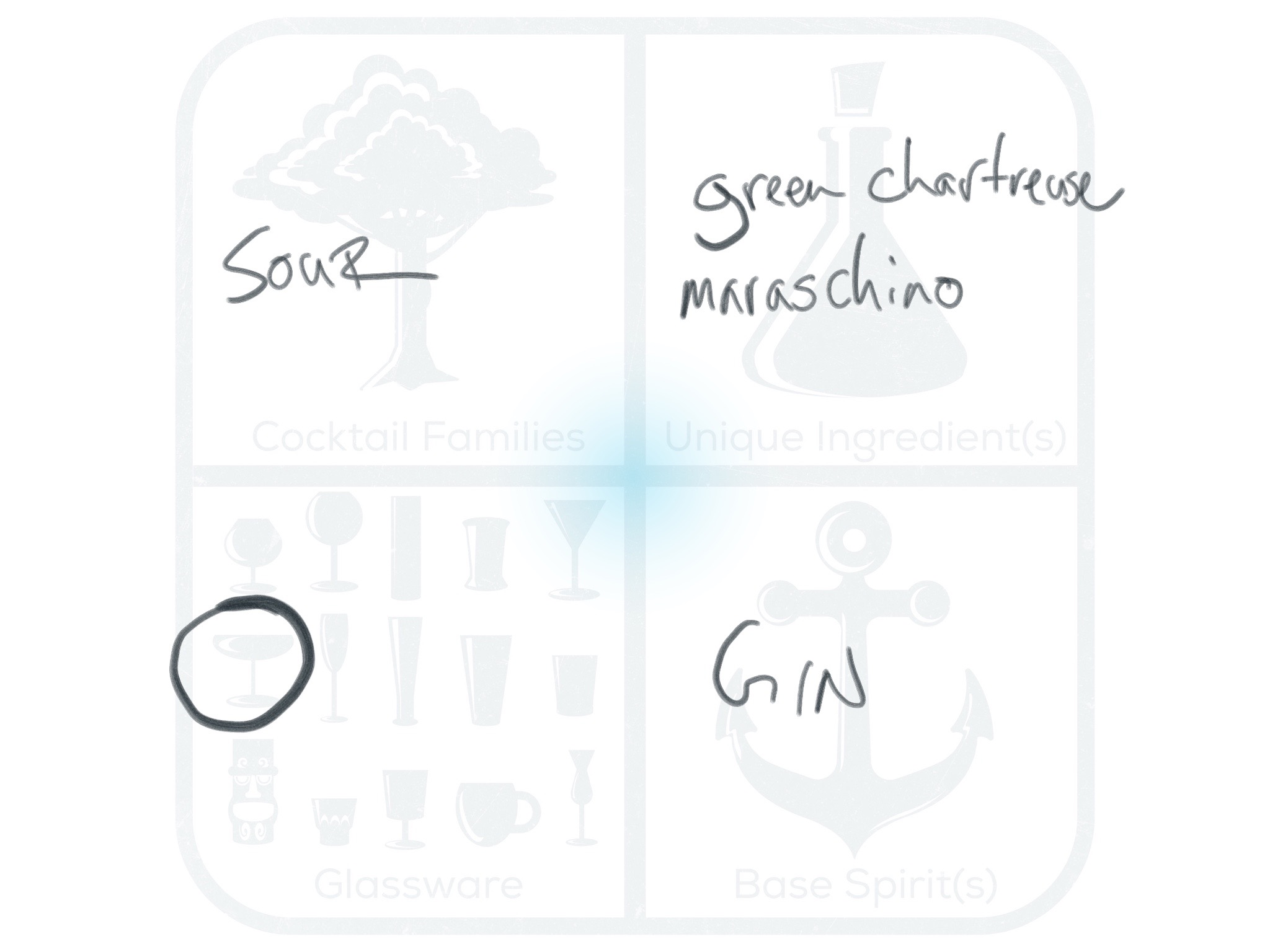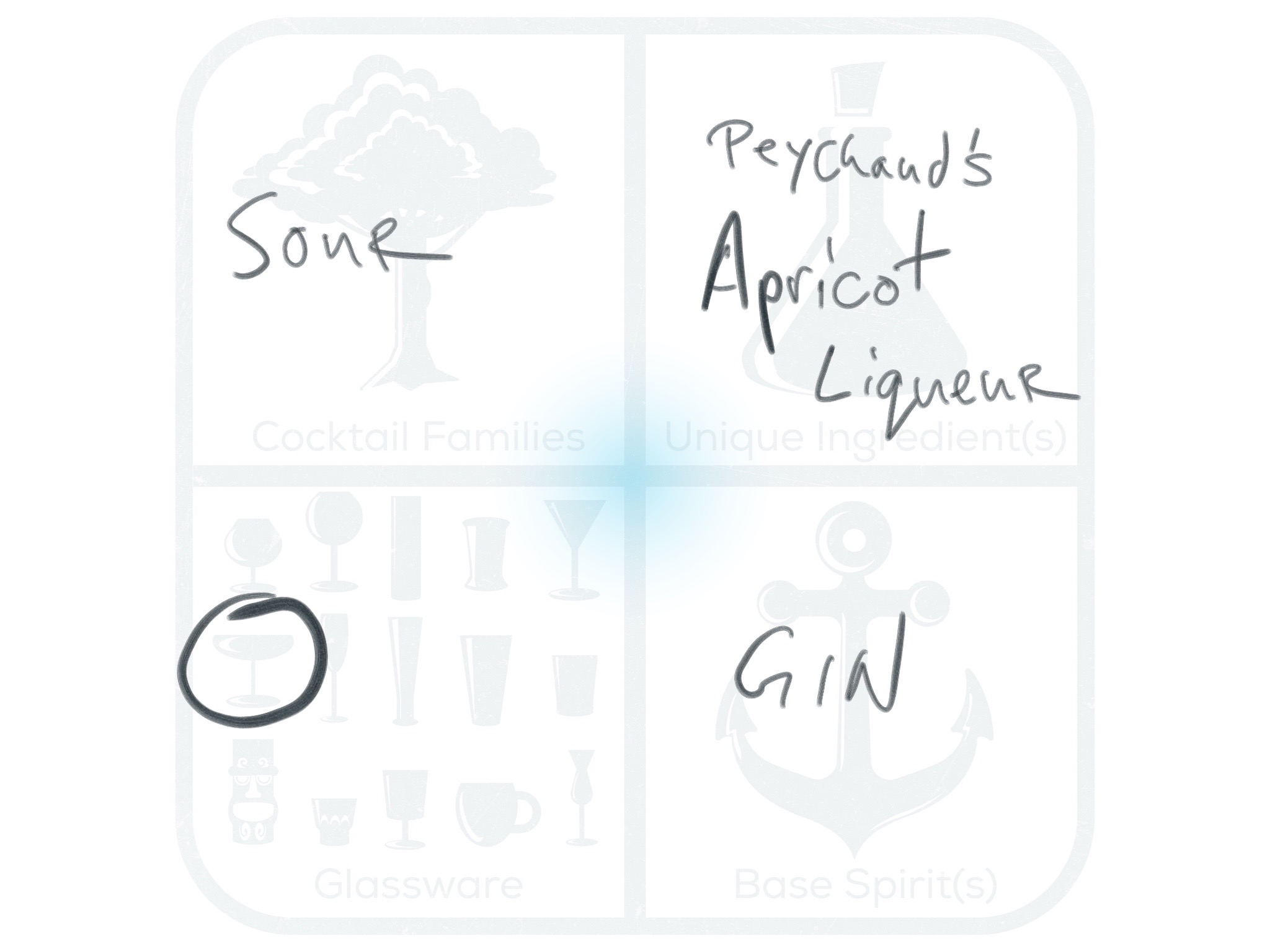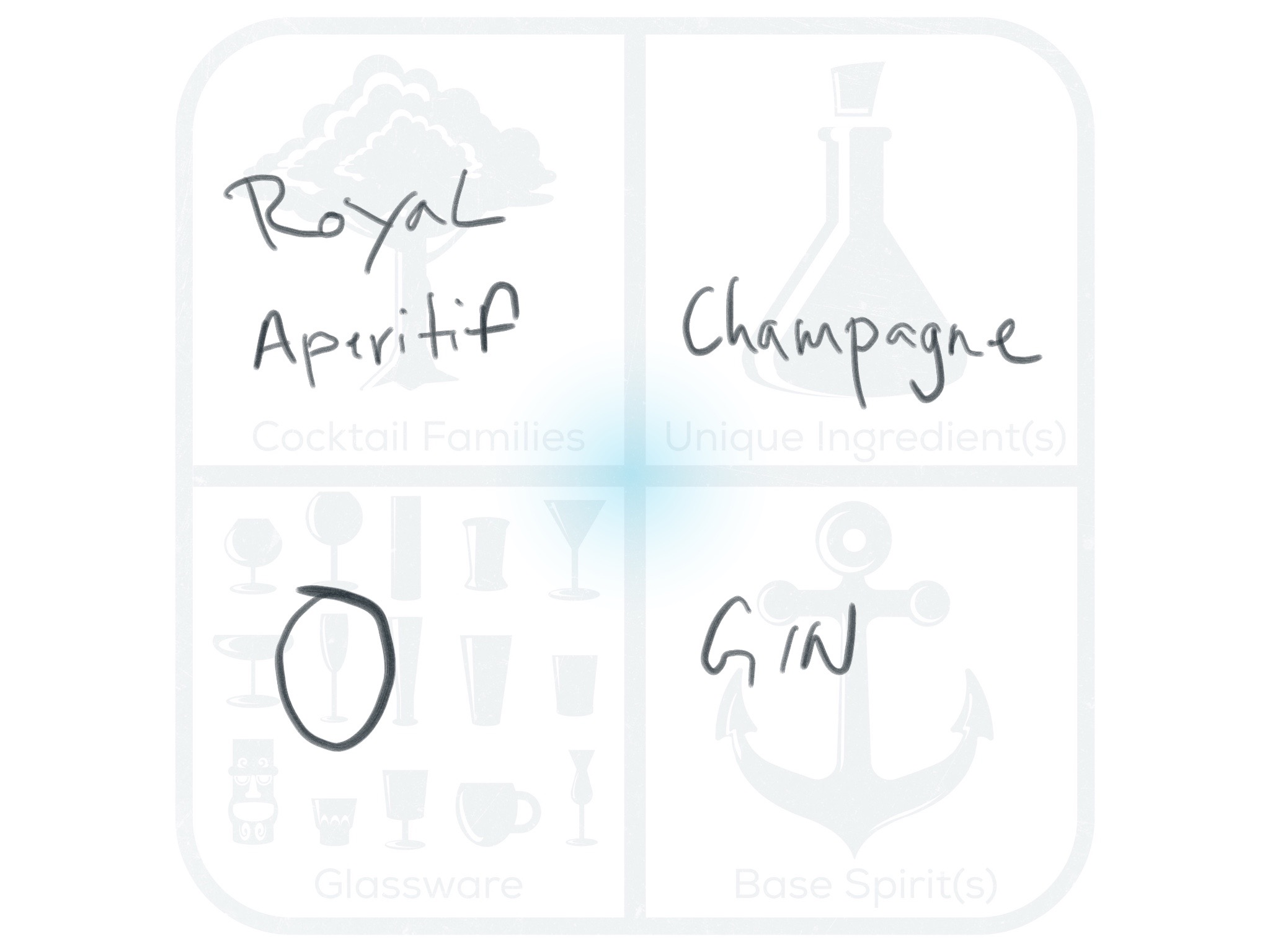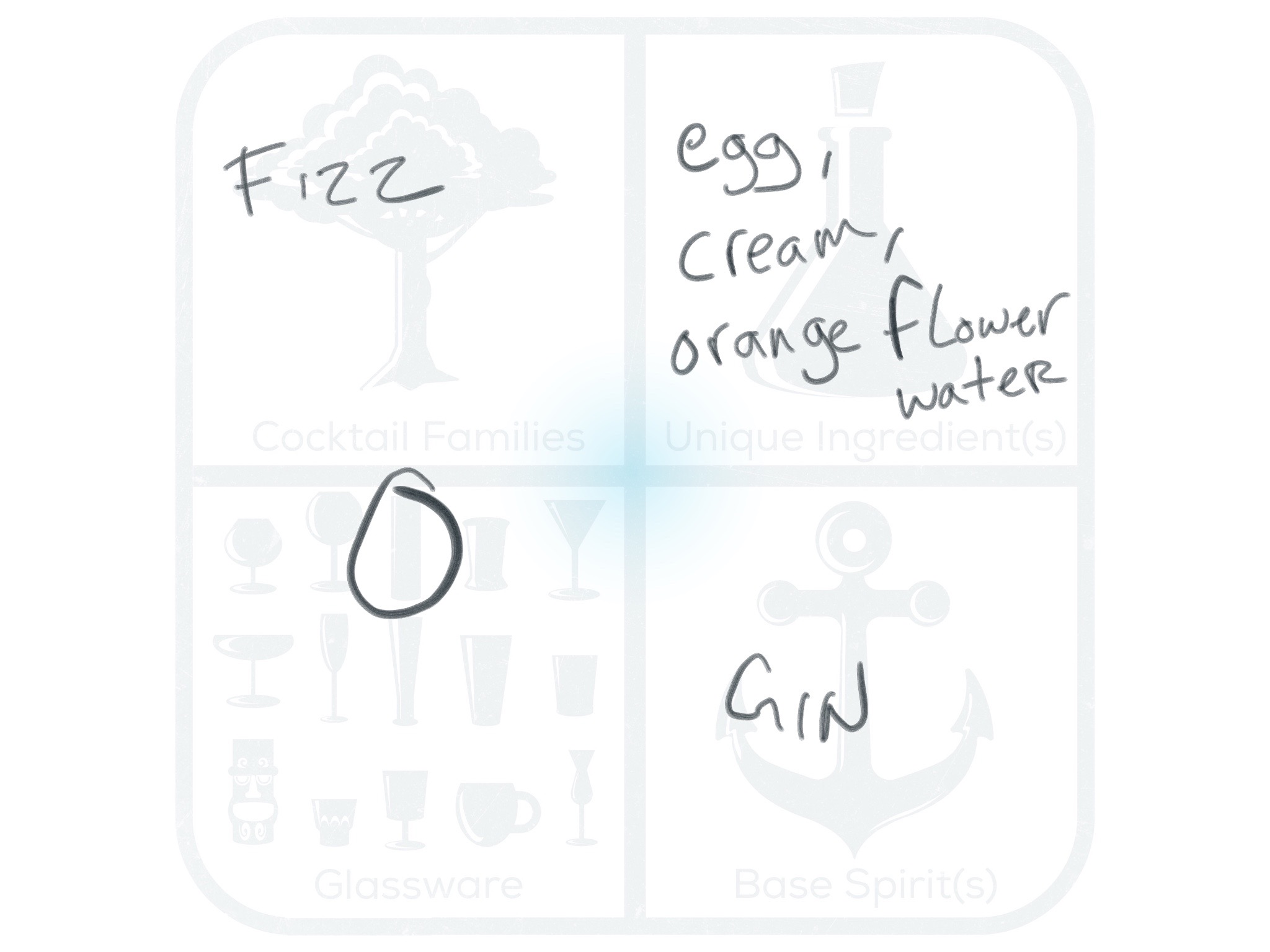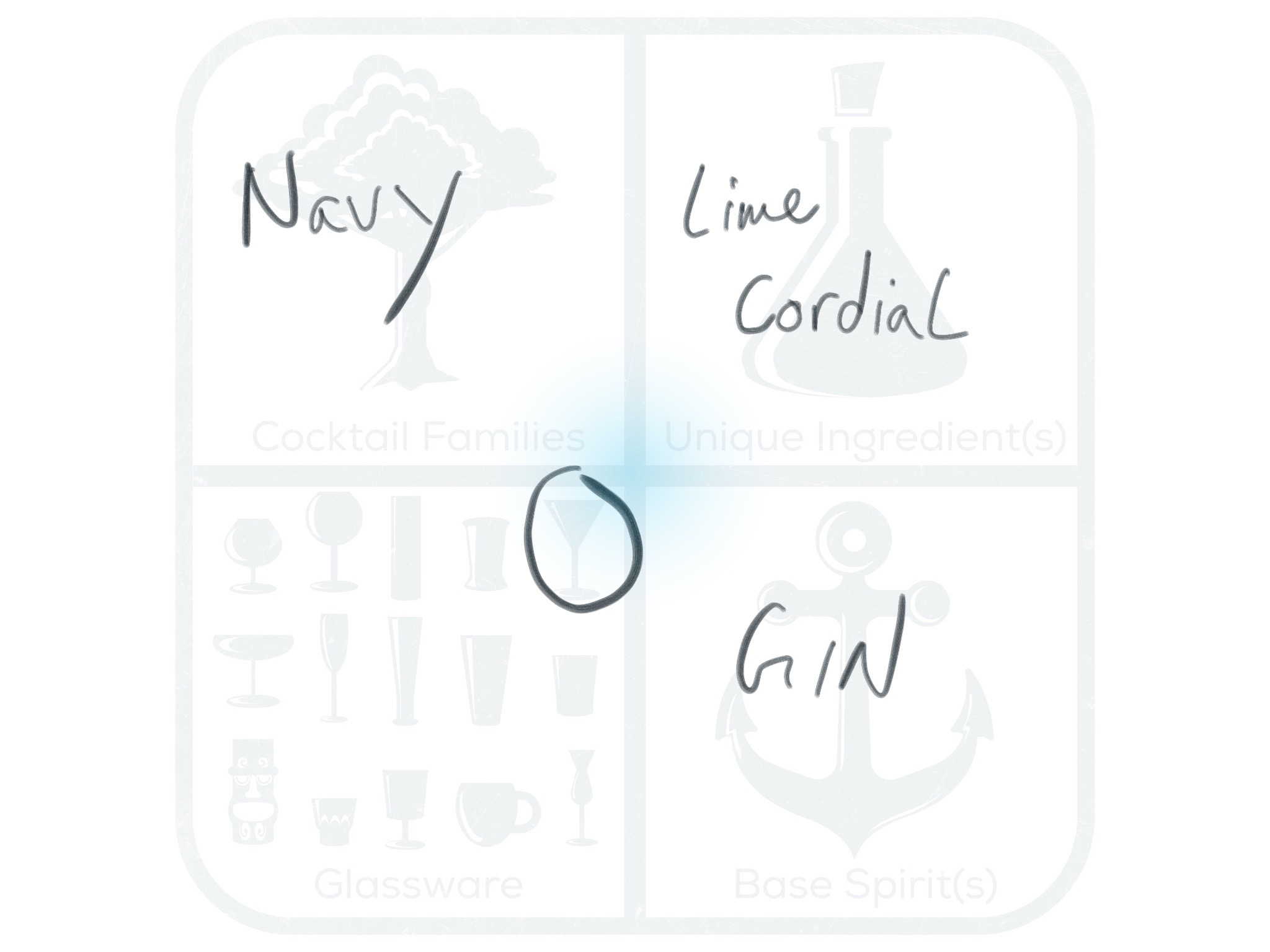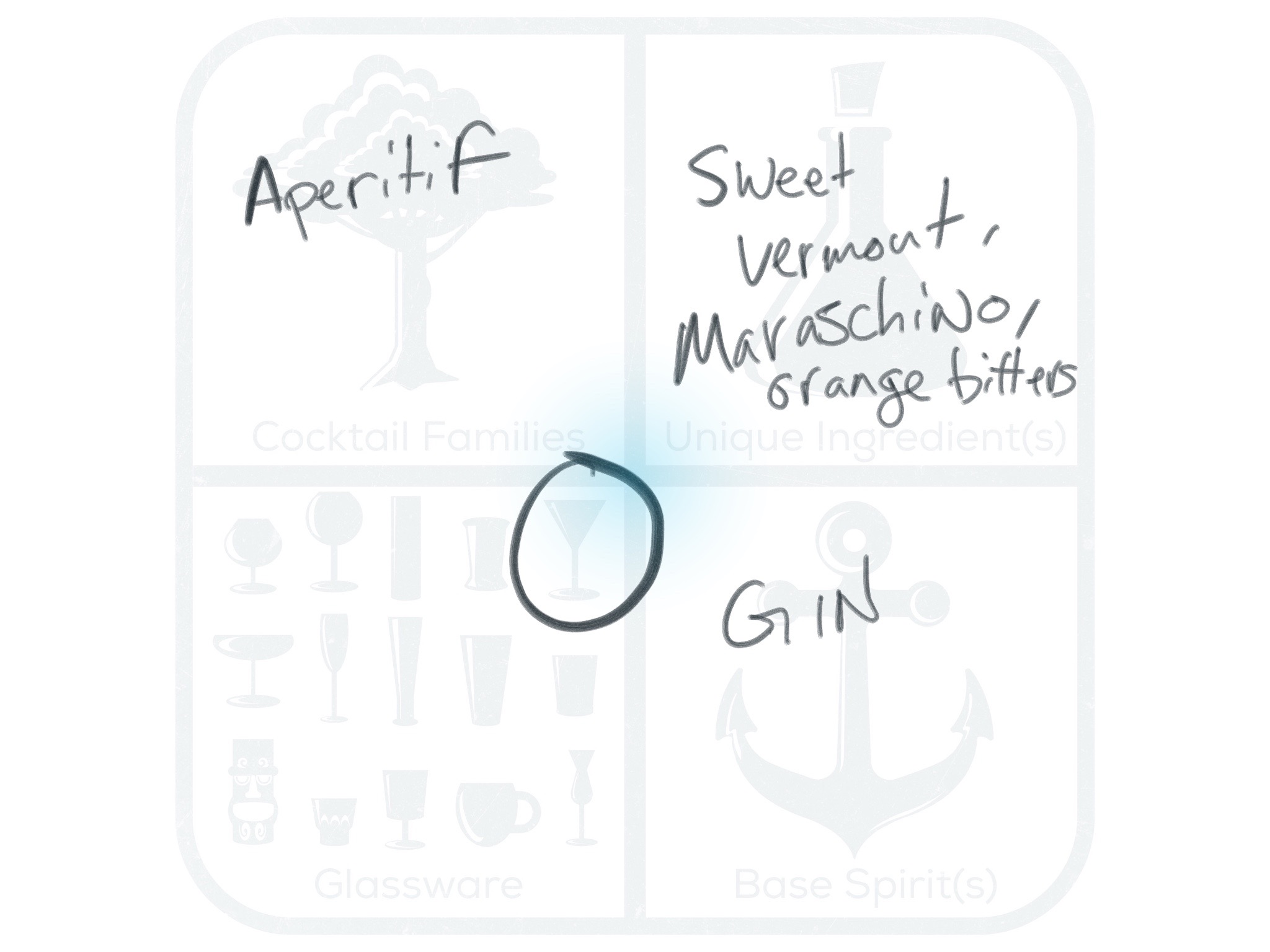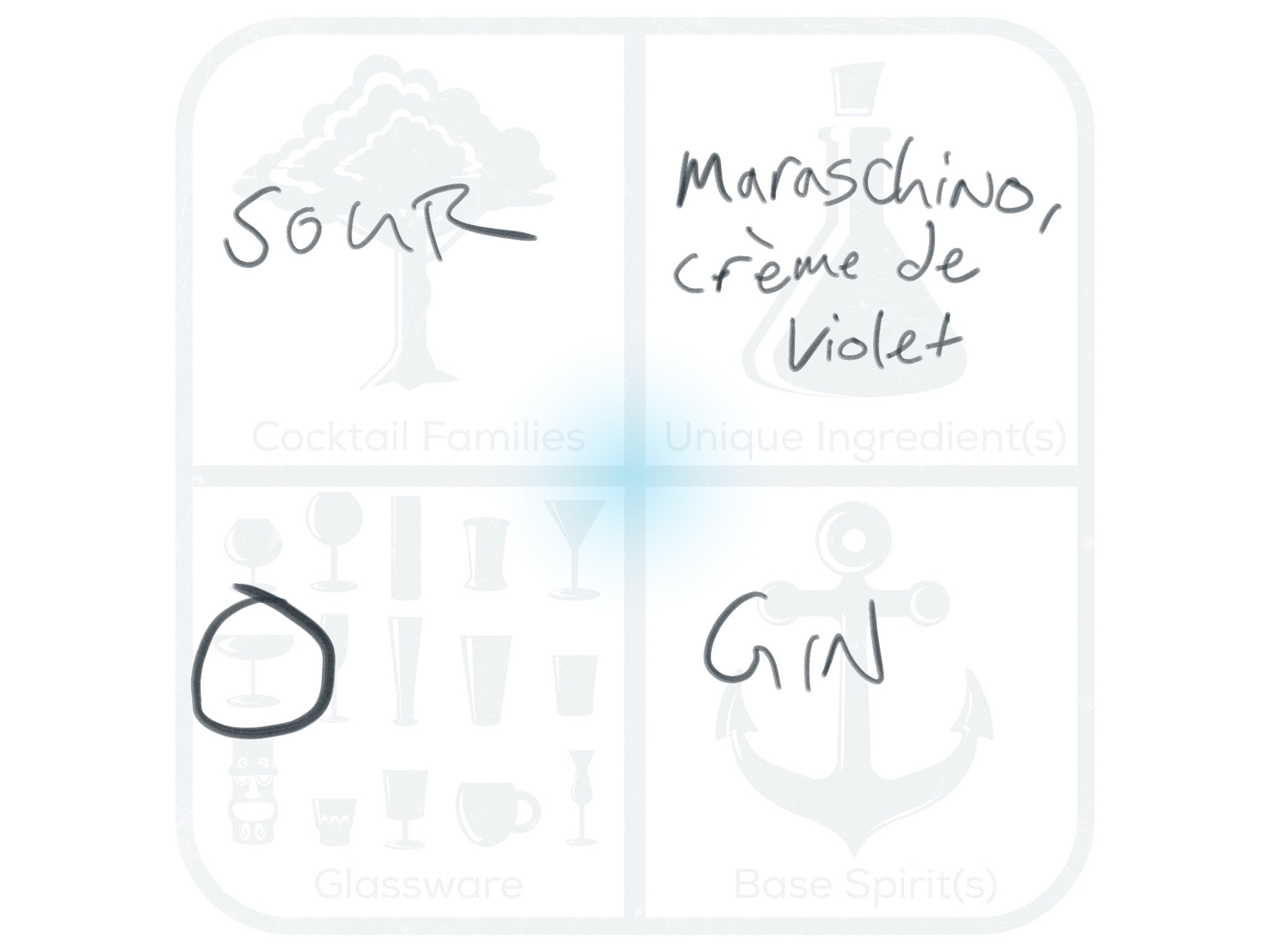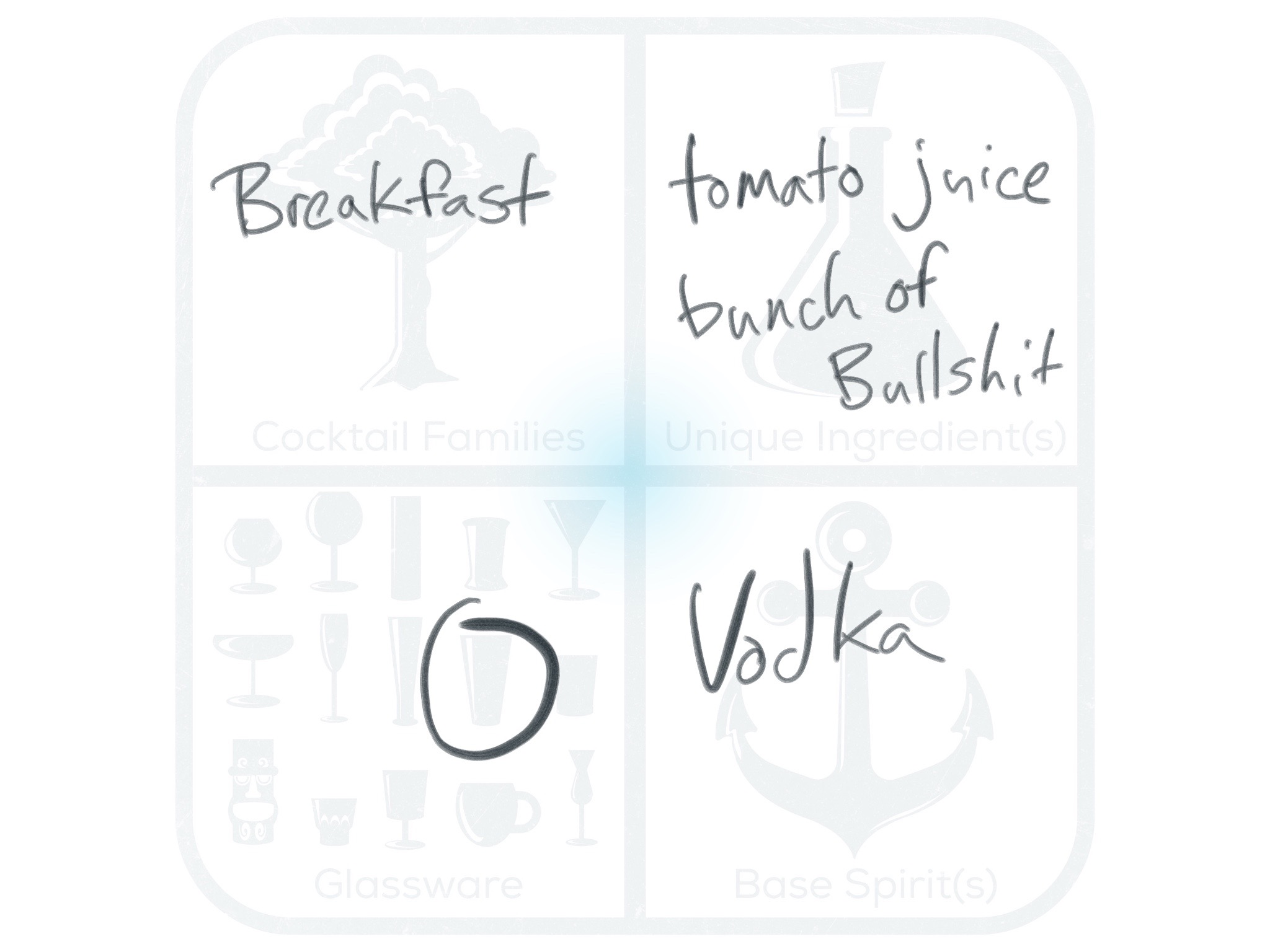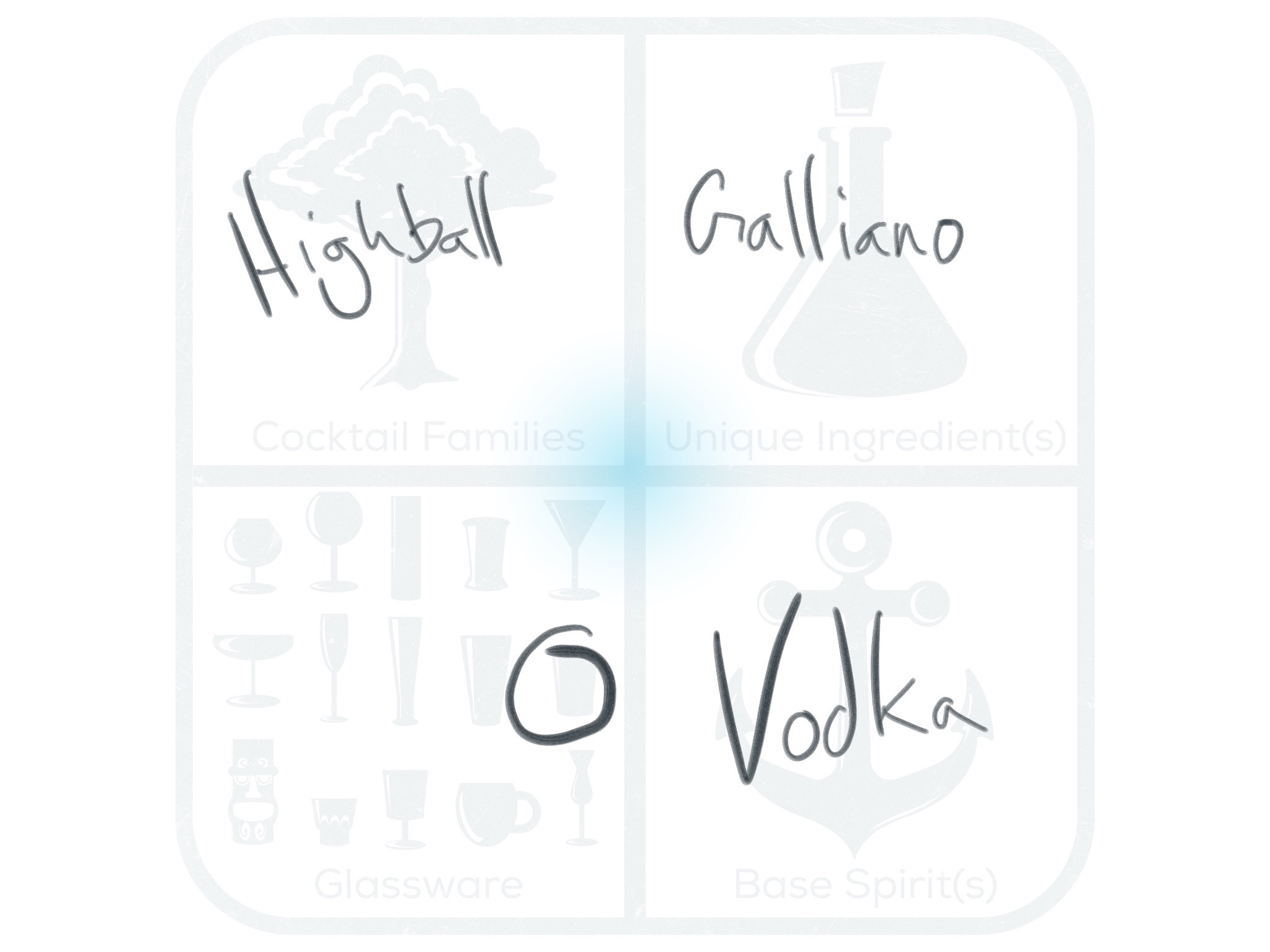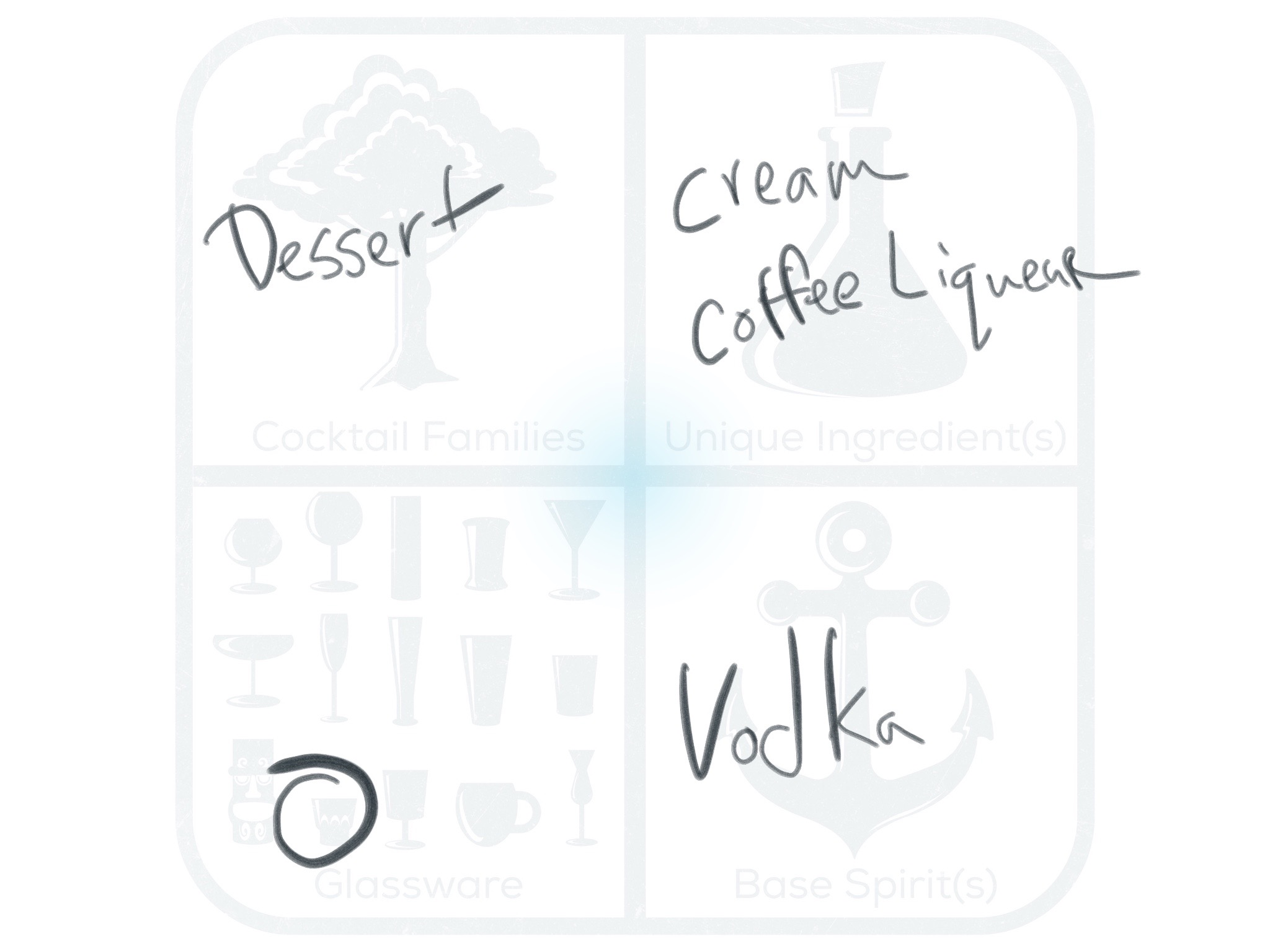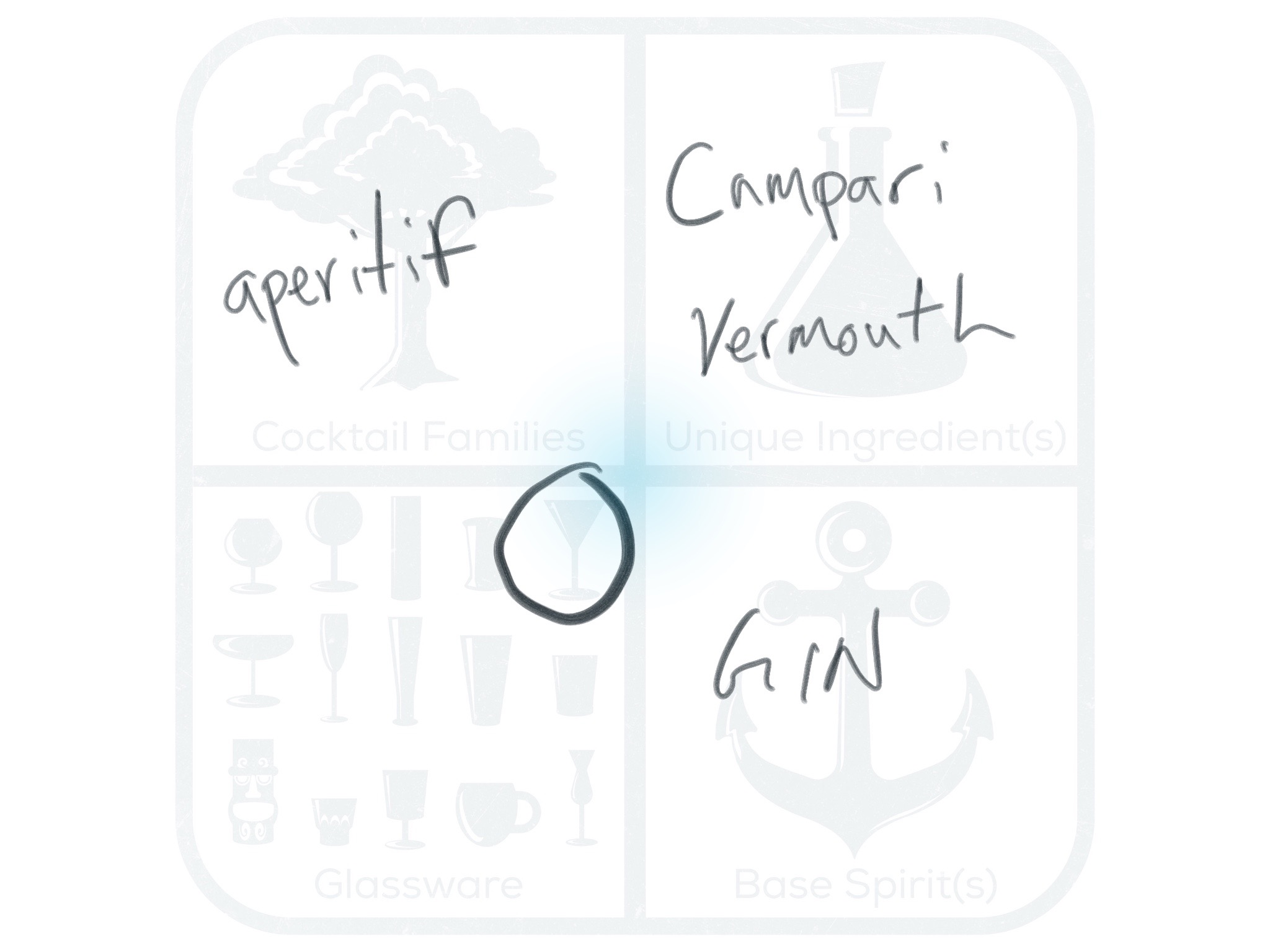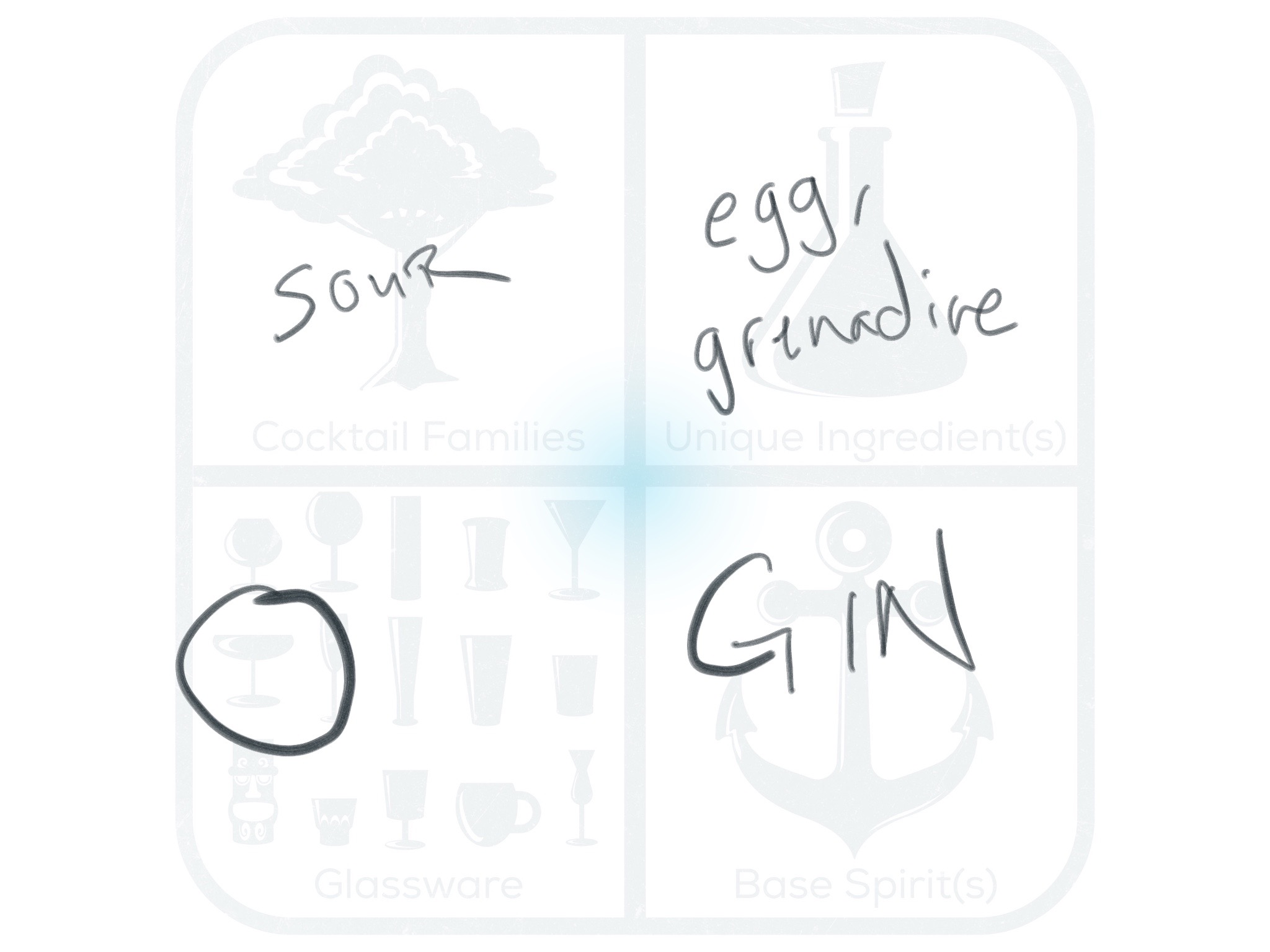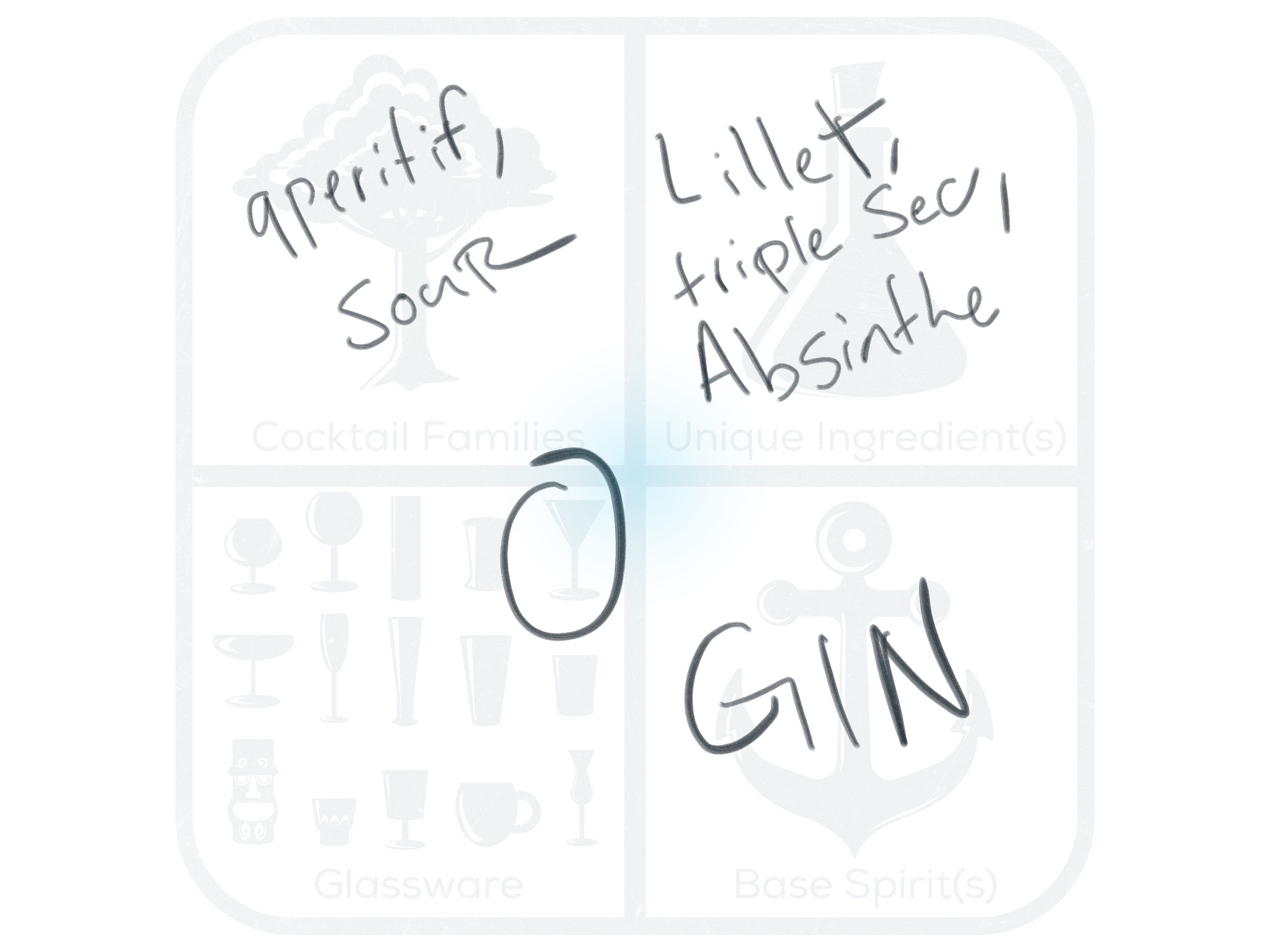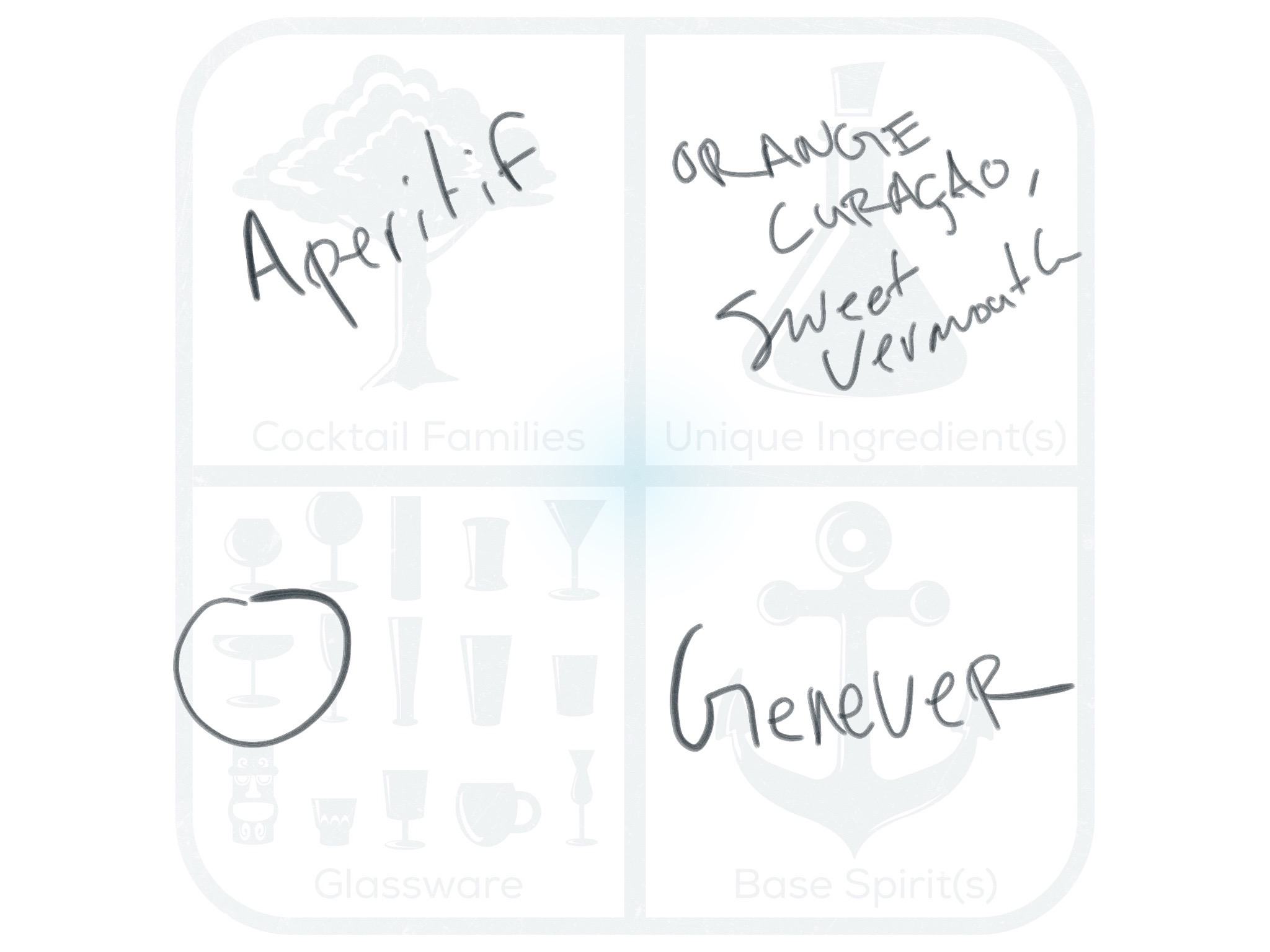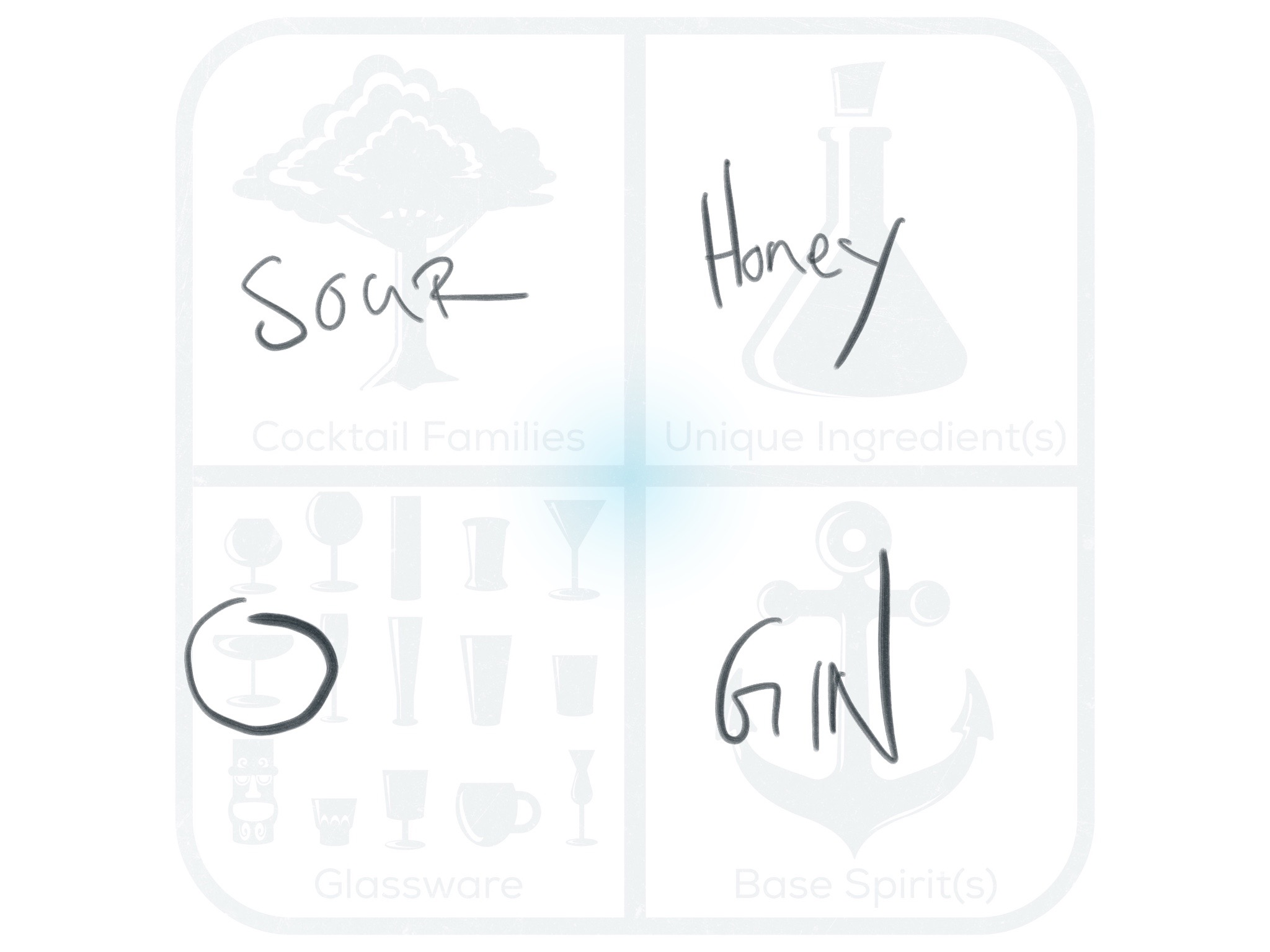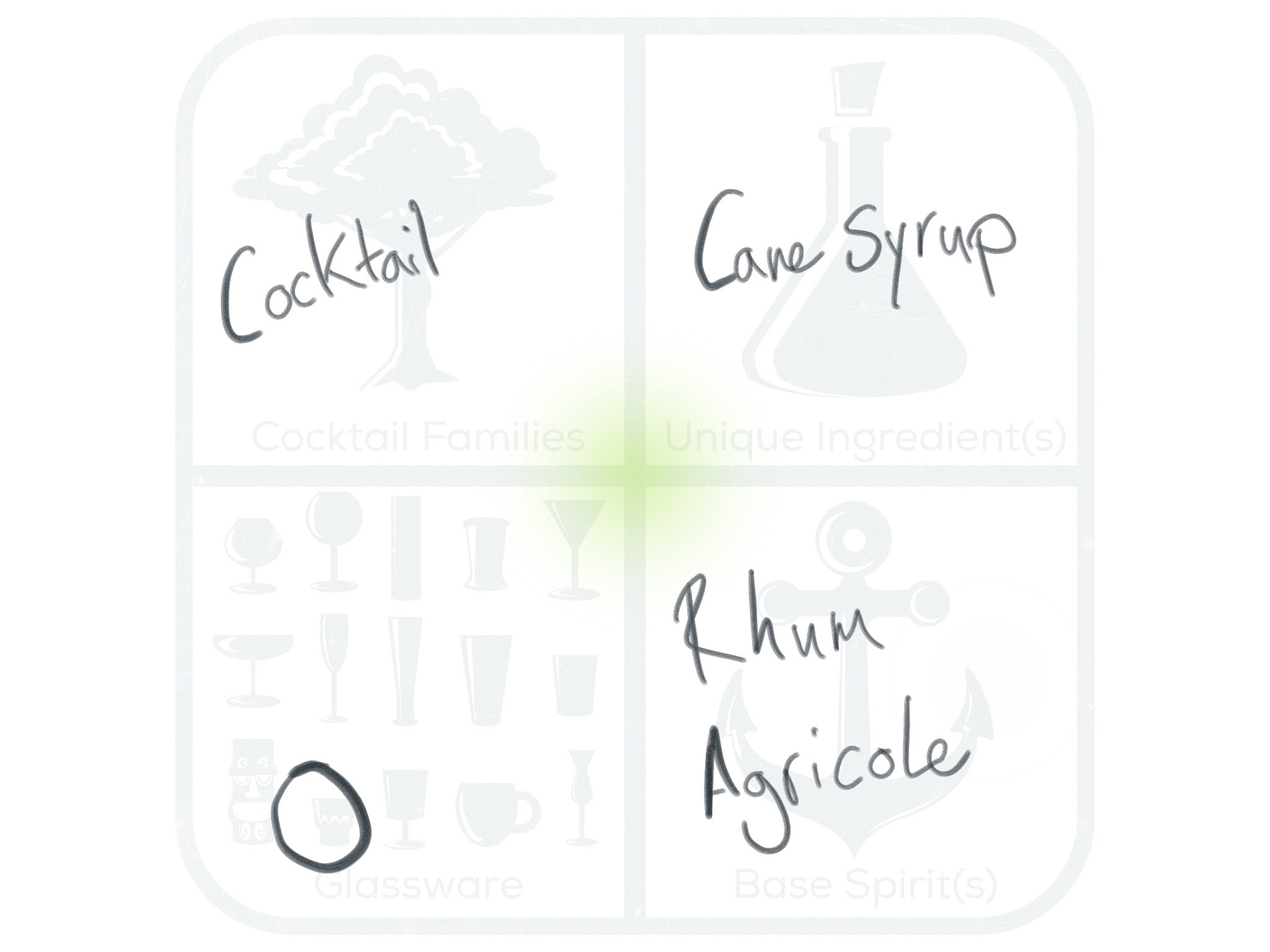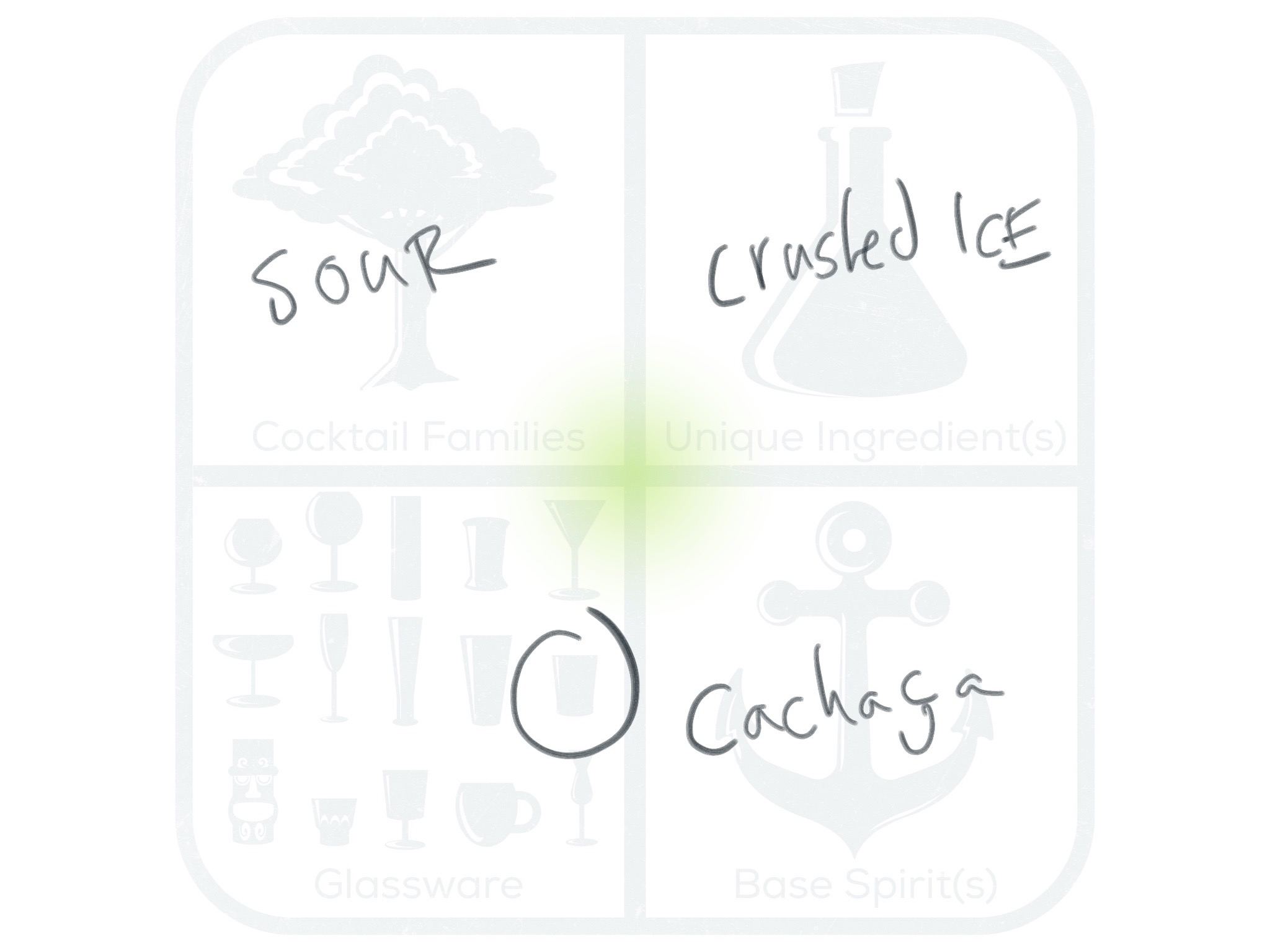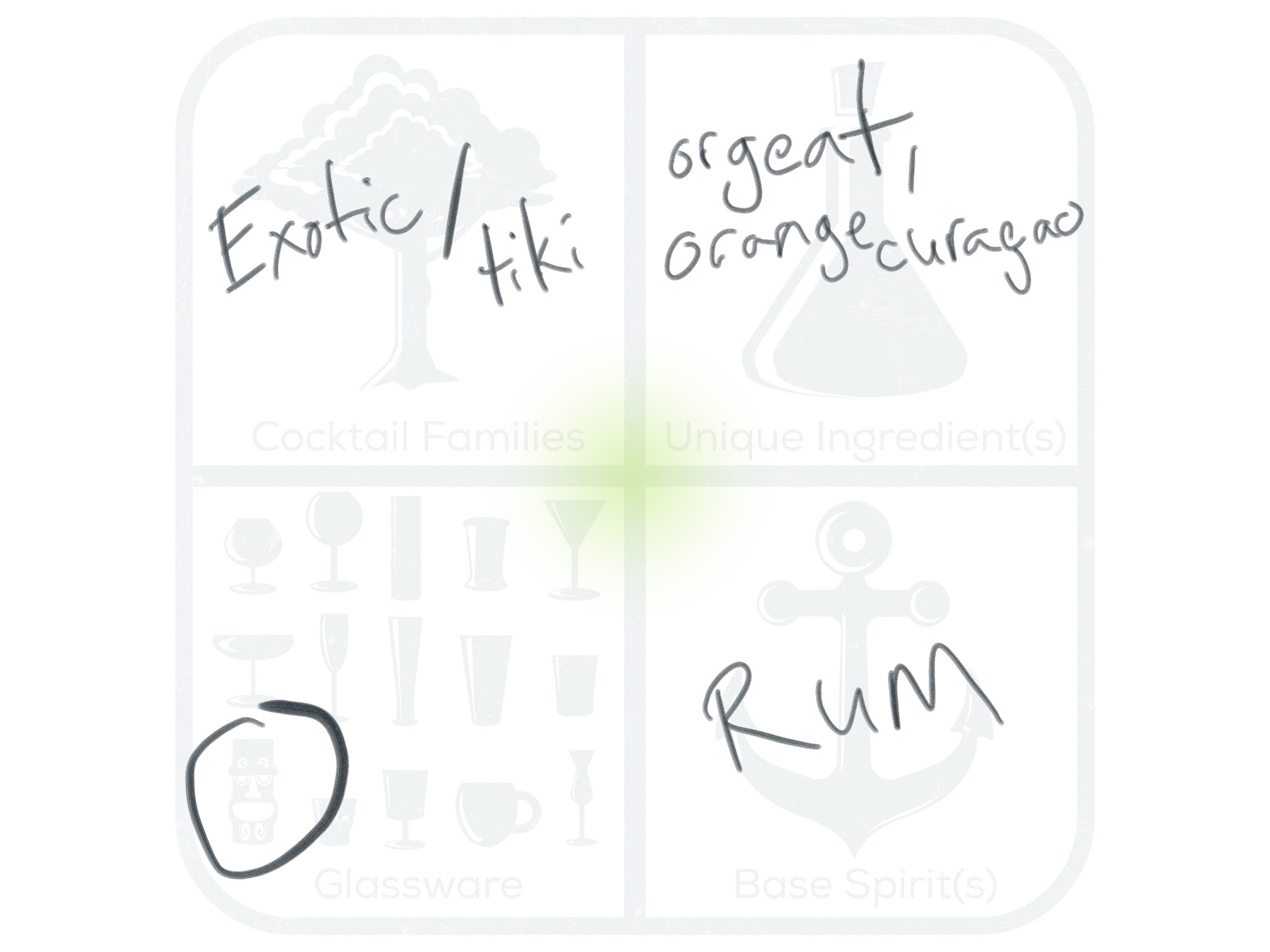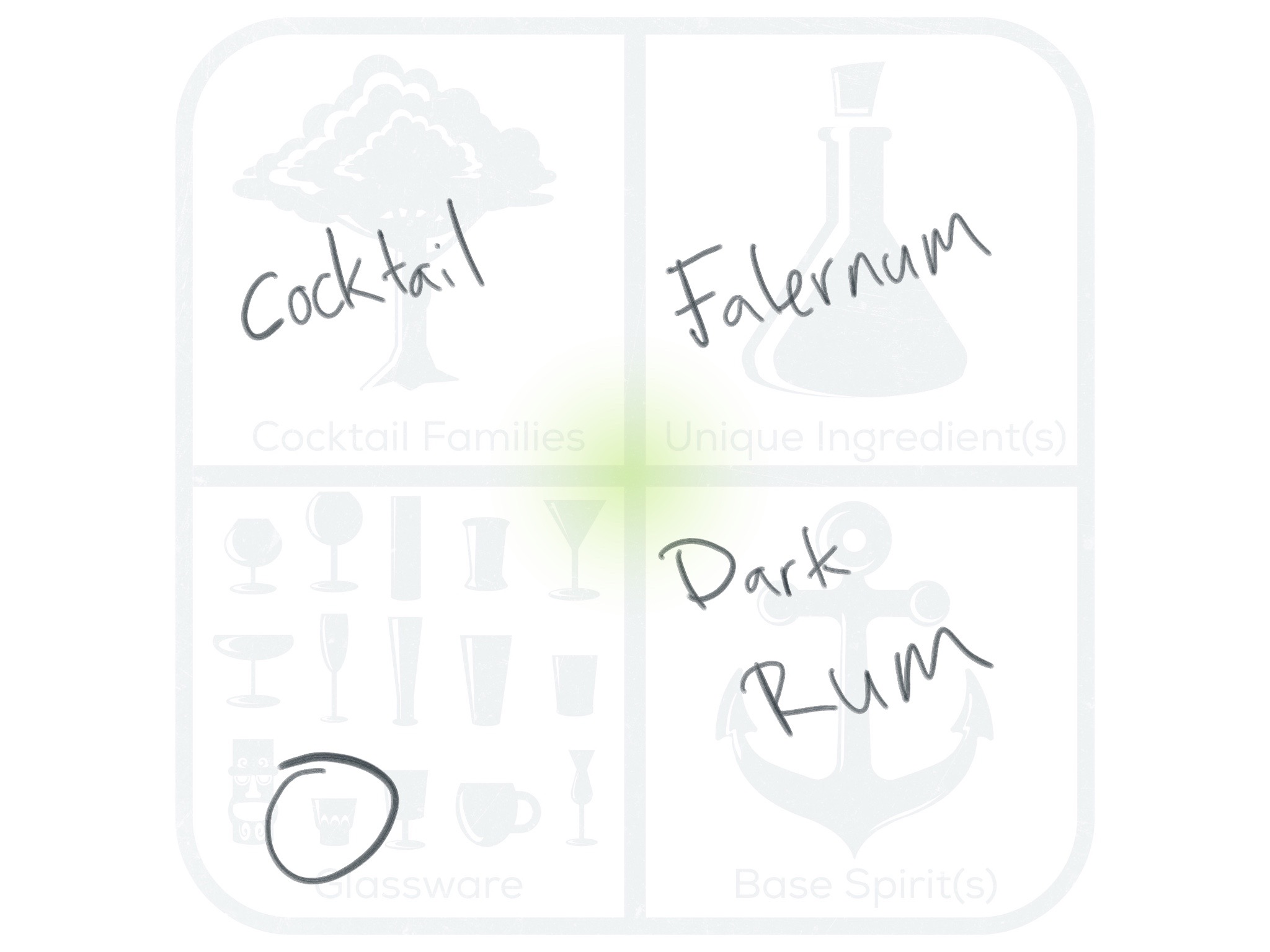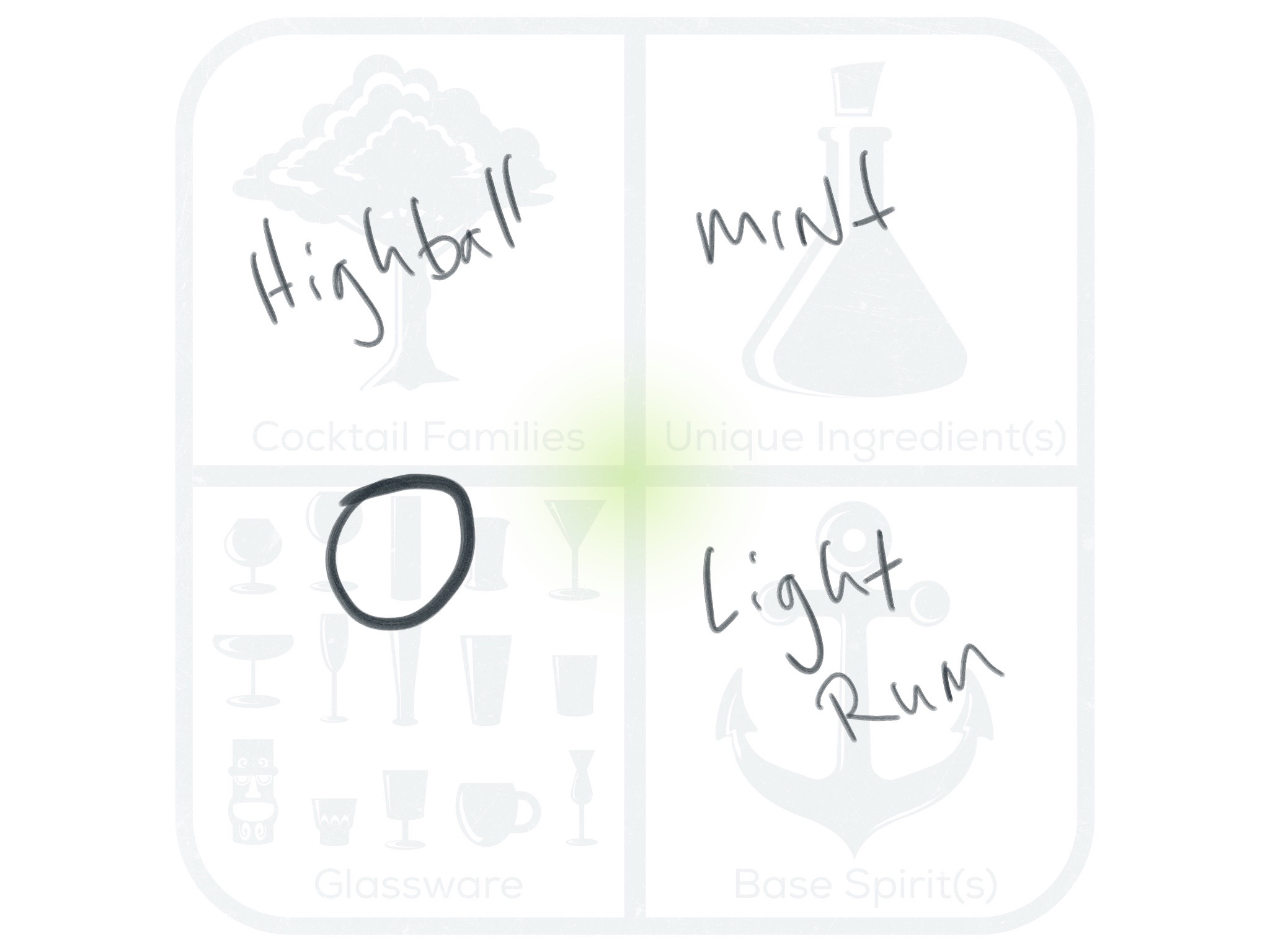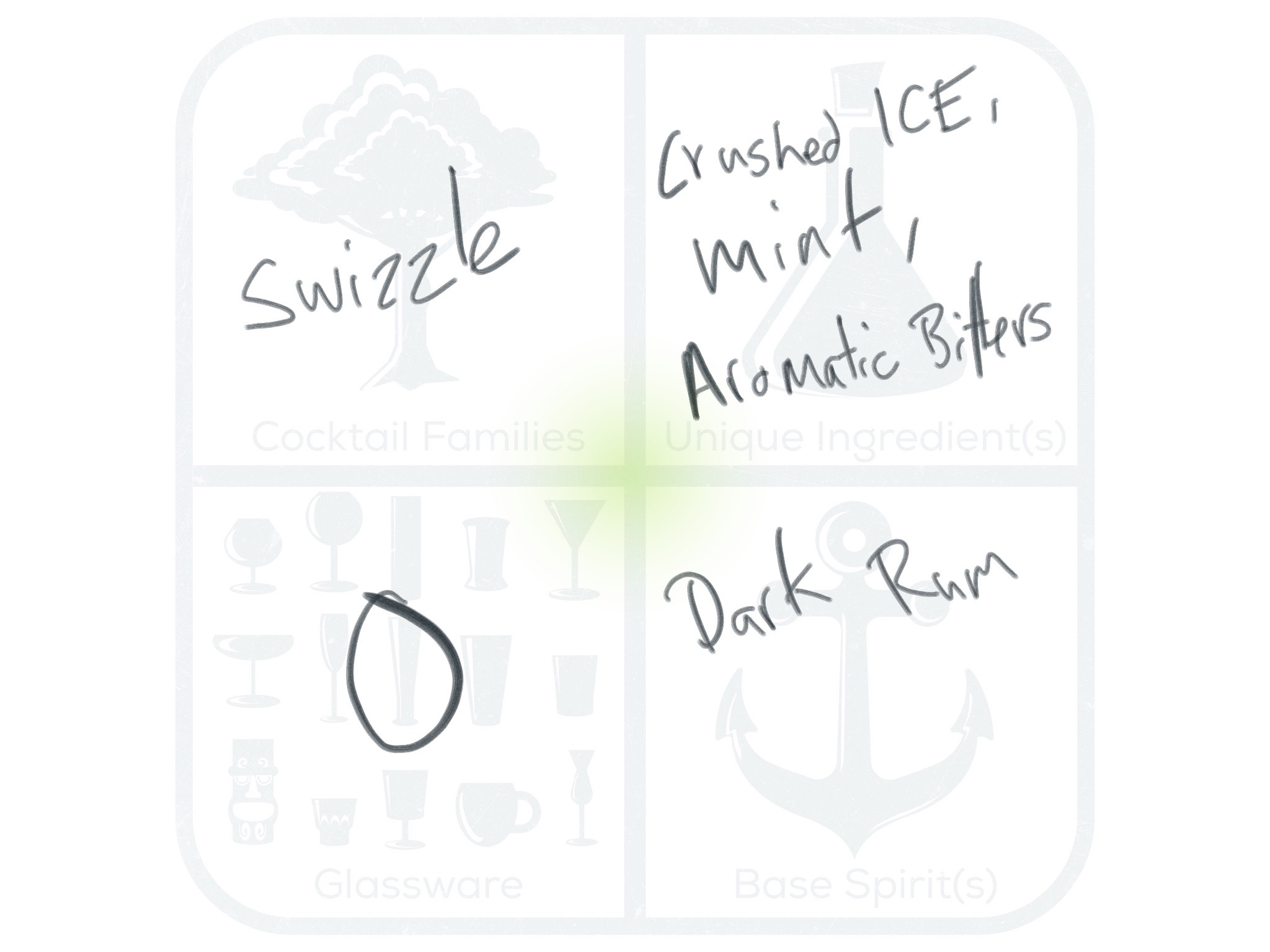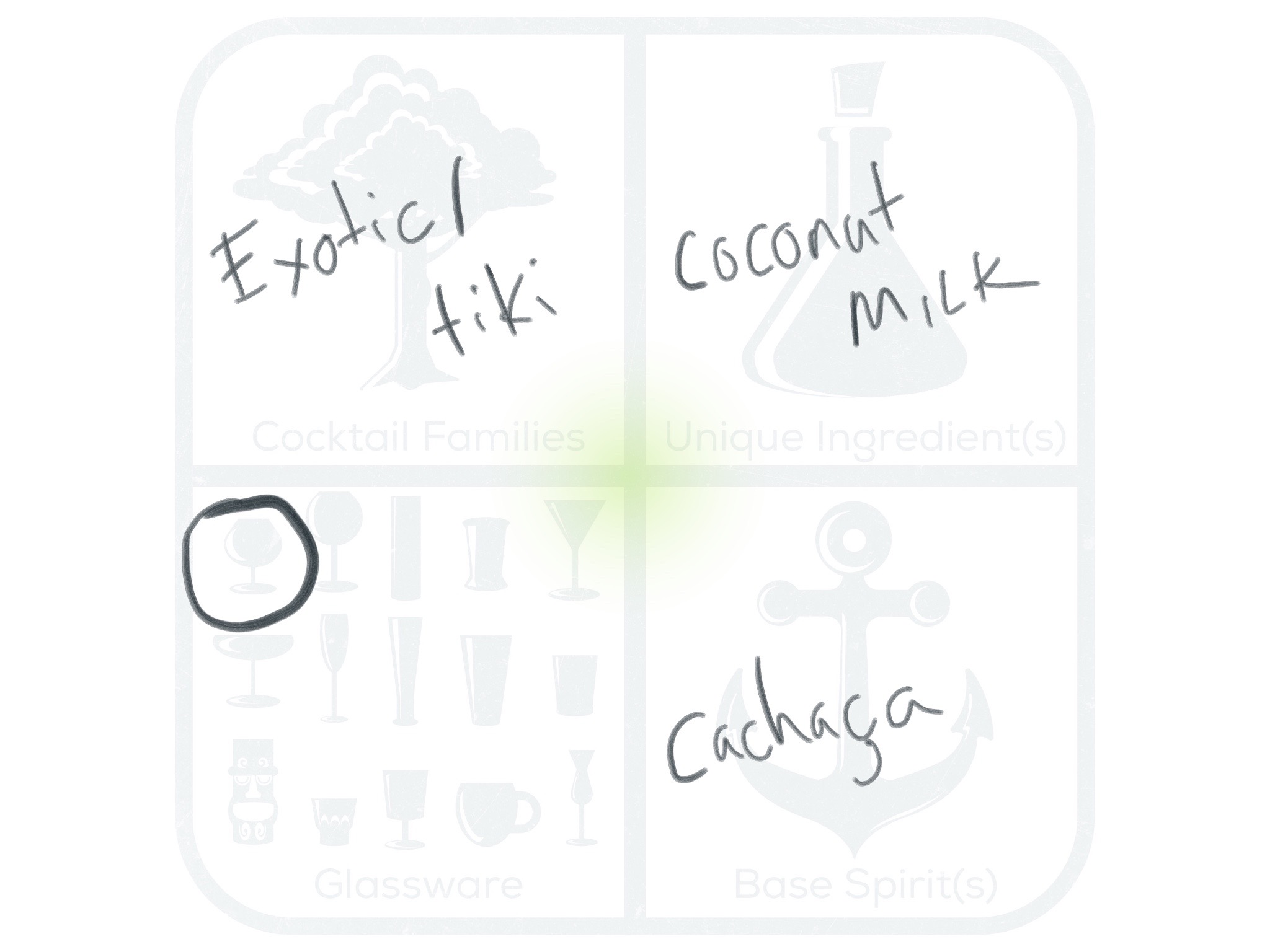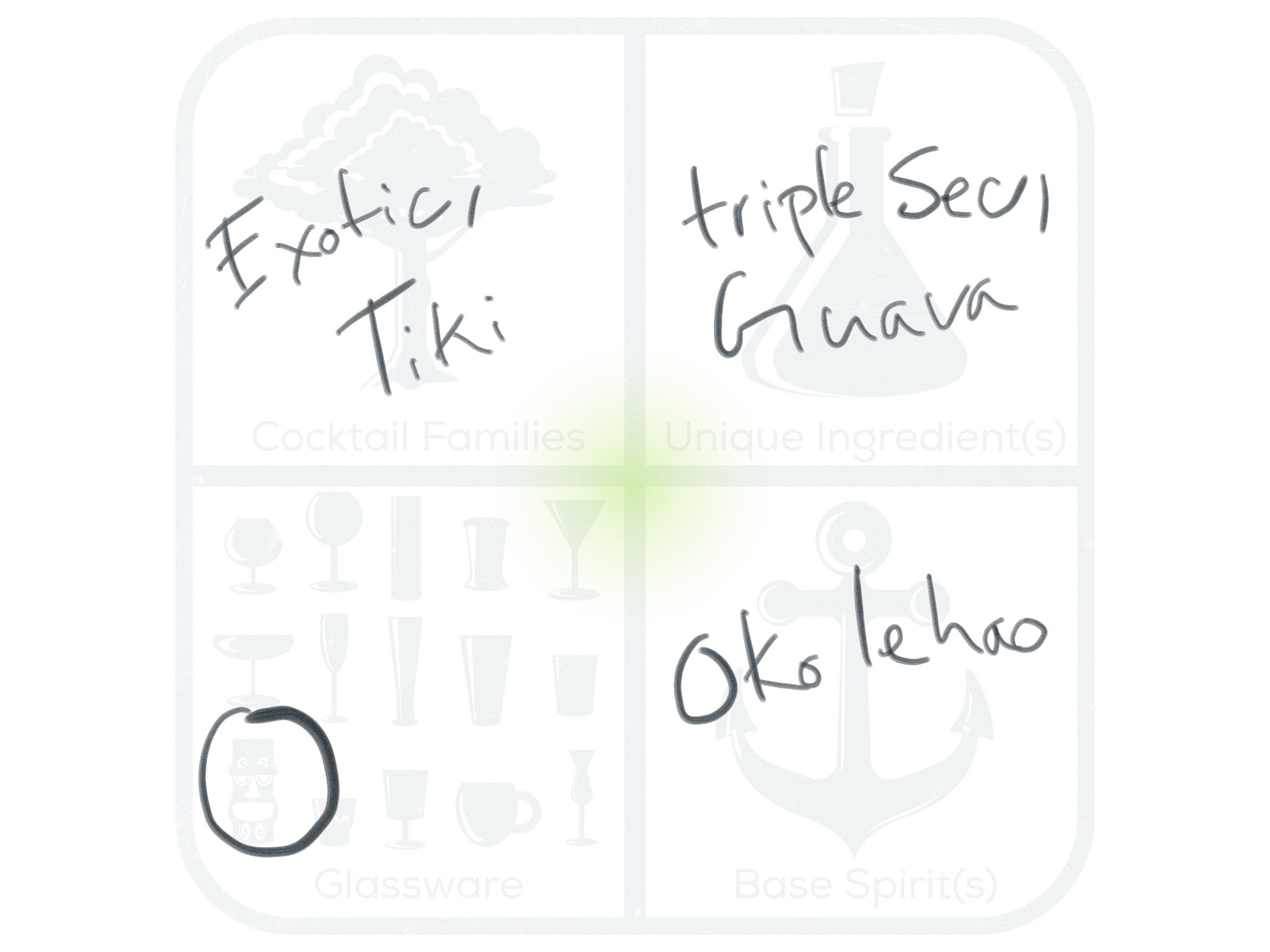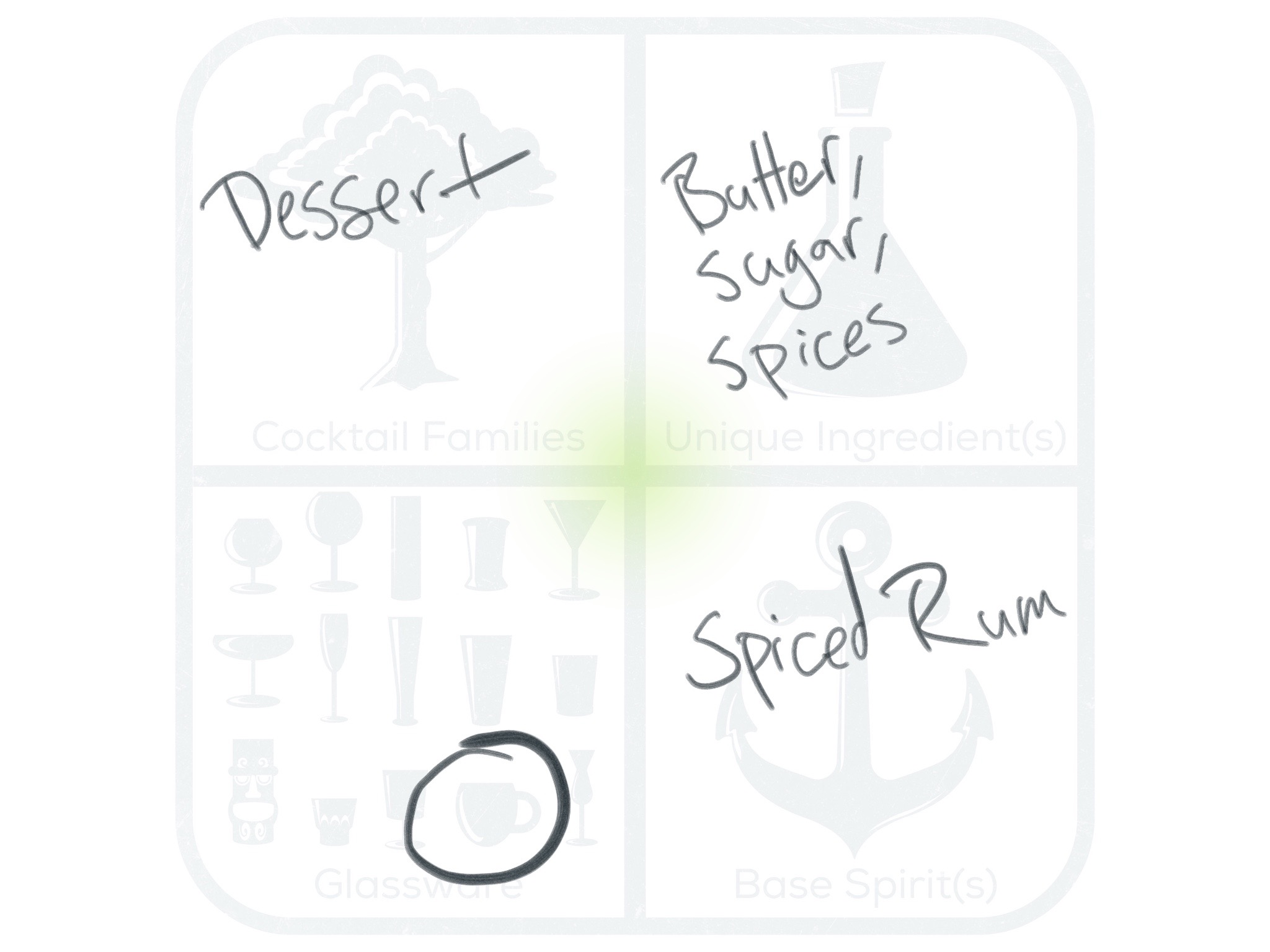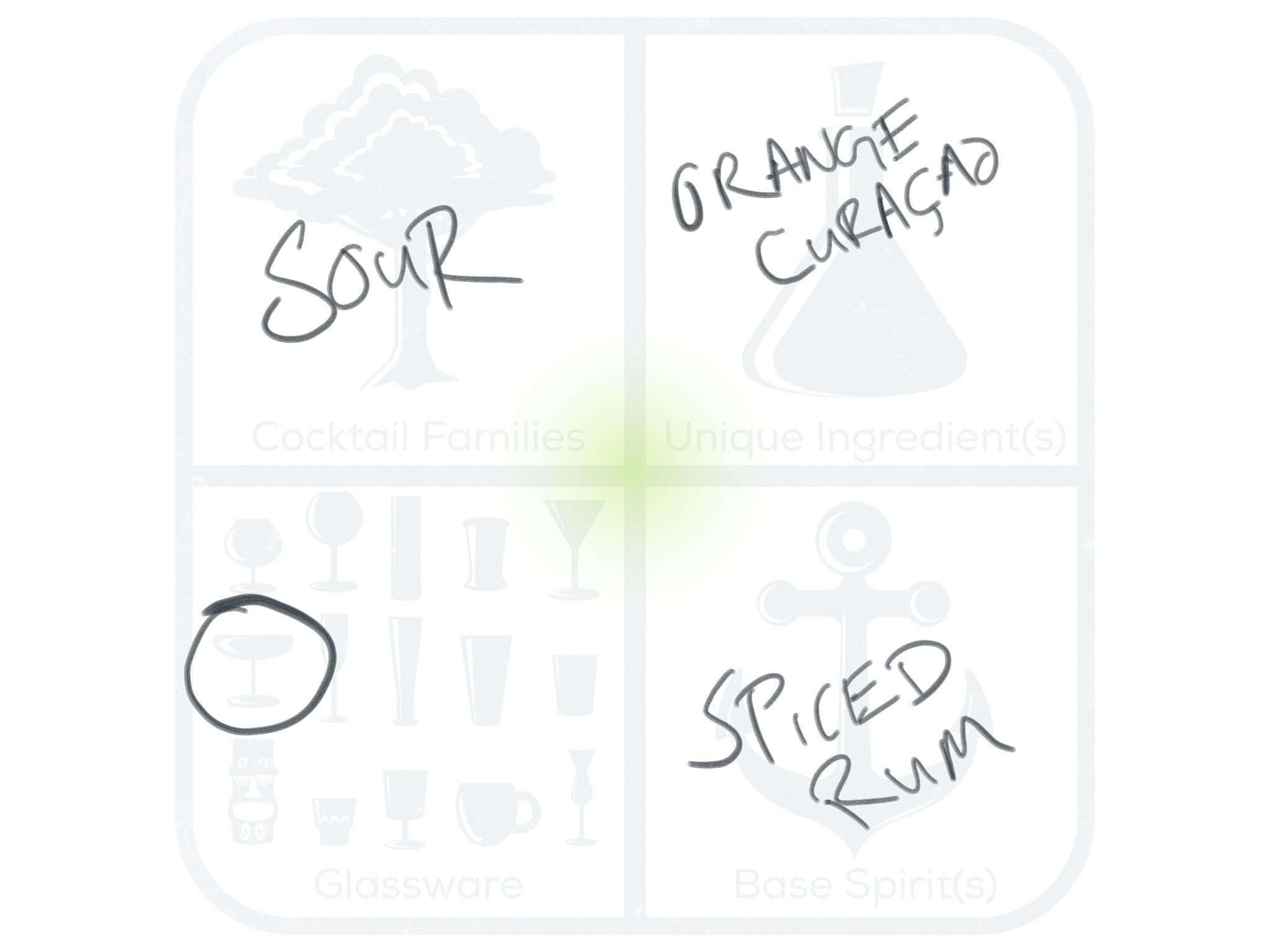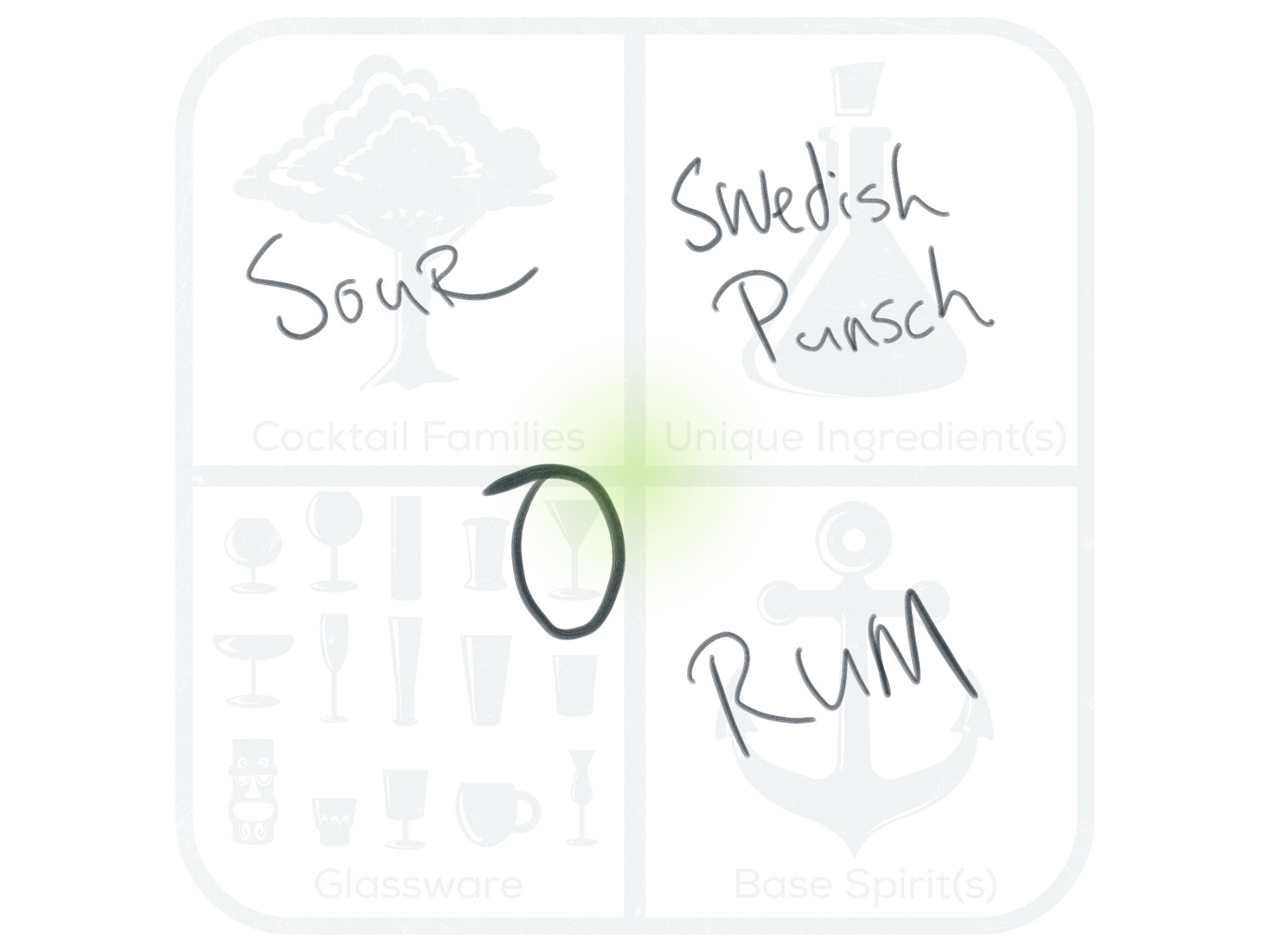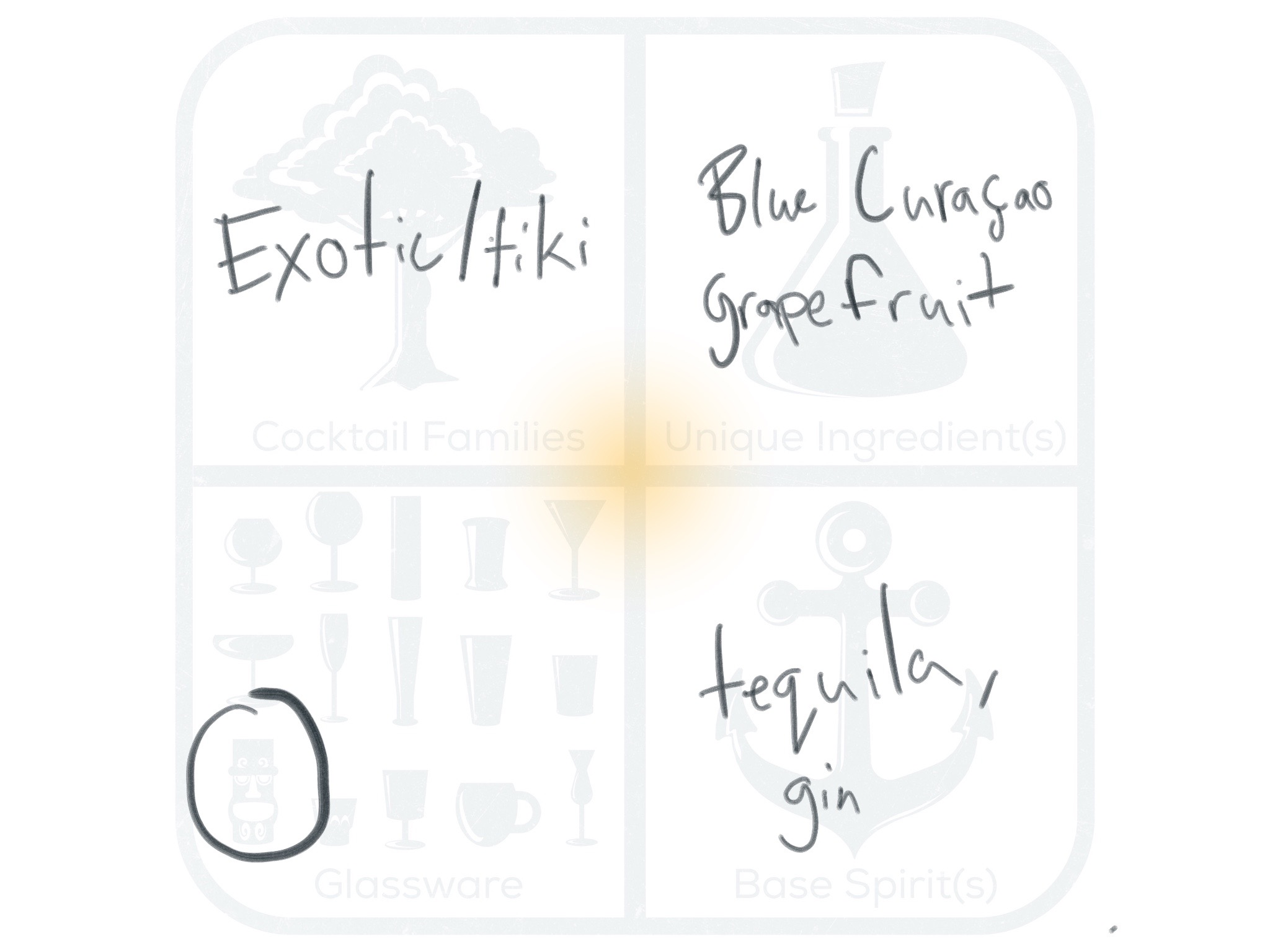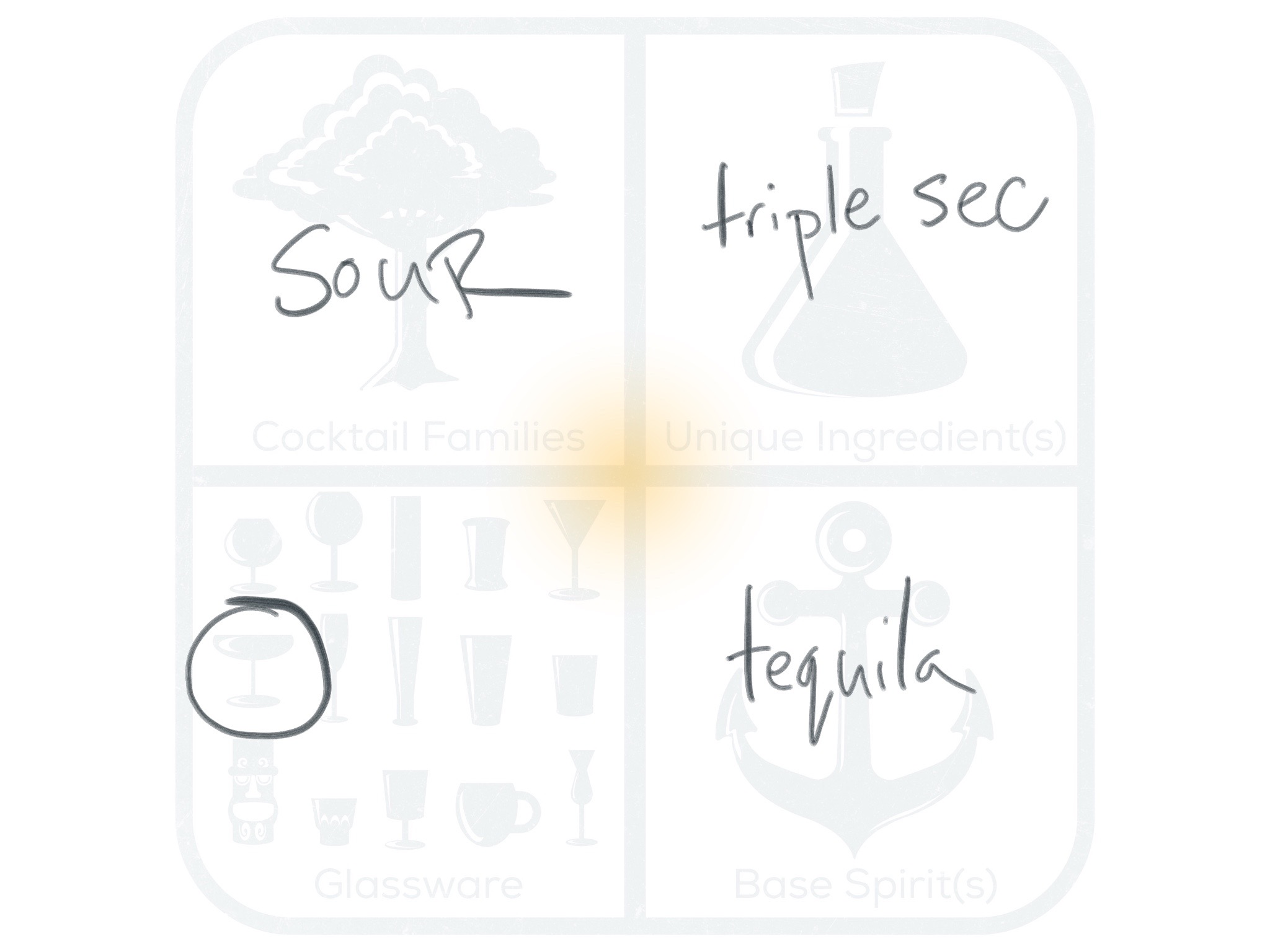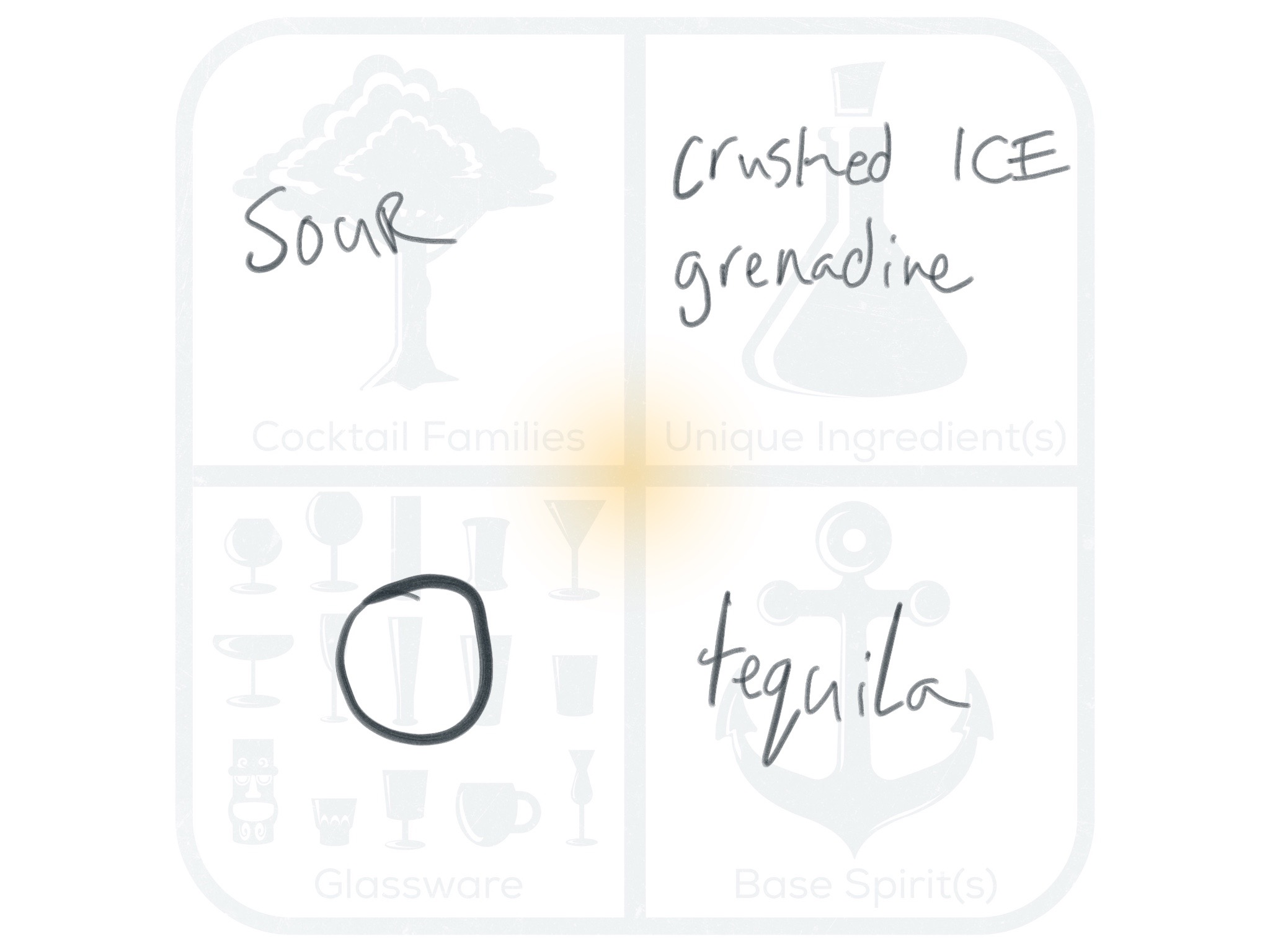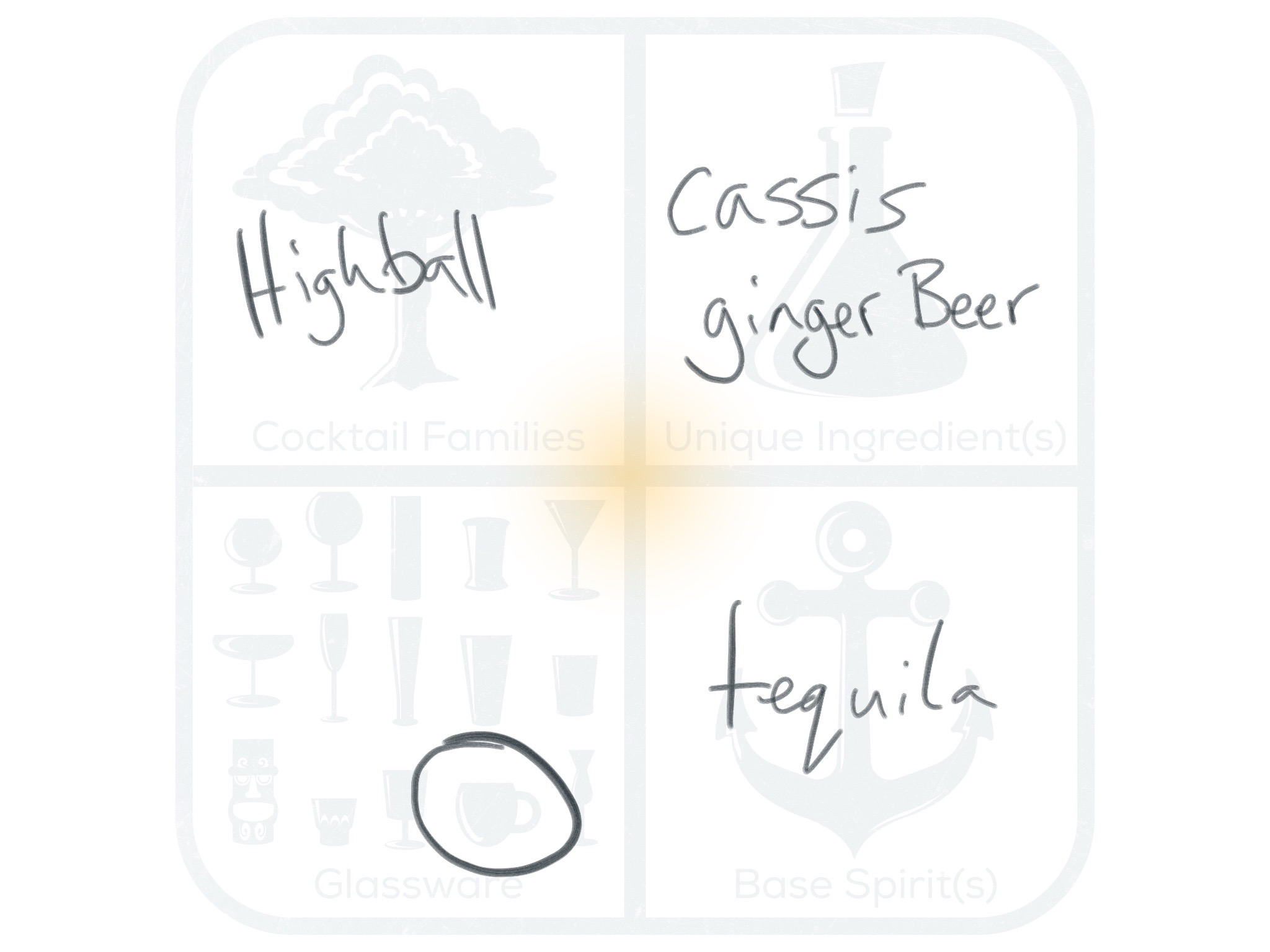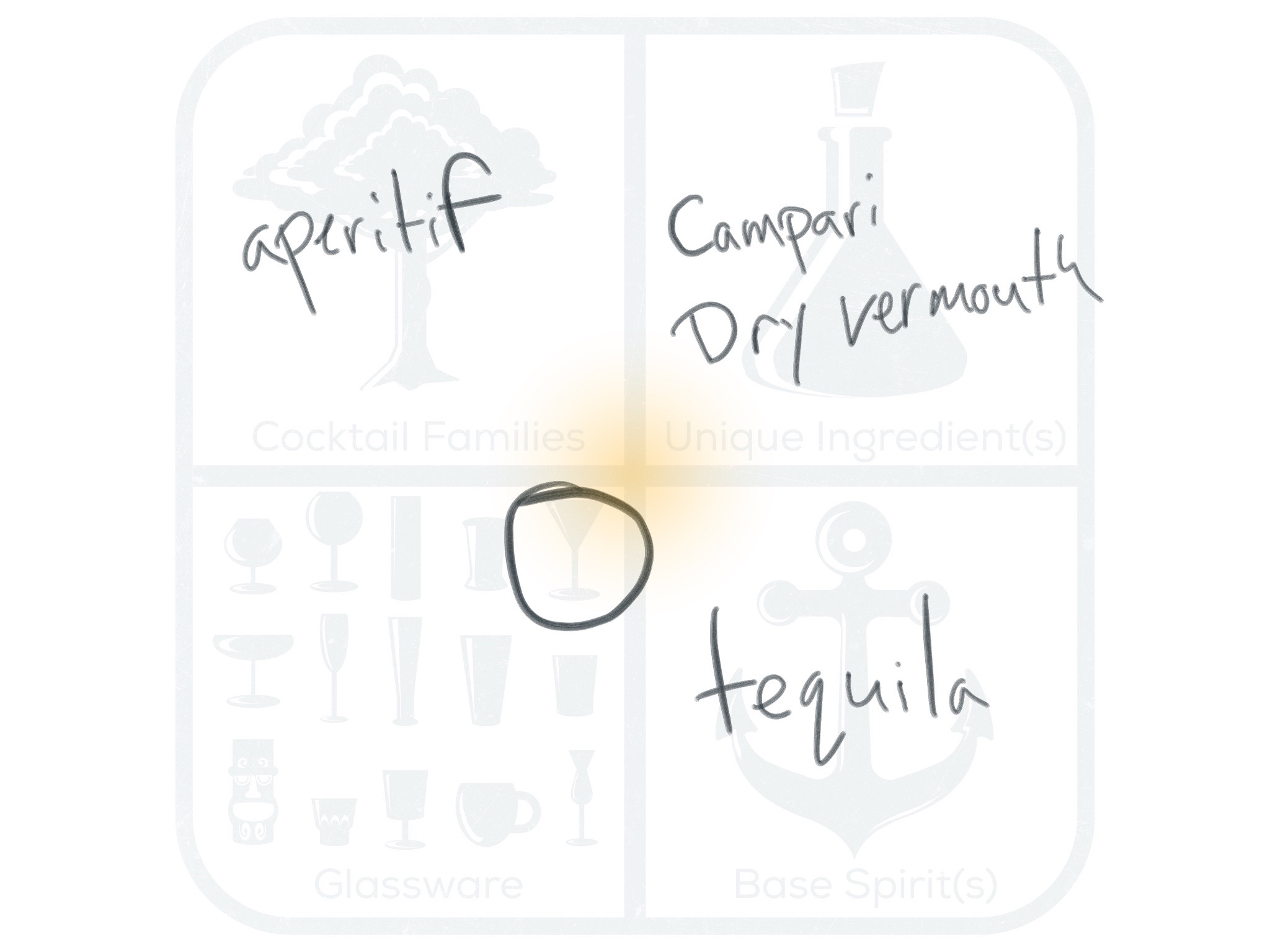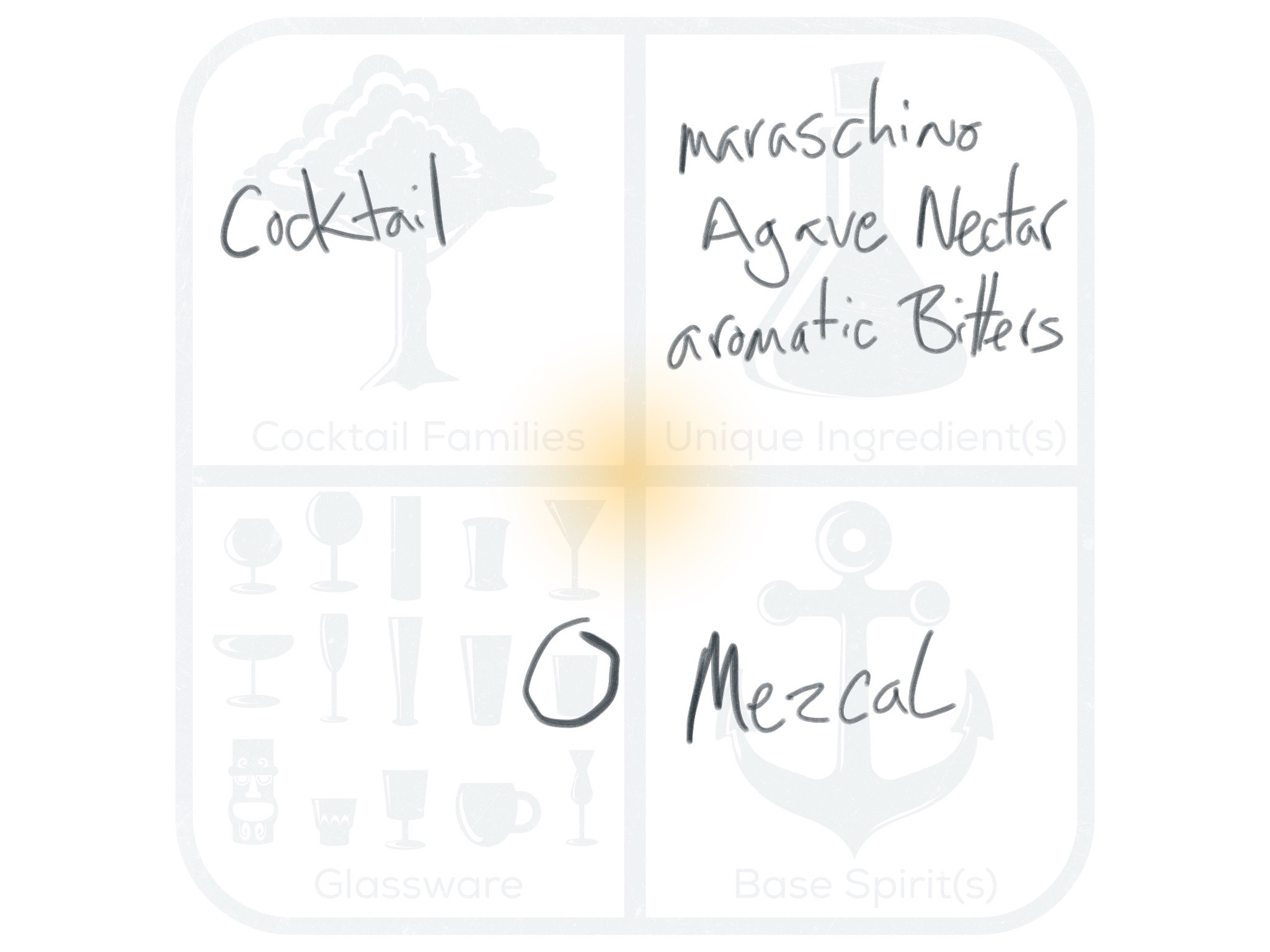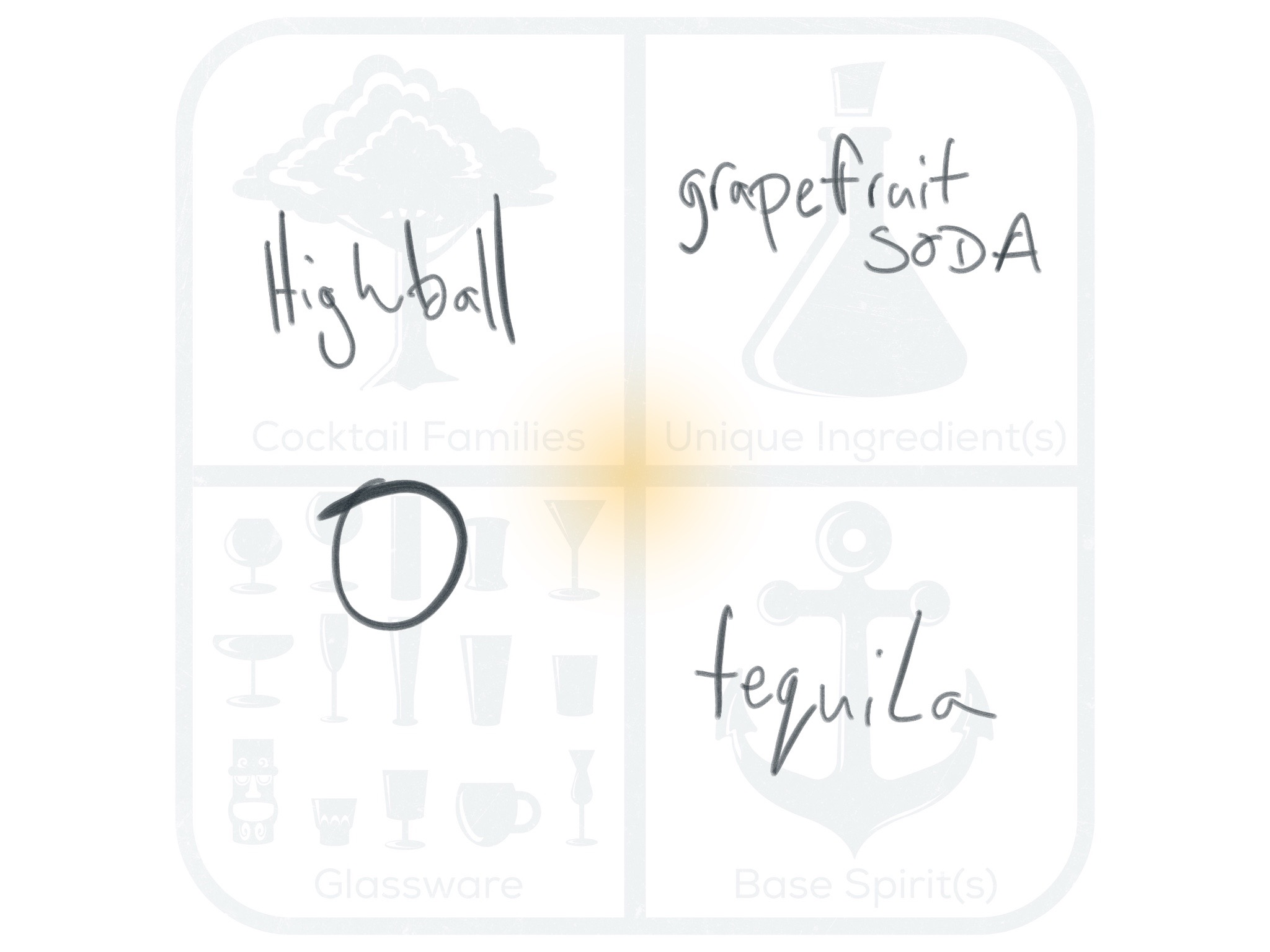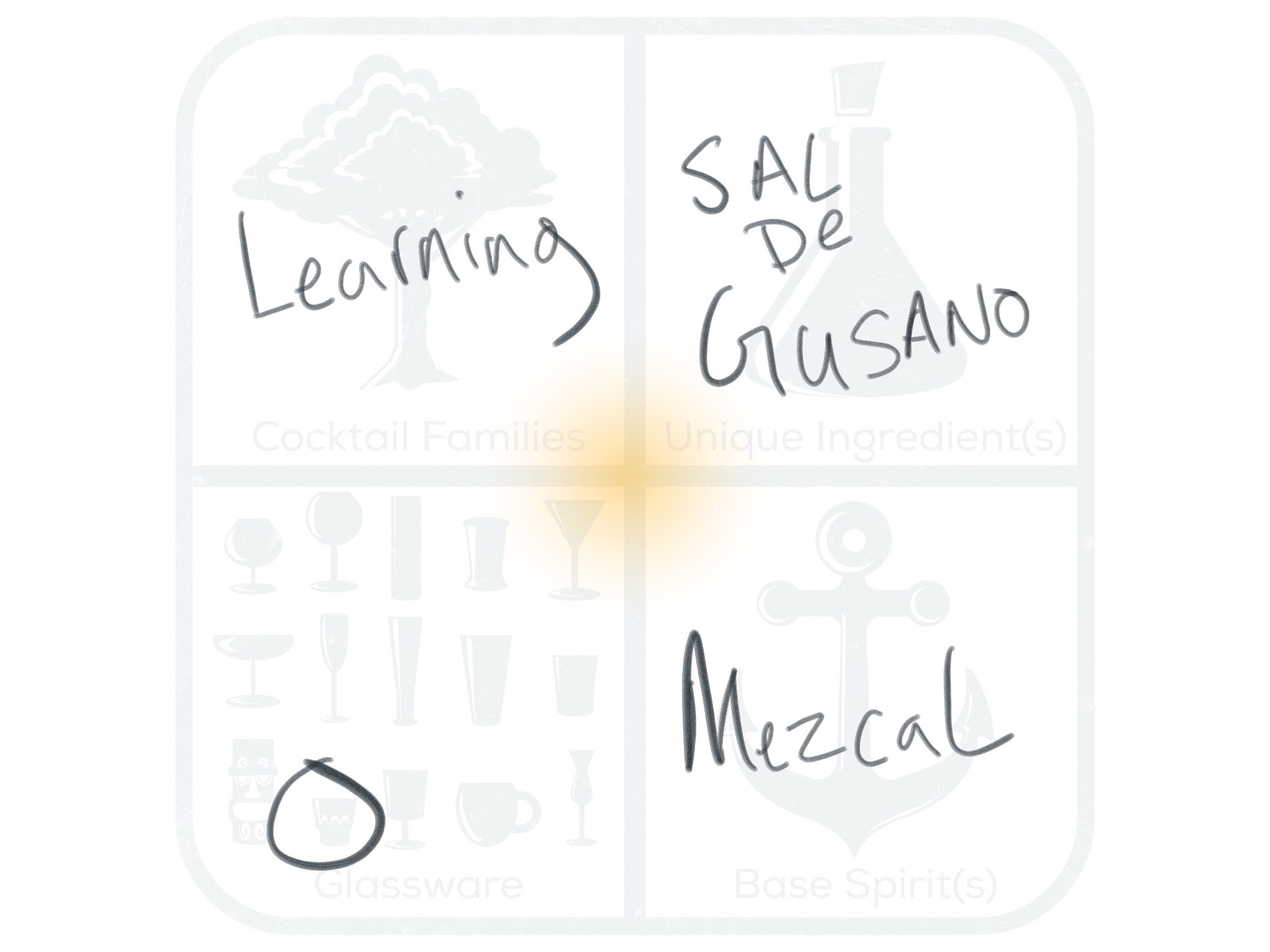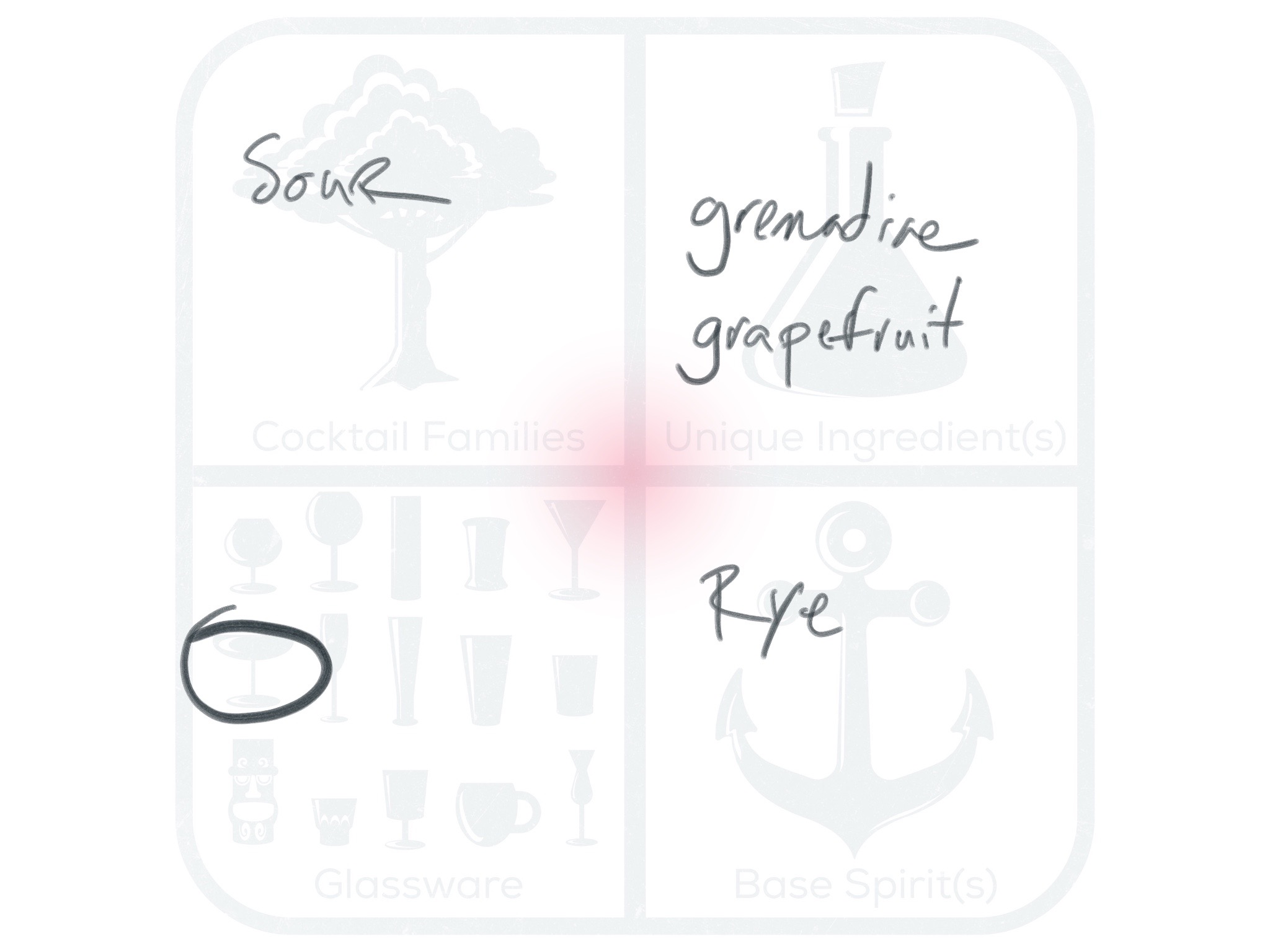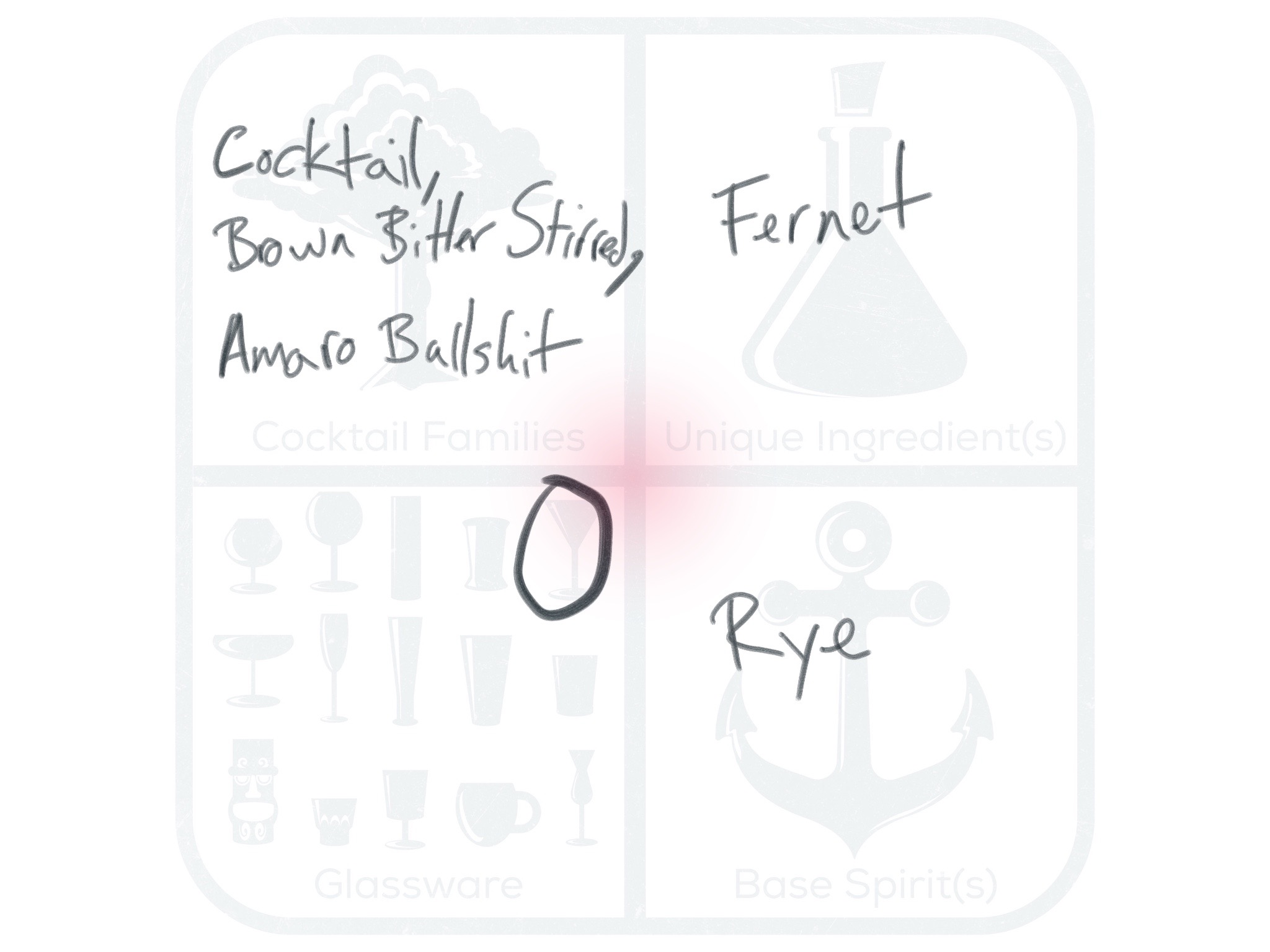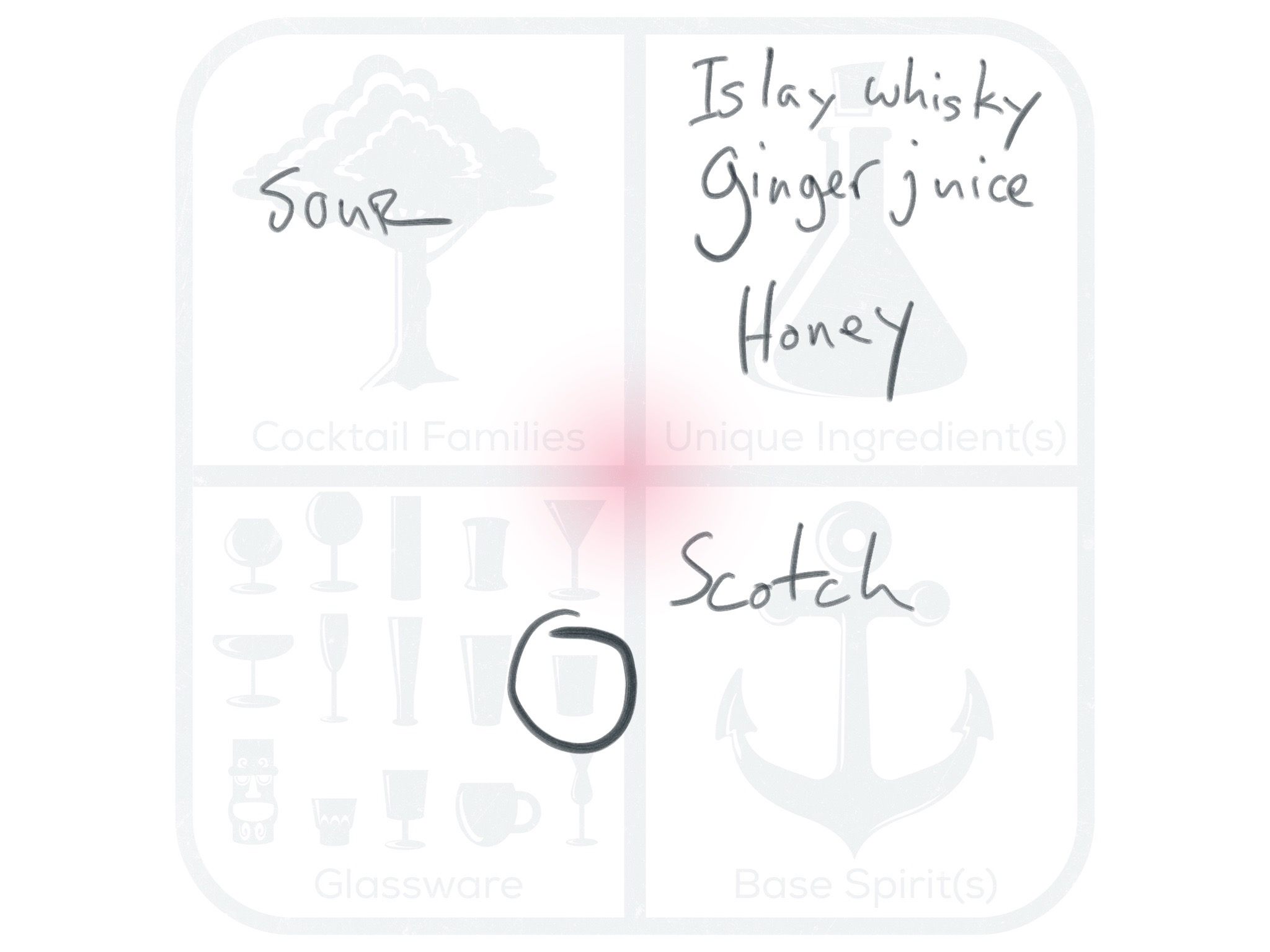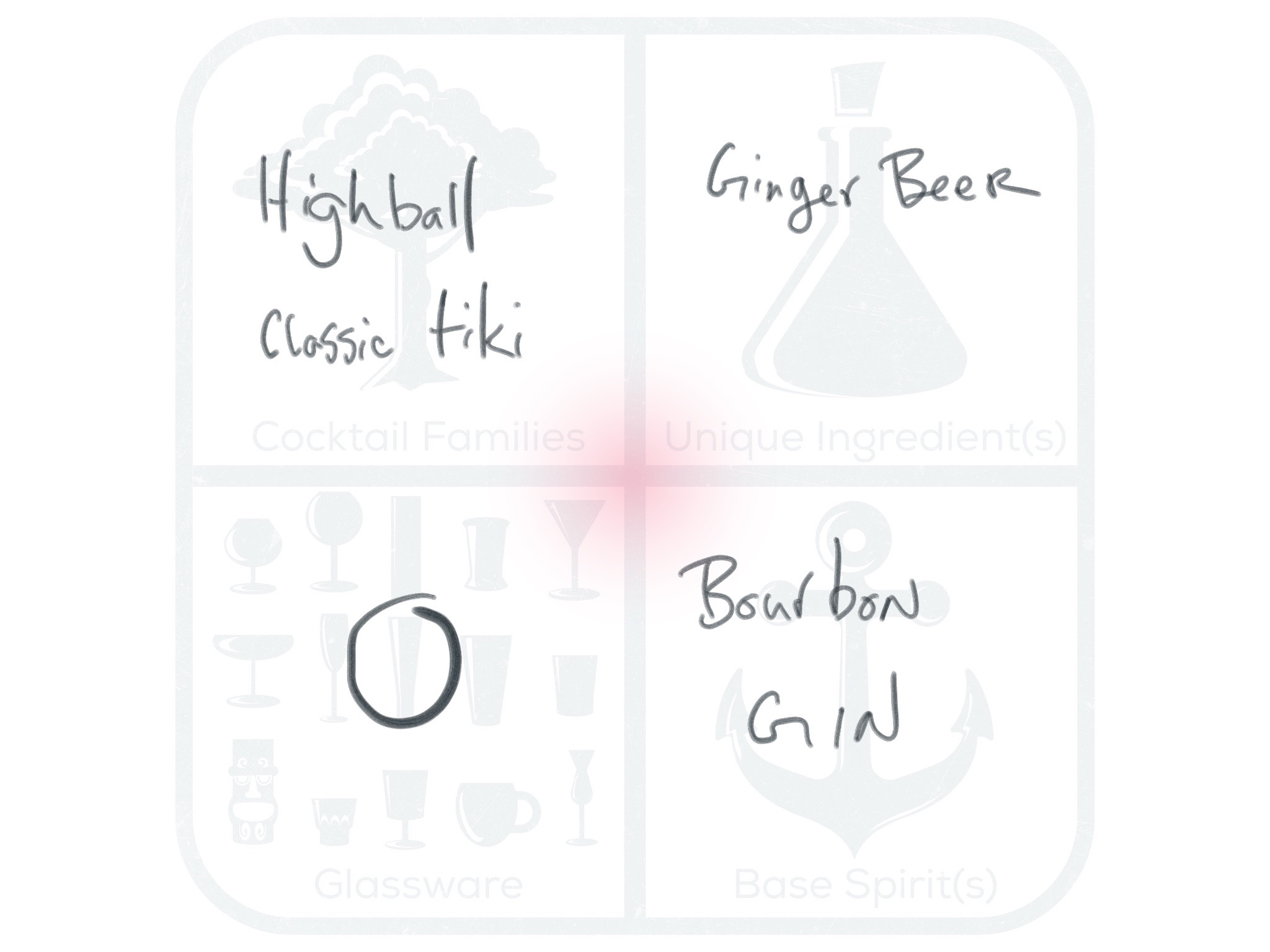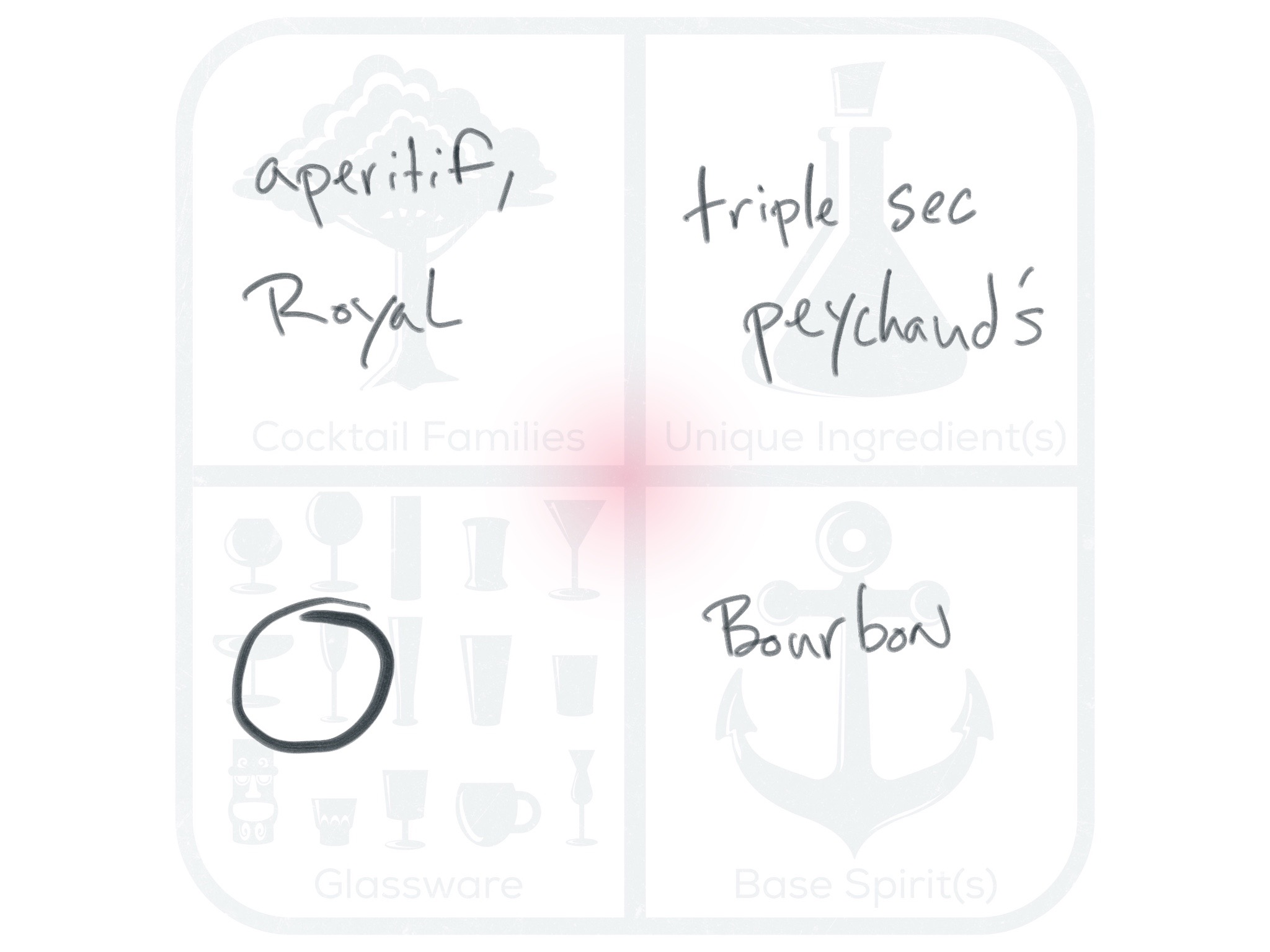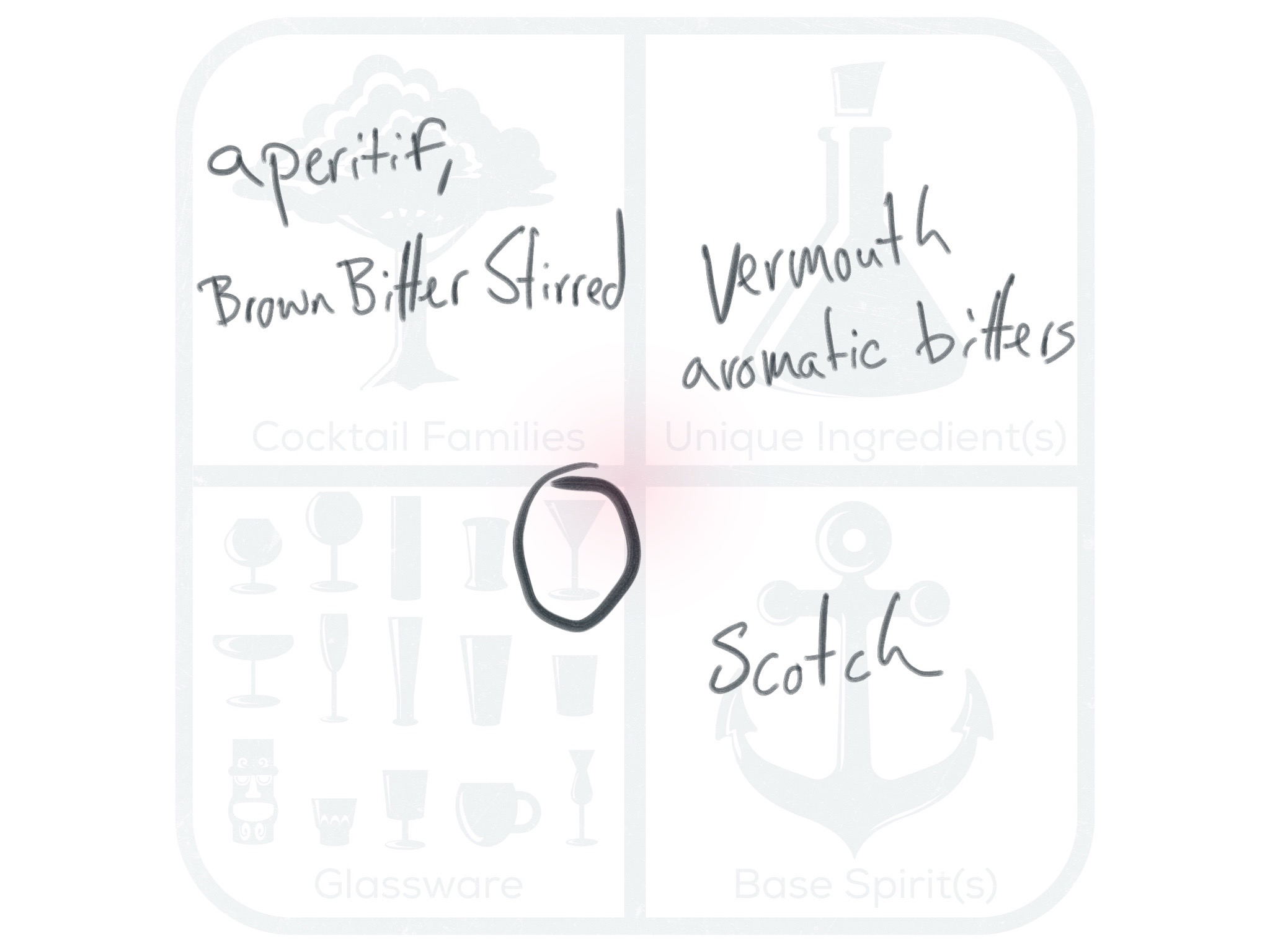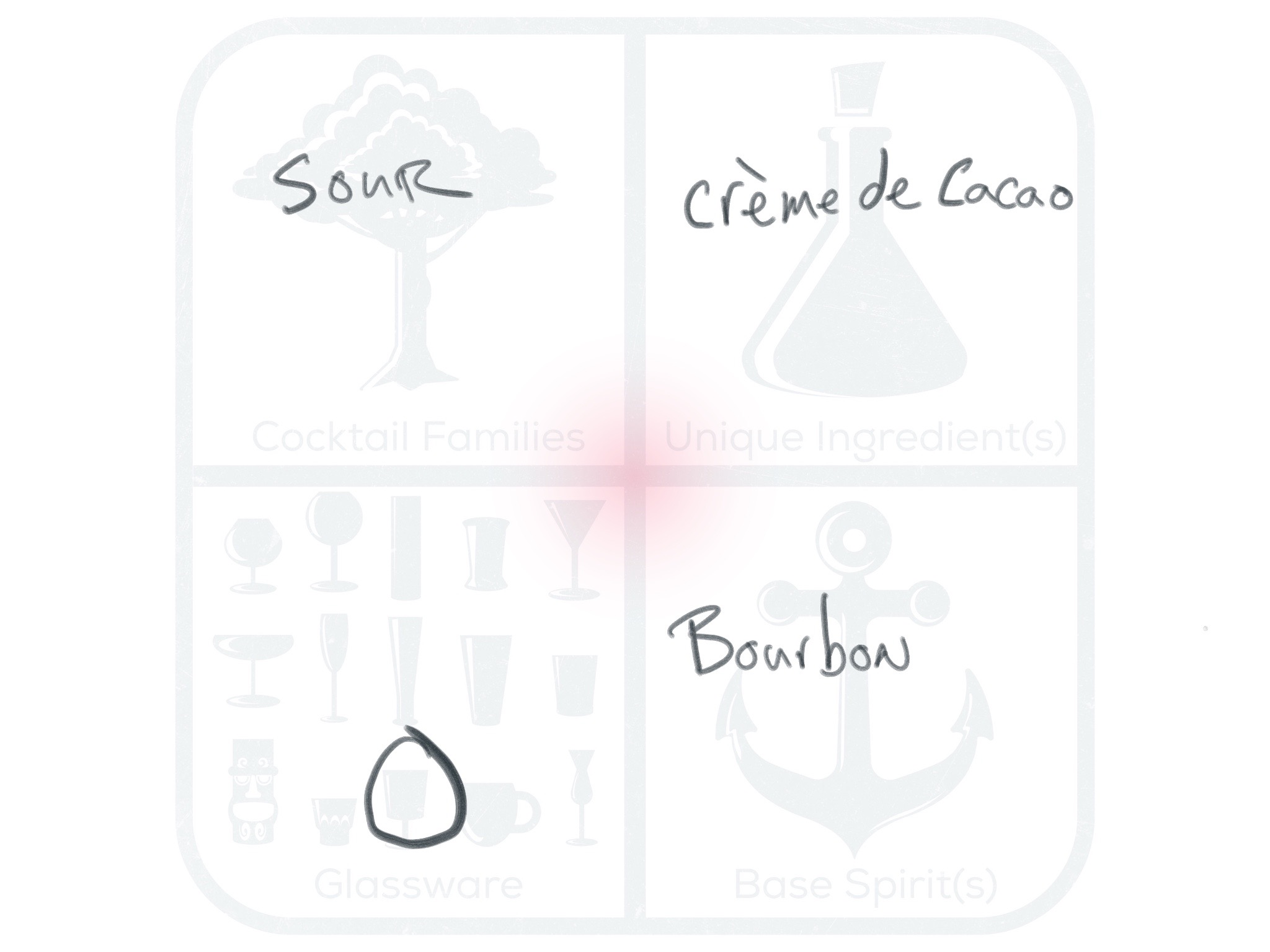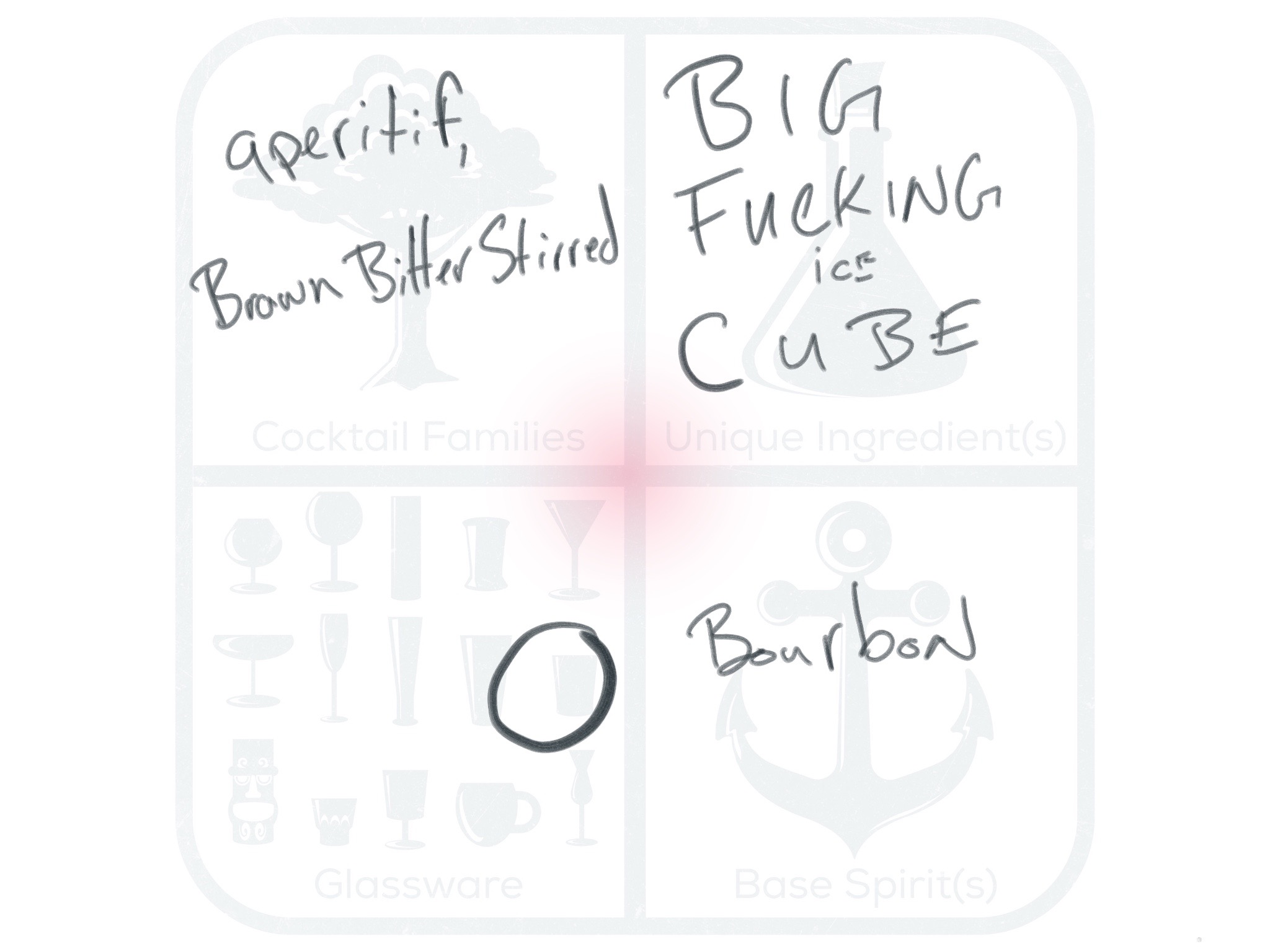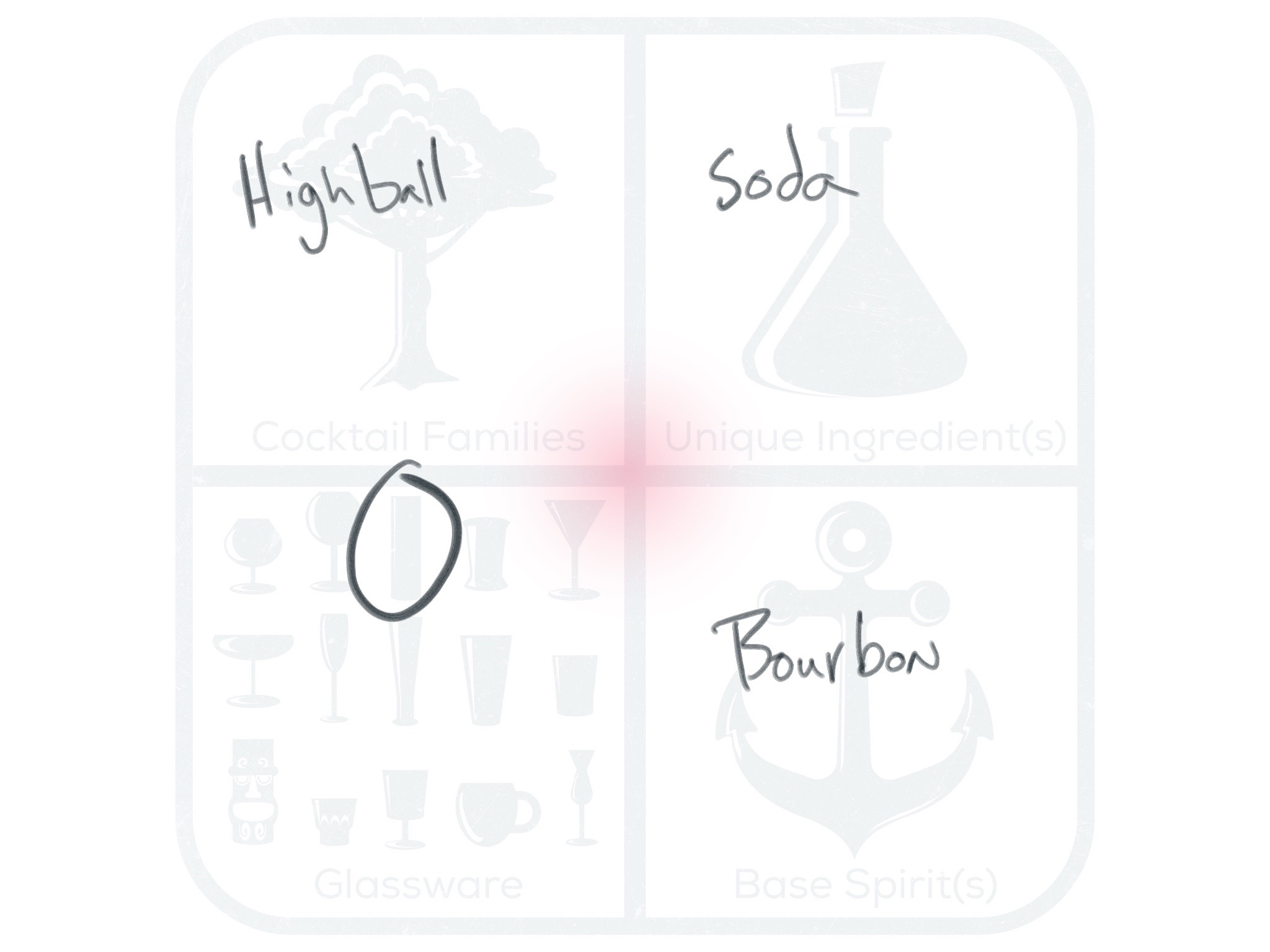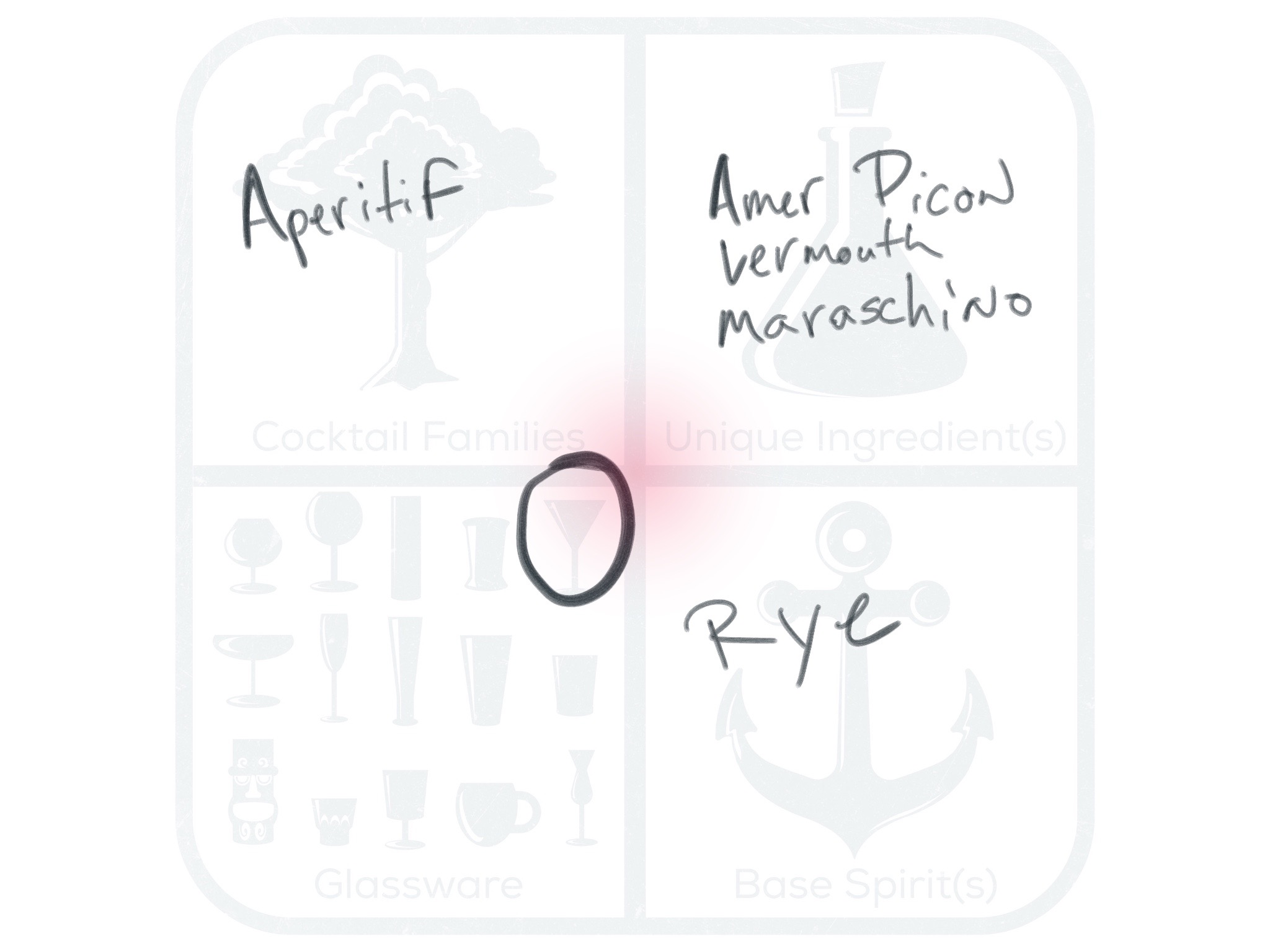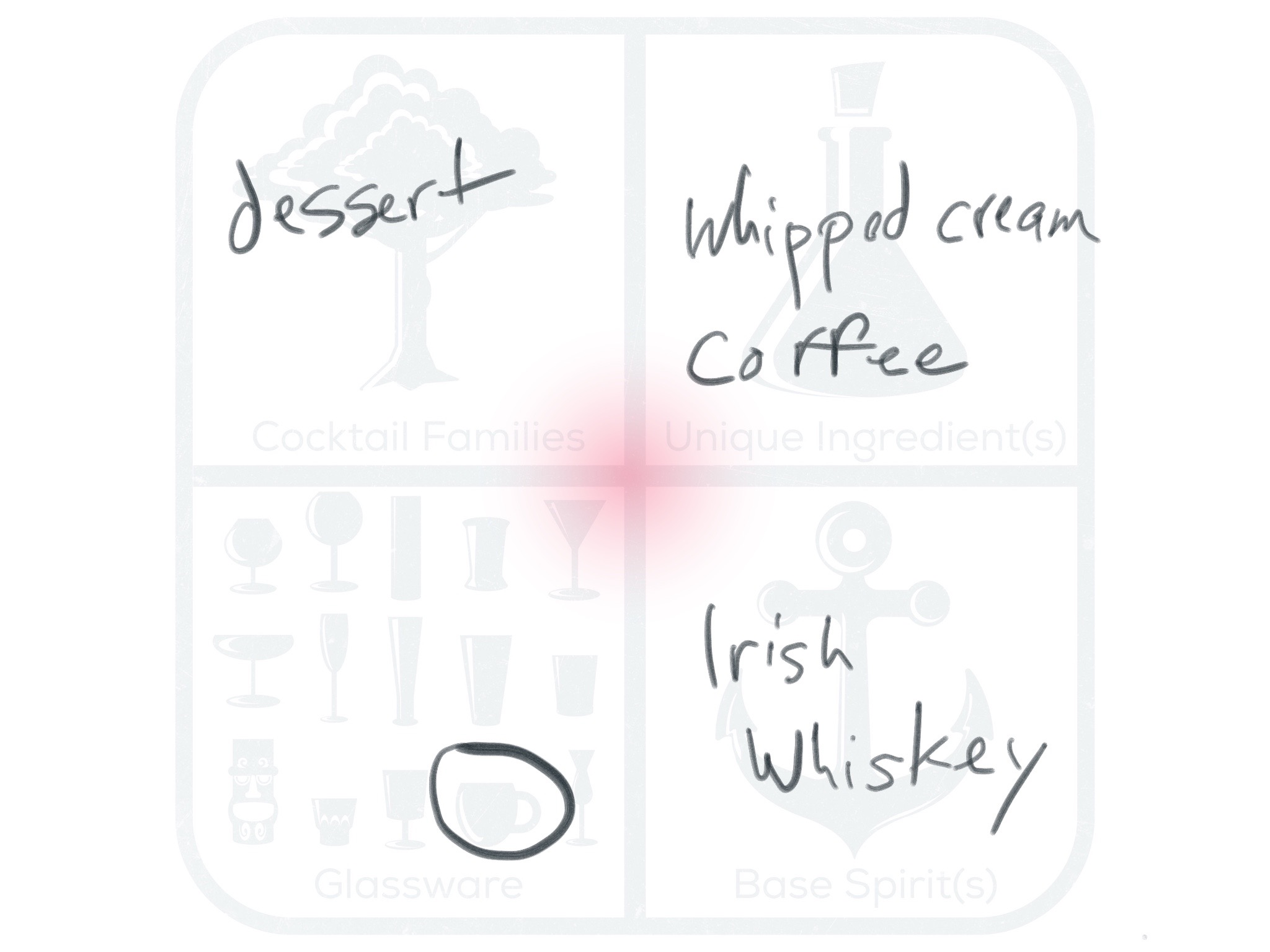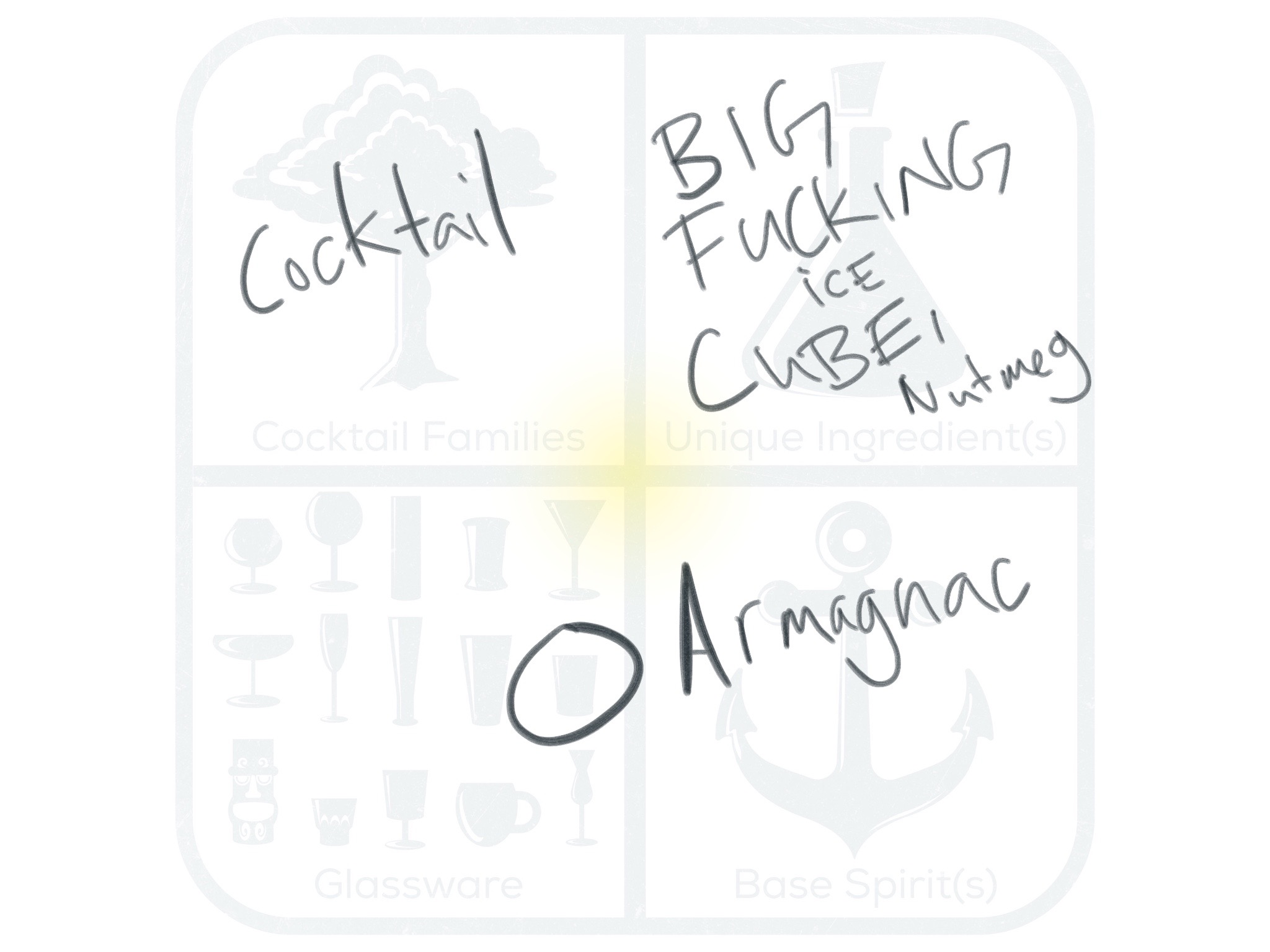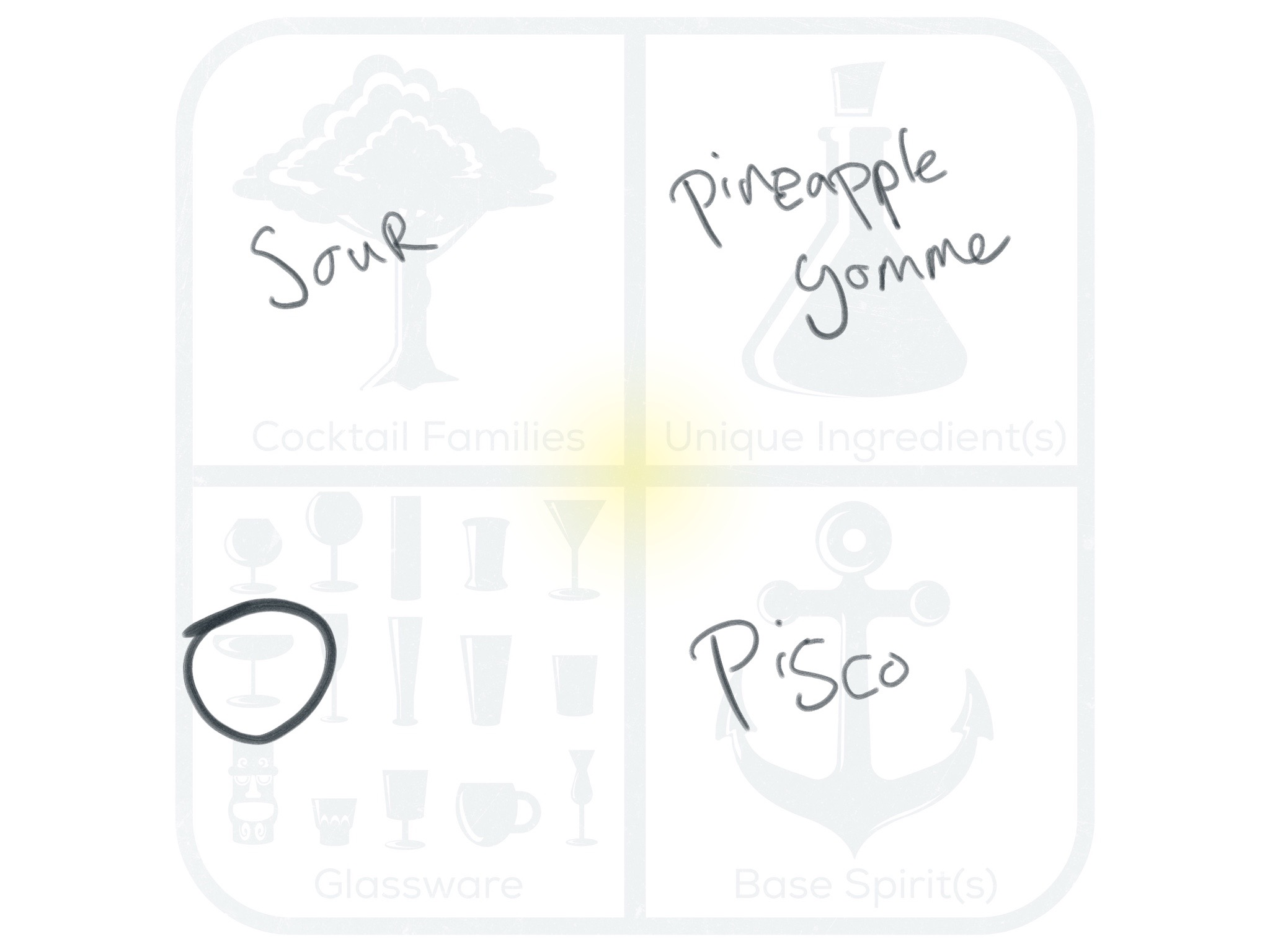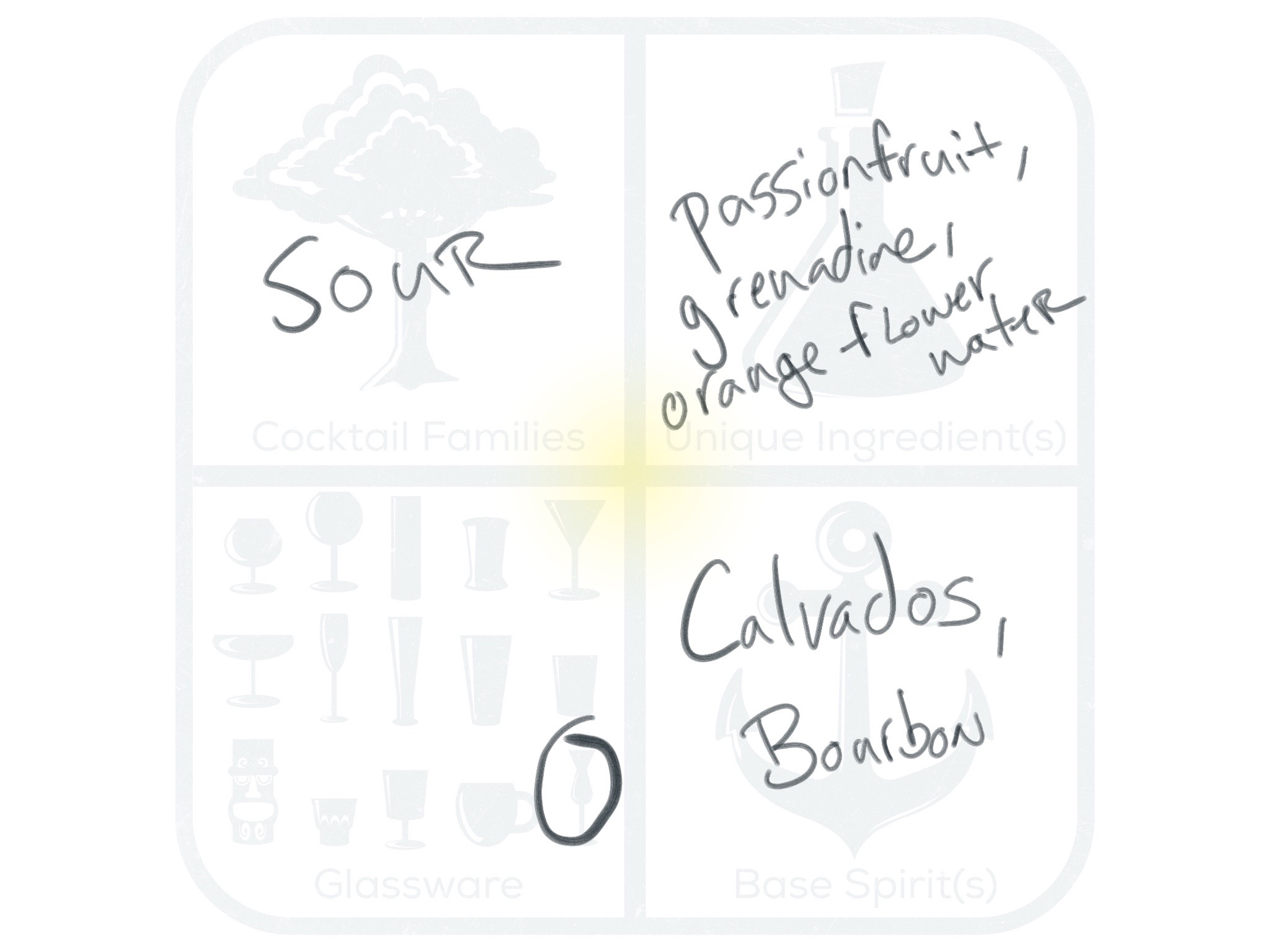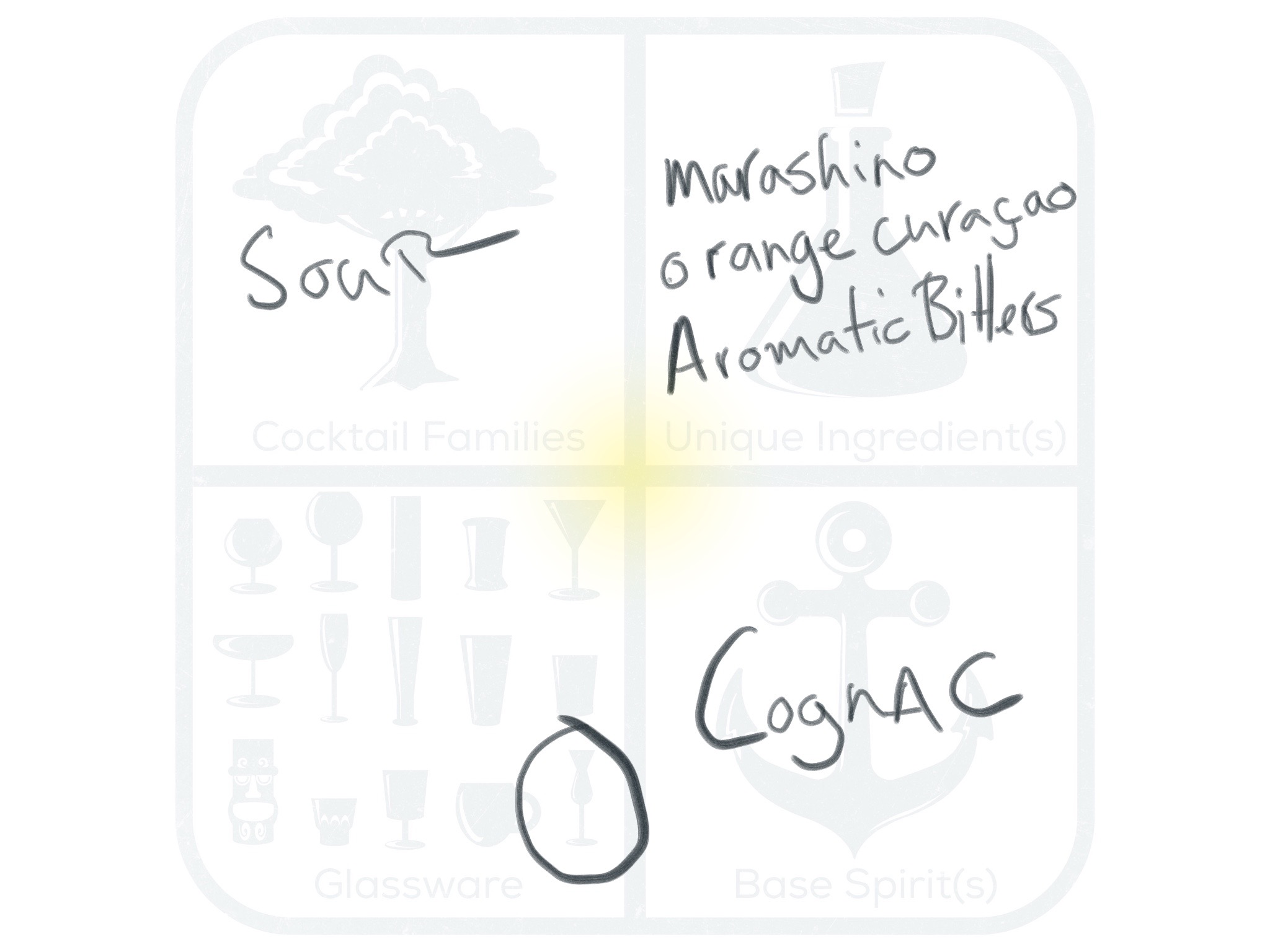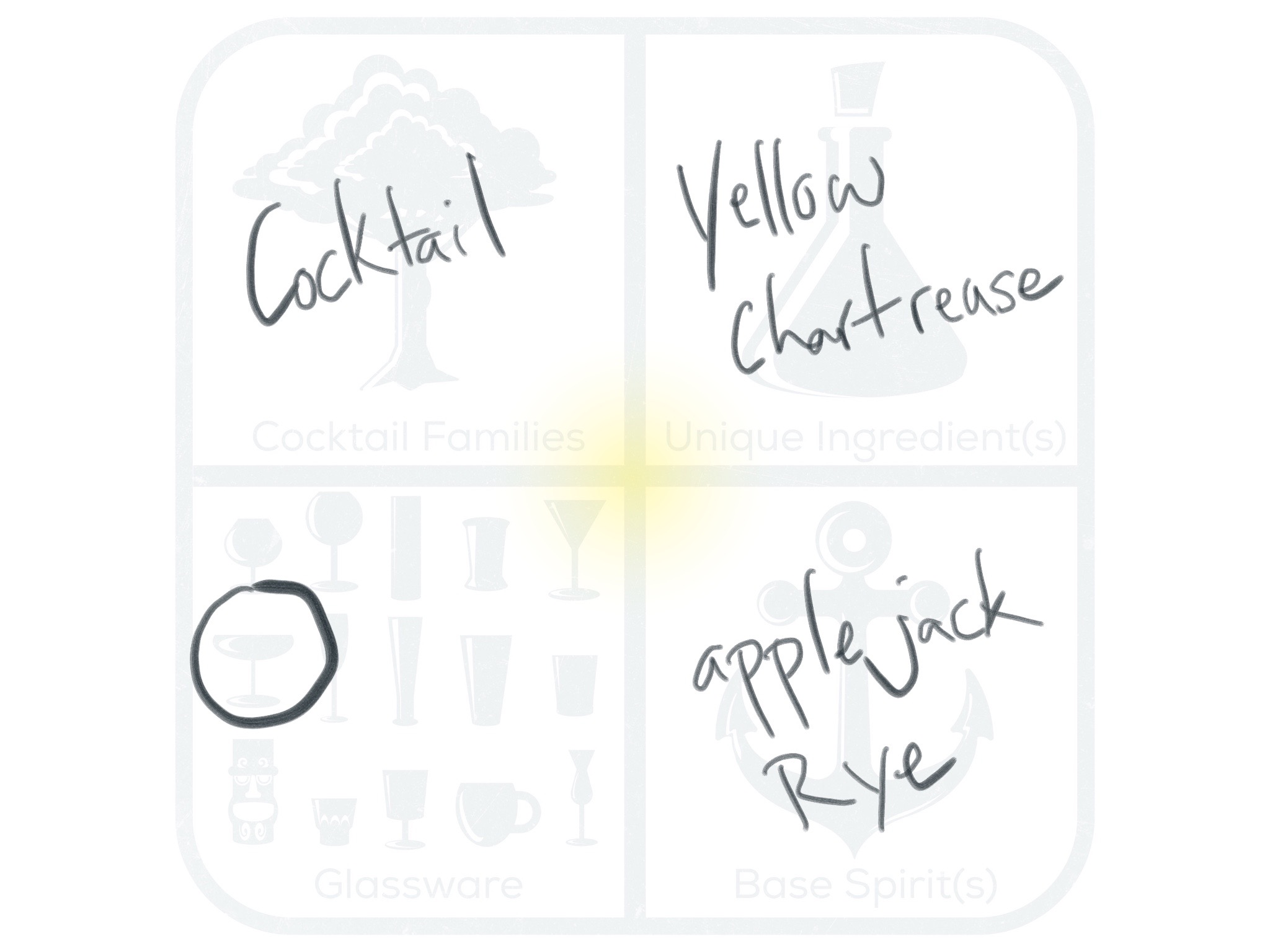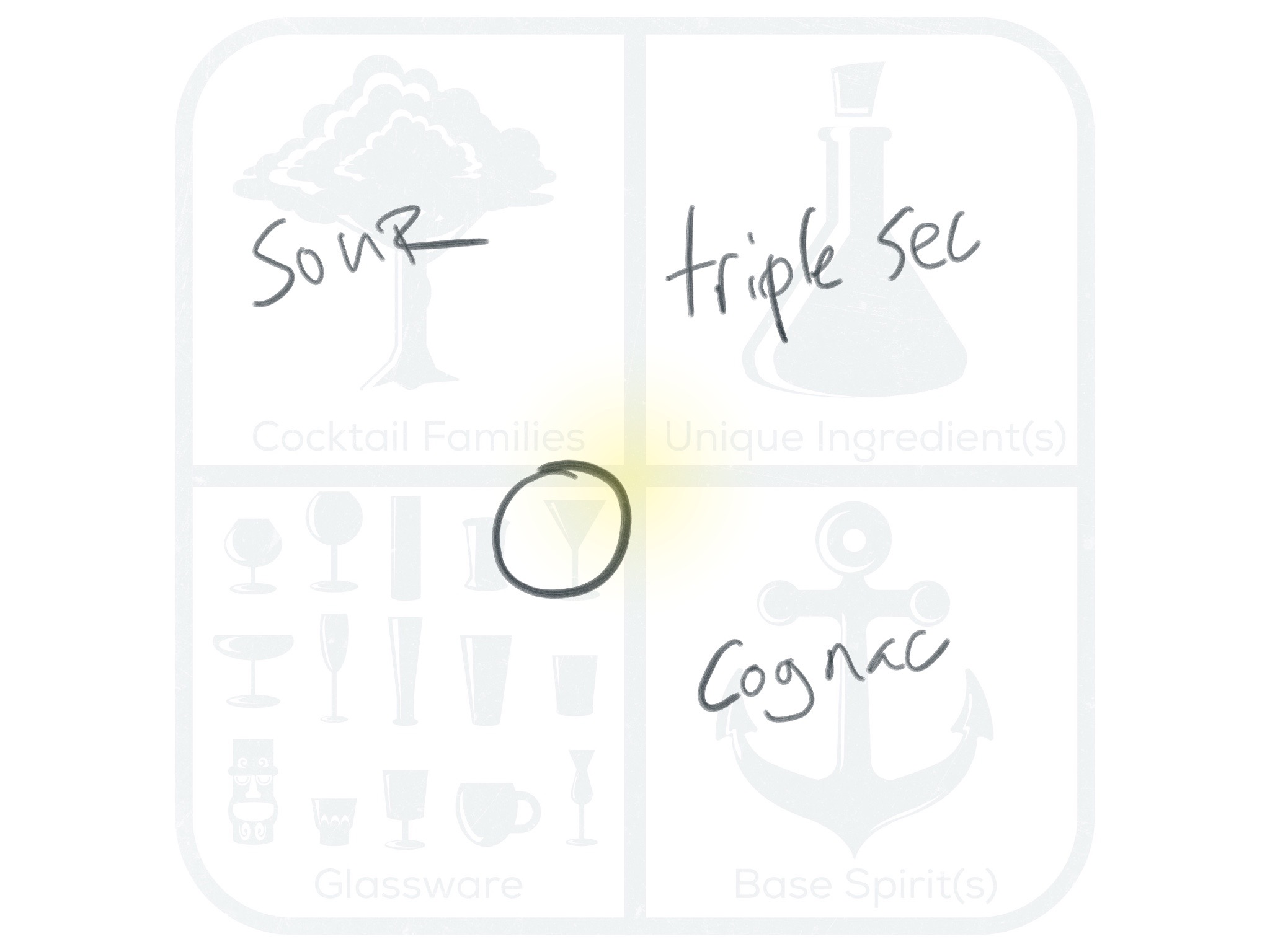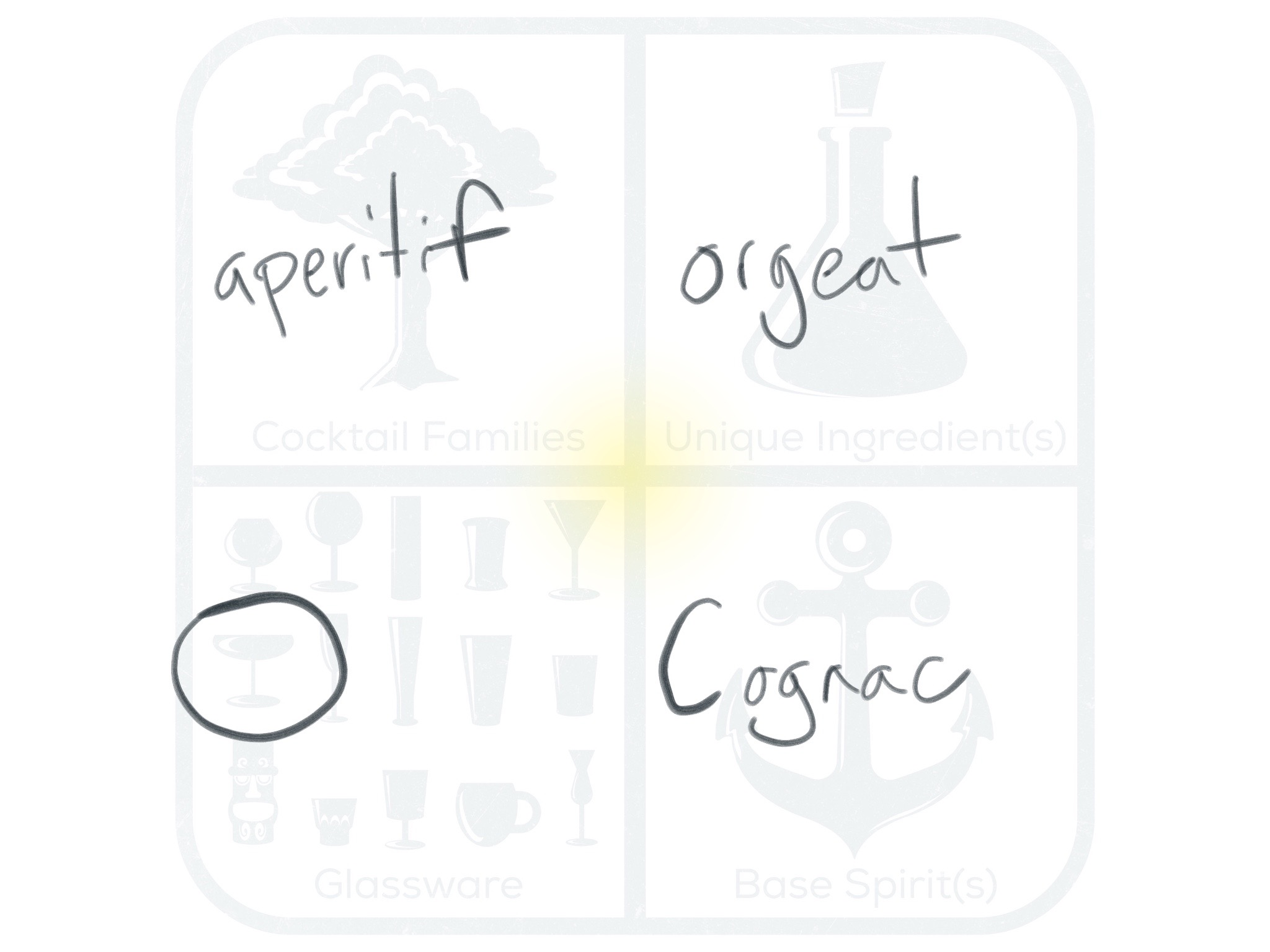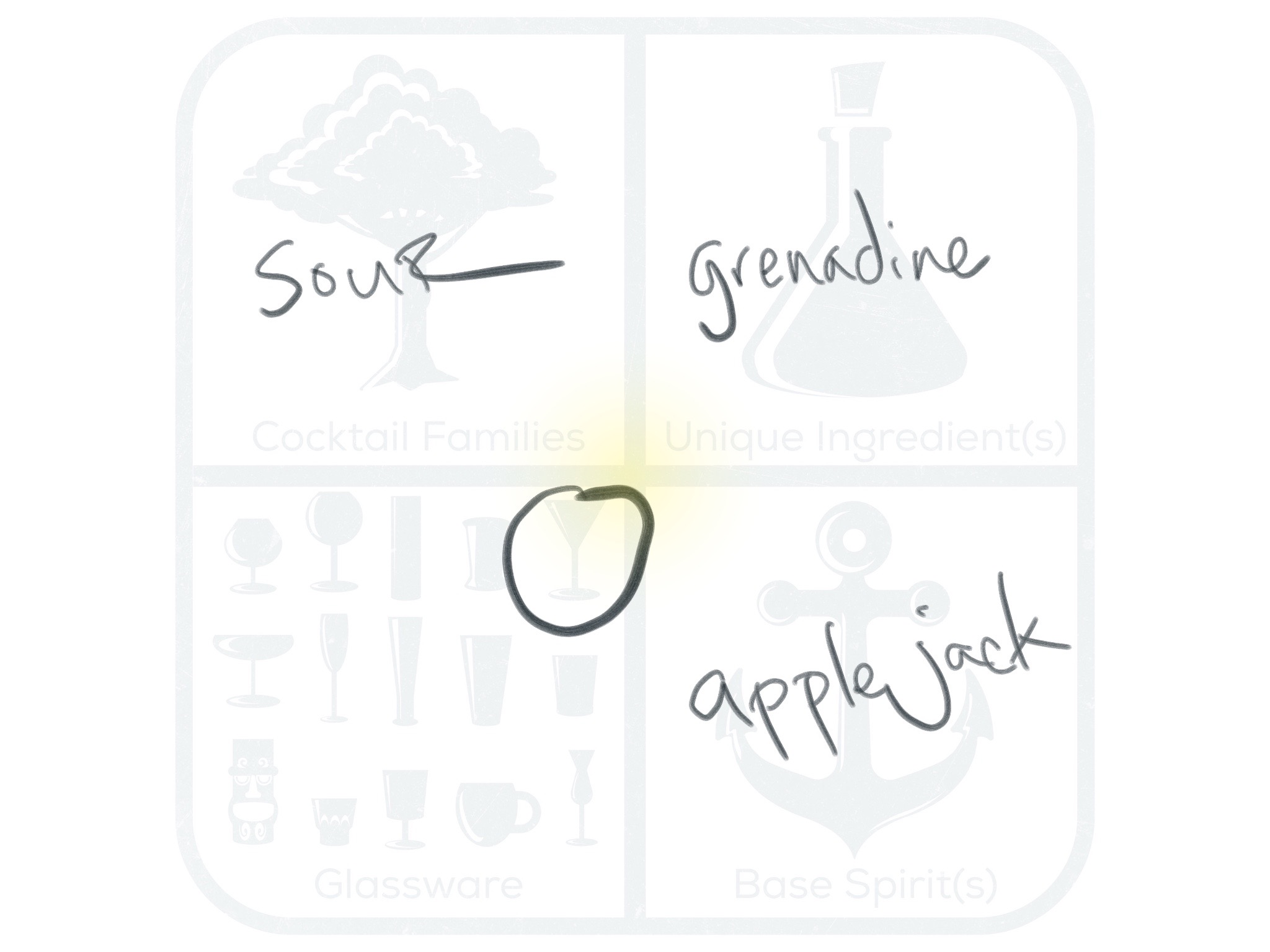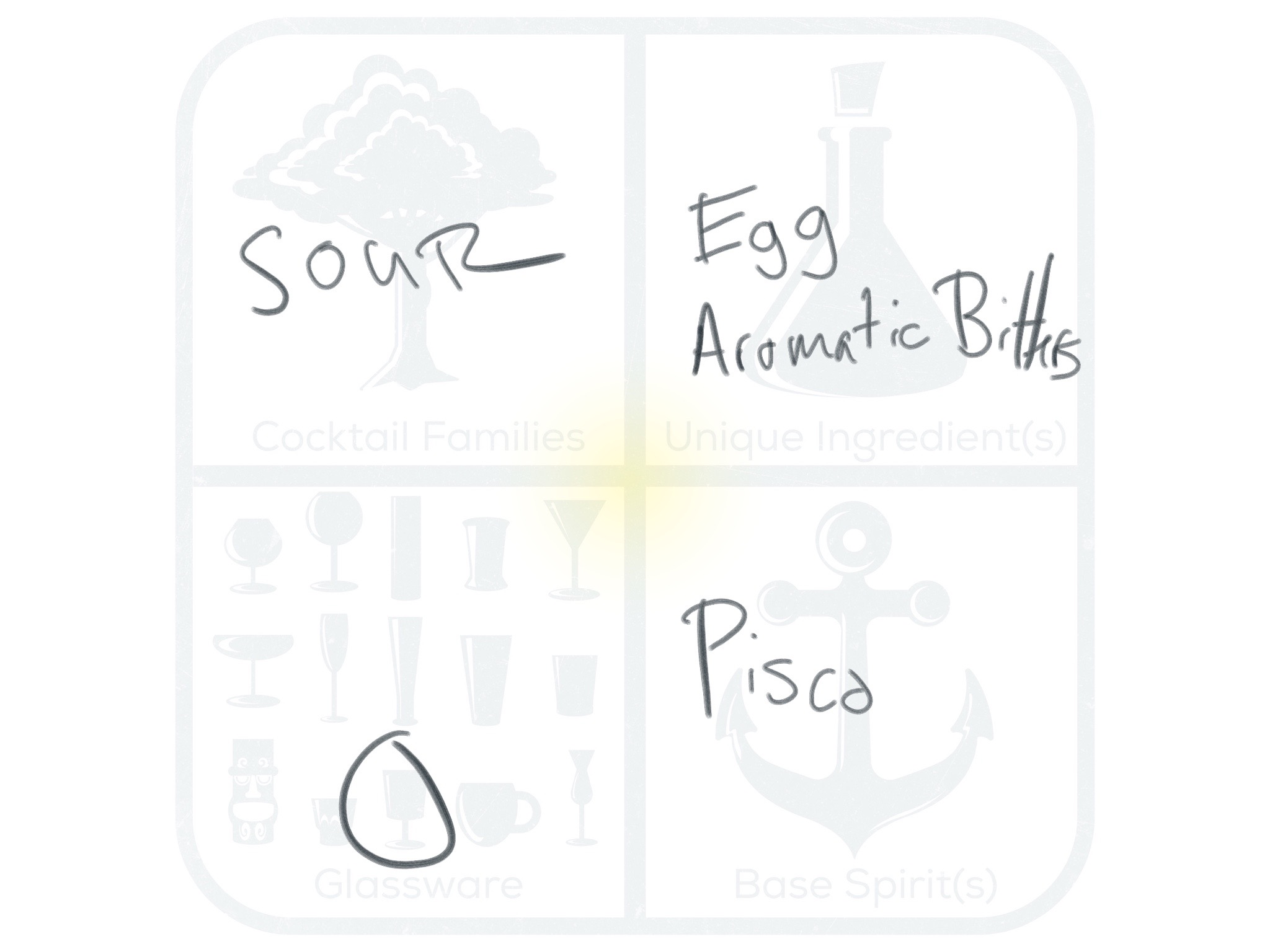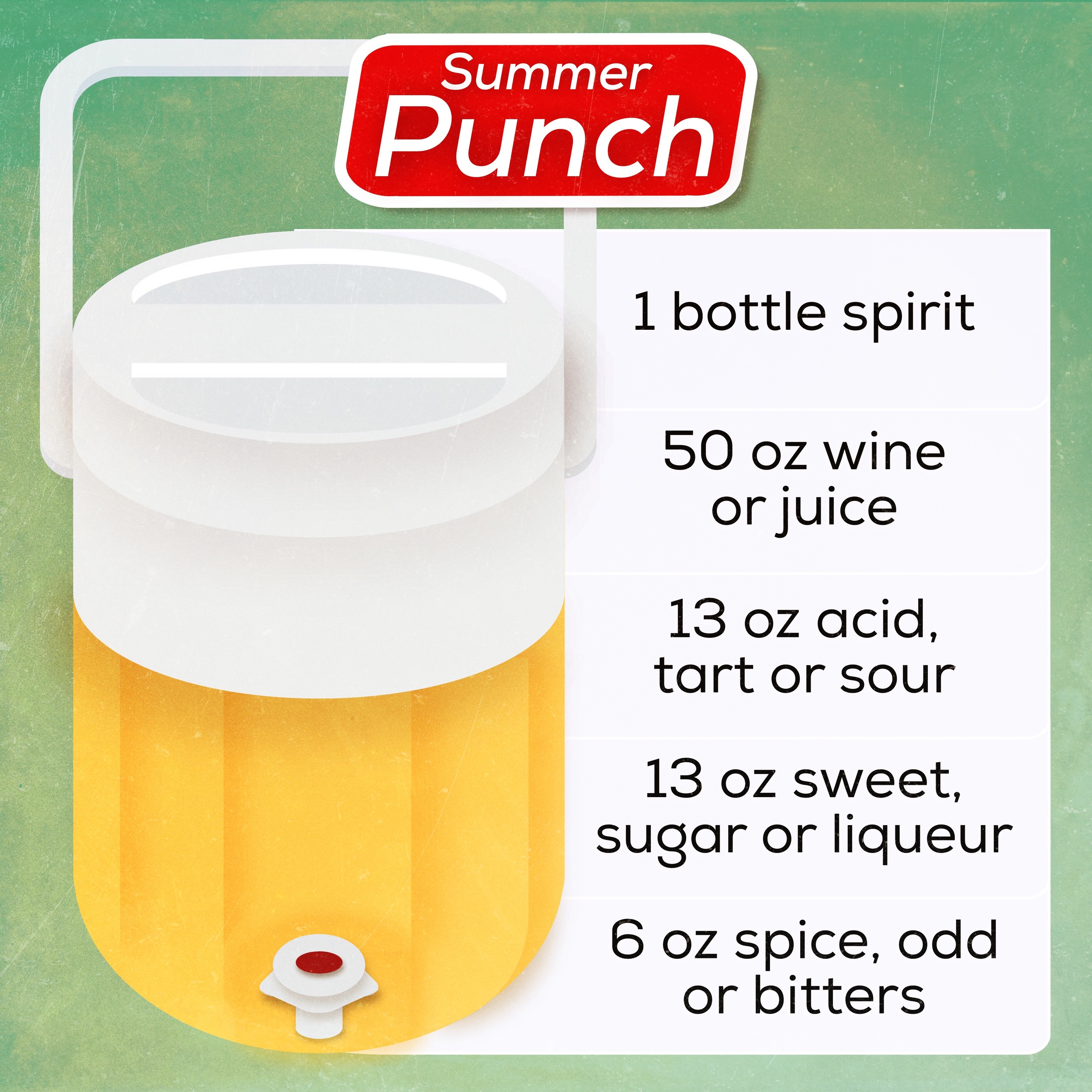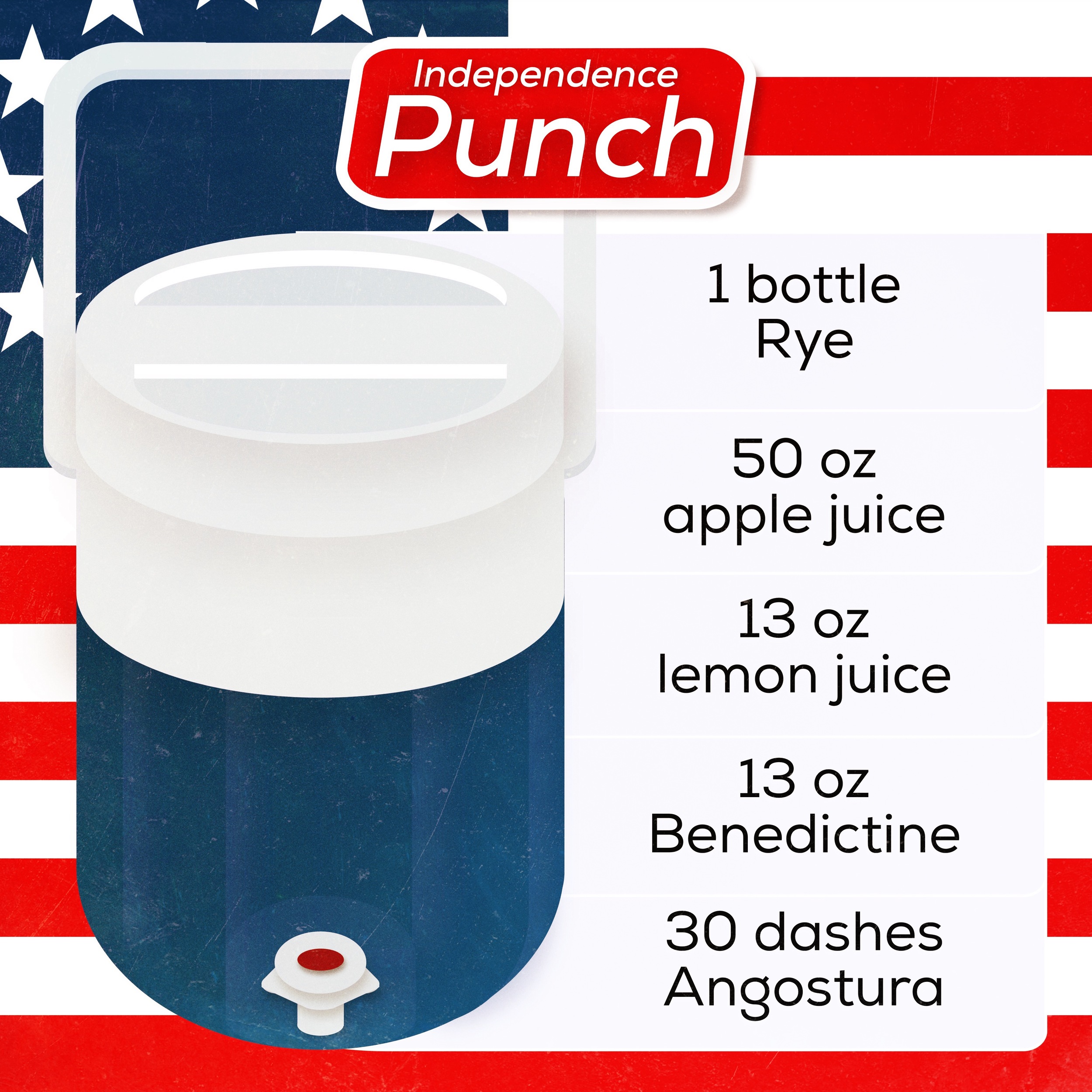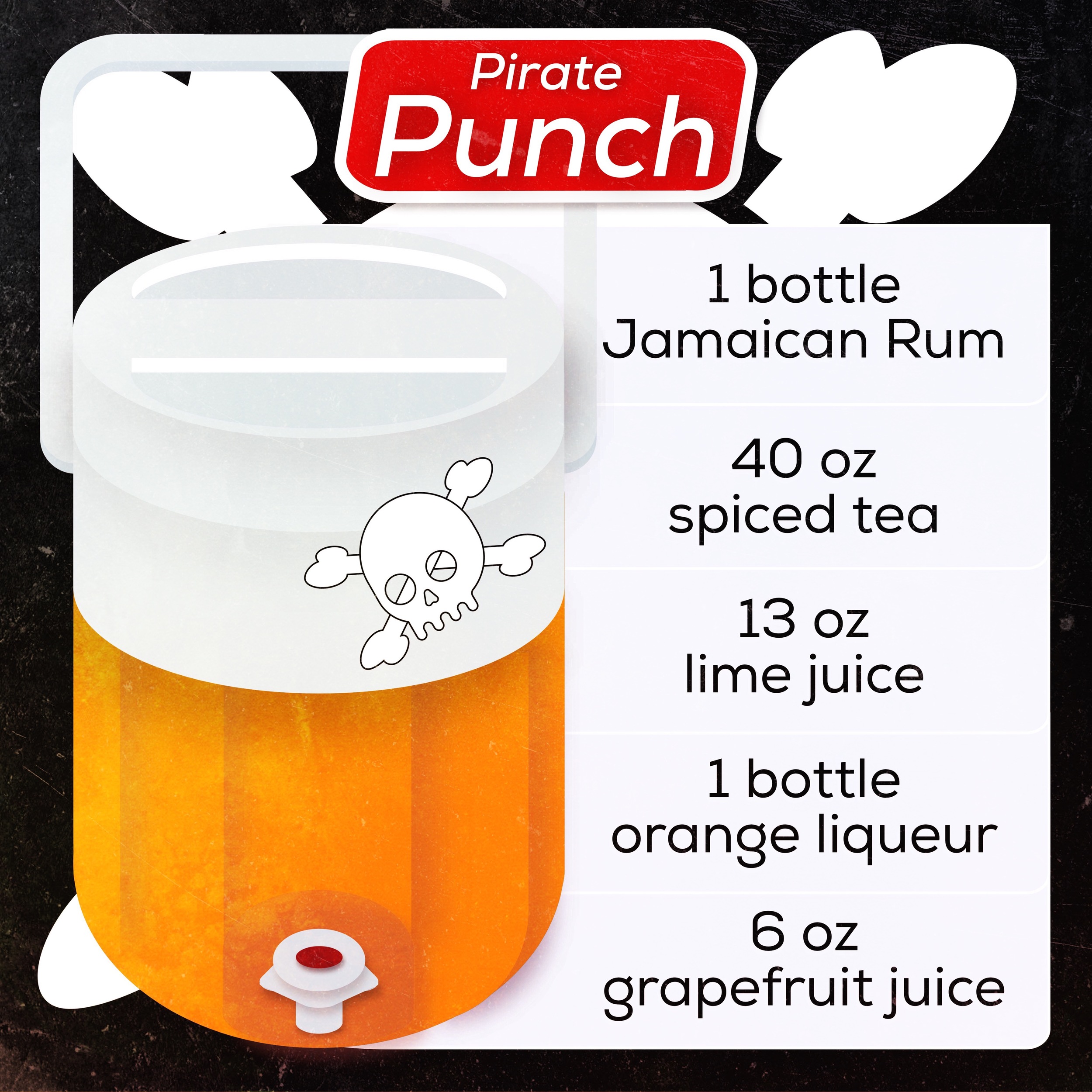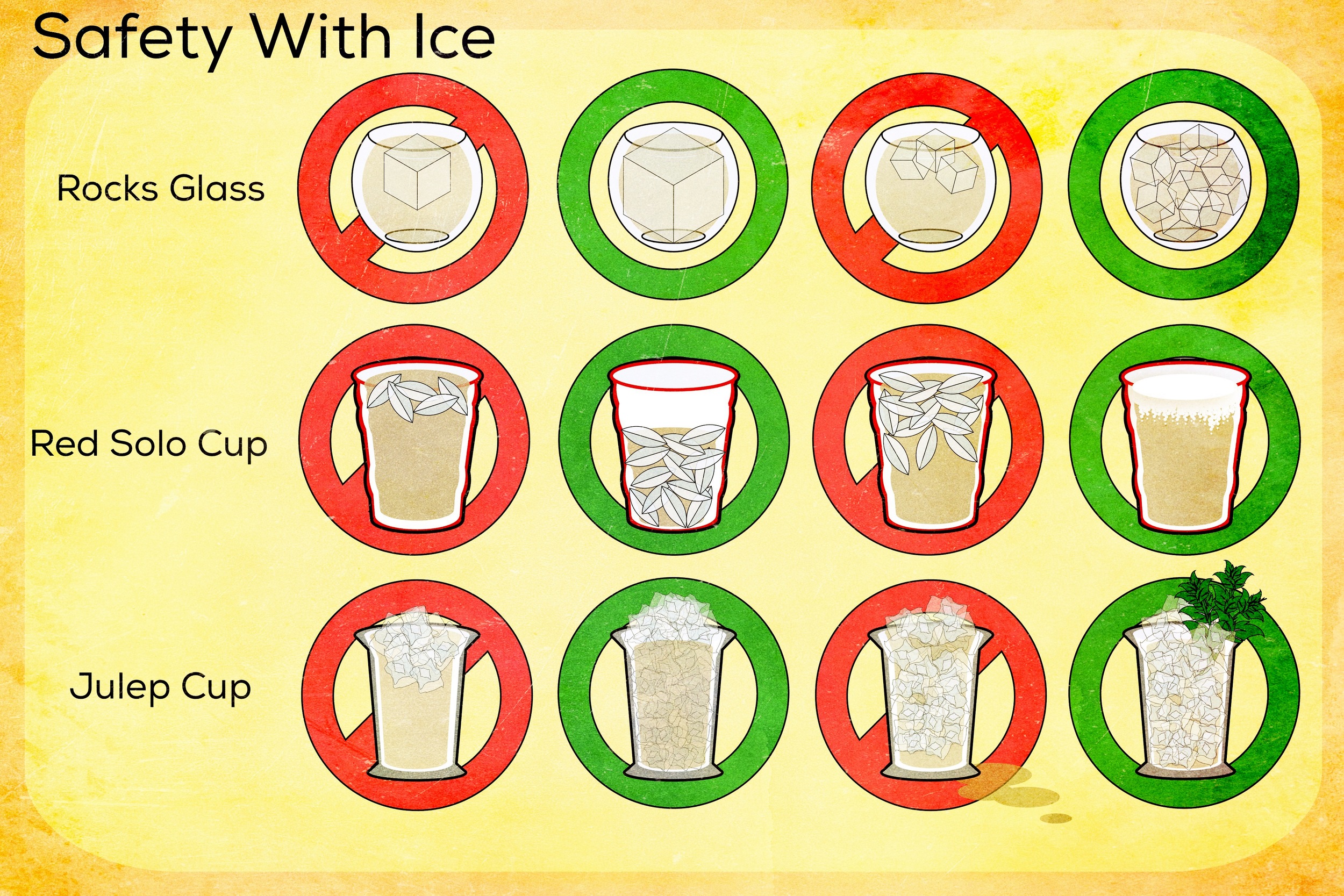The Wild Magic Bar
For a while I’ve wanted to make a Wild Magic Table but for a bar. If you don’t know what I’m talking about, congrats on being cool and not having a huge dice collection. If you don’t know: Dungeons & Dragons has had a chaotic option for many years known as Wild Magic.
“Your innate magic comes from the forces of chaos that underlie the order of creation,”
states the Player’s Handbook. In exchange for your power, you have a 5% chance (roll a d20 each time you cast a spell) of needing to roll 2 d10 and the resulting roll of 1-100 corresponds to a random magic occurrence on a Wild Magic table— some outcomes are good, some bad, all are interesting. I’ve long wanted this table for a bar, so here it is The Wild Magic Bar. But because the bartender’s power comes from asking questions rather than making commandments, The Wild Magic Bar is a series of questions rather than a list of outcomes. That said, it’s wise and adventurous to answer the questions with “let’s try that!”
The bartender puts their bias on everything. I for example hate celery and never use it, however, one of the best drinks at The Doctors Office has a celery shrub, and its great. If a guest asked me “What are you into these days?” I’d likely say “Scotch, Scotch in a glass, this one blended Scotch, cocktails that are basically half Scotch and half Madeira.” Ugh, what a shitty response of me, The idea to roll on a table with 100 options comes out of my love for the randomness that occurs in bars and of course, something to knock me out of my rut. There is so much wonder in a bar and only a cranky fool would suggest the same thing to everyone.
Here is my “Wild Magic Bar” table and examples of a few things I’d do or discuss with various rolls.
From Classic Cocktails:
7 Dare you try the 7-layer Pousse-Café?
“Honestly, the 7 layer Pousse-Café isn’t that great but it does win the gram. By contrast, layered shots are delicious and a delight to look at. We can pick any three things and I’ll layer them or you can watch as my surgeon's hands take it to 7 layers.”
From Botanical Spirits:
14 Can you do a proper aquavit skål?
“You ever see Max von Sydow drink aquavit? It’s the coolest. You know, everyone tries to cram aquavit into a category they understand, but you know what’s great? Just drinking it as it.”
From Cane Spirits:
27 Ever had Mexican rum?
“I’ve got rum back here called Dakabend that is made on a copper pot mezcal still. Also, it’s a rum made out of a blend of fresh sugar cane and pilocillo, so that’s likely you haven’t had something like it before.
From Agave Spirits:
34 Are you up to date on Sotol?
“When Sotol first came into the US market it was crammed into the Tequila category and told to shut up. These days, we recognized that while it’s the same family as agave, it’s not the same genus. Would you like to discuss Linnaean taxonomy or try one of the half-dozen bottles behind me? Both? Buckle up.”
From Whisk(e)y
45 Ever had fancy blended whisk(e)y?
“Two things: Johnnie Walker Black is dope and I’d rather drink it more than half of Scotland’s single malts. But also, you know there are blends out there that balance perfect single malts together like a Calder mobile? You should try one.”
From Brandy:
59 Drink much Brandy de Jerez?
“Everybody keeps saying how much they love sherry soleras, so why not try it with brandy? Did you know Brandy de Jerez is always aged in American oak that has also aged sherry? So that is cool, wait, you know it’s also very inexpensive.”
From Wine:
61 Ever drink the Dubonnet Cocktail?
“Queen Elizabeth drank one every goddamn day and she was fine. Look, I don’t have Dubonnet at the moment but I have several other quinquina wines. Oh, you don’t know what quinquina wine is? Well, keep rolling until you hit 65.”
From Liqueurs:
72 Ever had a Diamondback?
“Rye whiskey, Calvados, and Yellow Chartreuse, together in a glass. Also great with bonded Applejack. I mean, you can’t go wrong.”
From Modern Classics
88 Want another inauthentic Penicillin?
“You ever had a Penicillin? Probably not. The worst I ever saw on a menu was a Penicillin with “Jack Daniels, ginger beer, and lime.” Look, I don’t have fresh ginger juice here either but I have an atomizer of smoky scotch, ginger liqueur and a lot of ideas.”
From Critical Experiences:
92 Something finished in Sauternes casks?
“Sauternes is the best thing you can drink in a hot tub. That’s just personal advice. However, I have a rum finished in Sauternes and a few scotches. You should try one.”
If you like this idea, I highly encourage you to steal and write your own. TDO for example has an extensive vintage list and doesn’t shake drinks (use juice) so your list will likely look different. A simple list of 1-100 will do but if you want to style it out I use https://homebrewery.naturalcrit.com/ which is free and easy but you can support them (like I do) on https://www.patreon.com/NaturalCrit. Happy random joy to you.

